

TIME WELL SPENT.

Using space to dismantle our current perception of productivity culture.
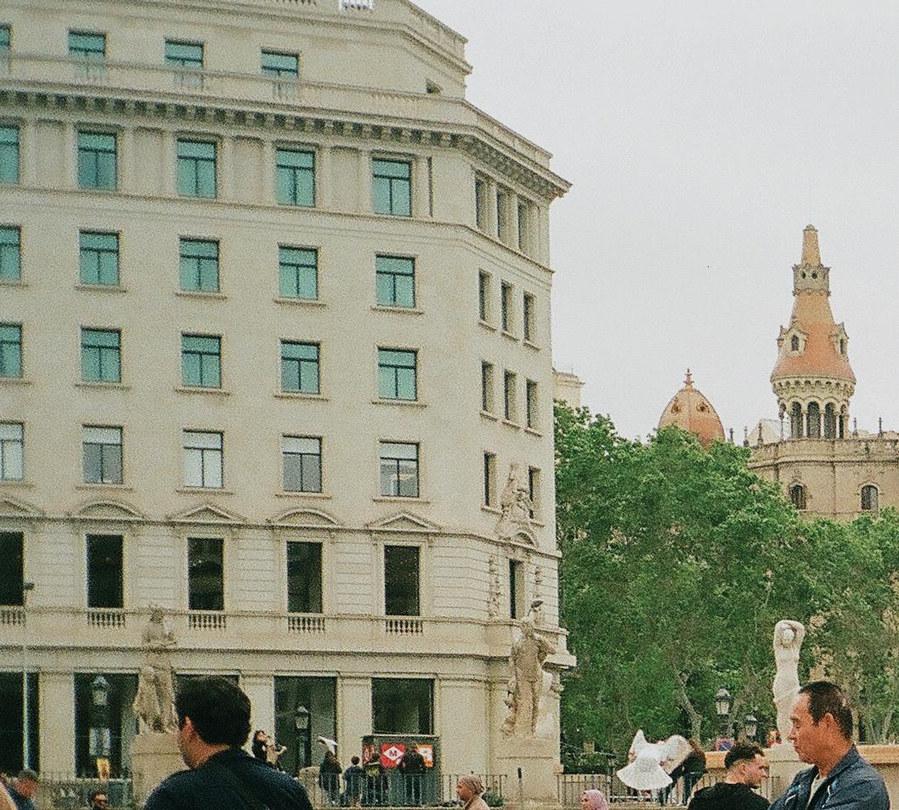
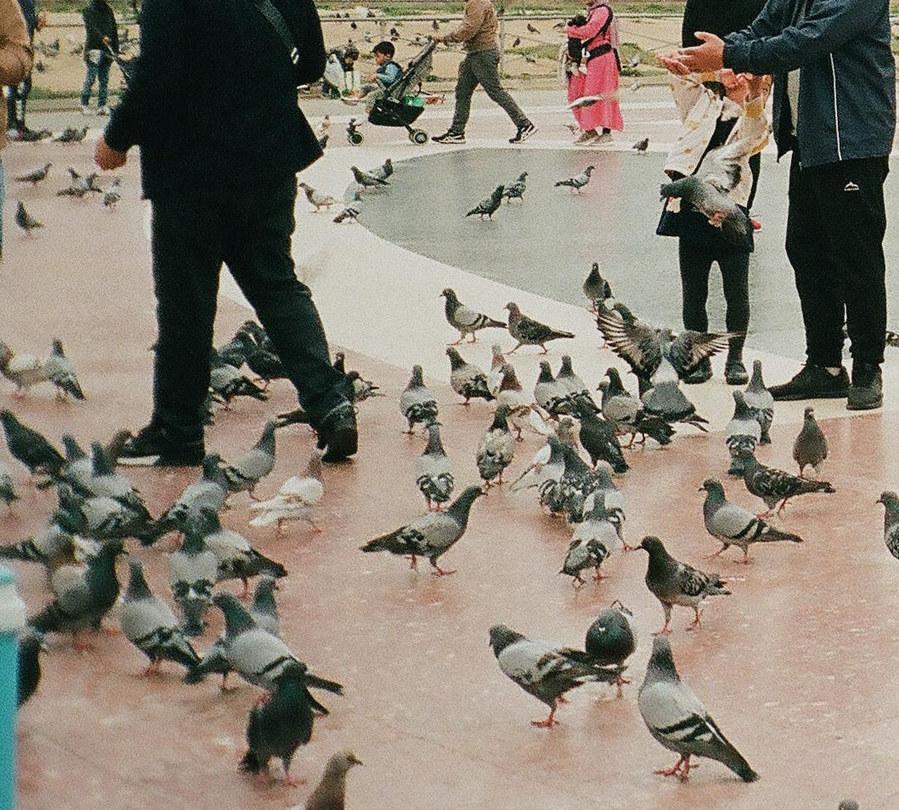

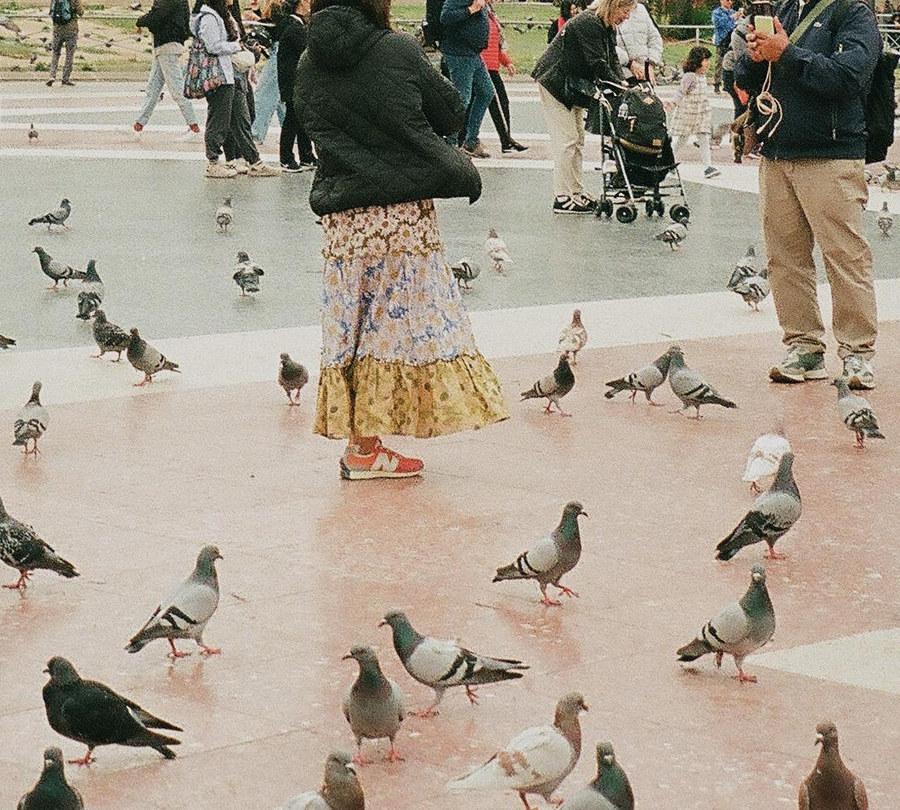

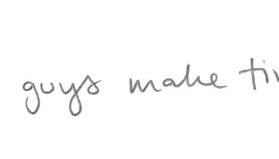
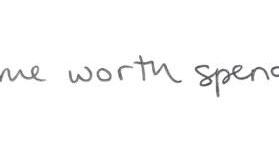
This project is dedicated to my friends.
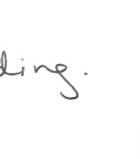
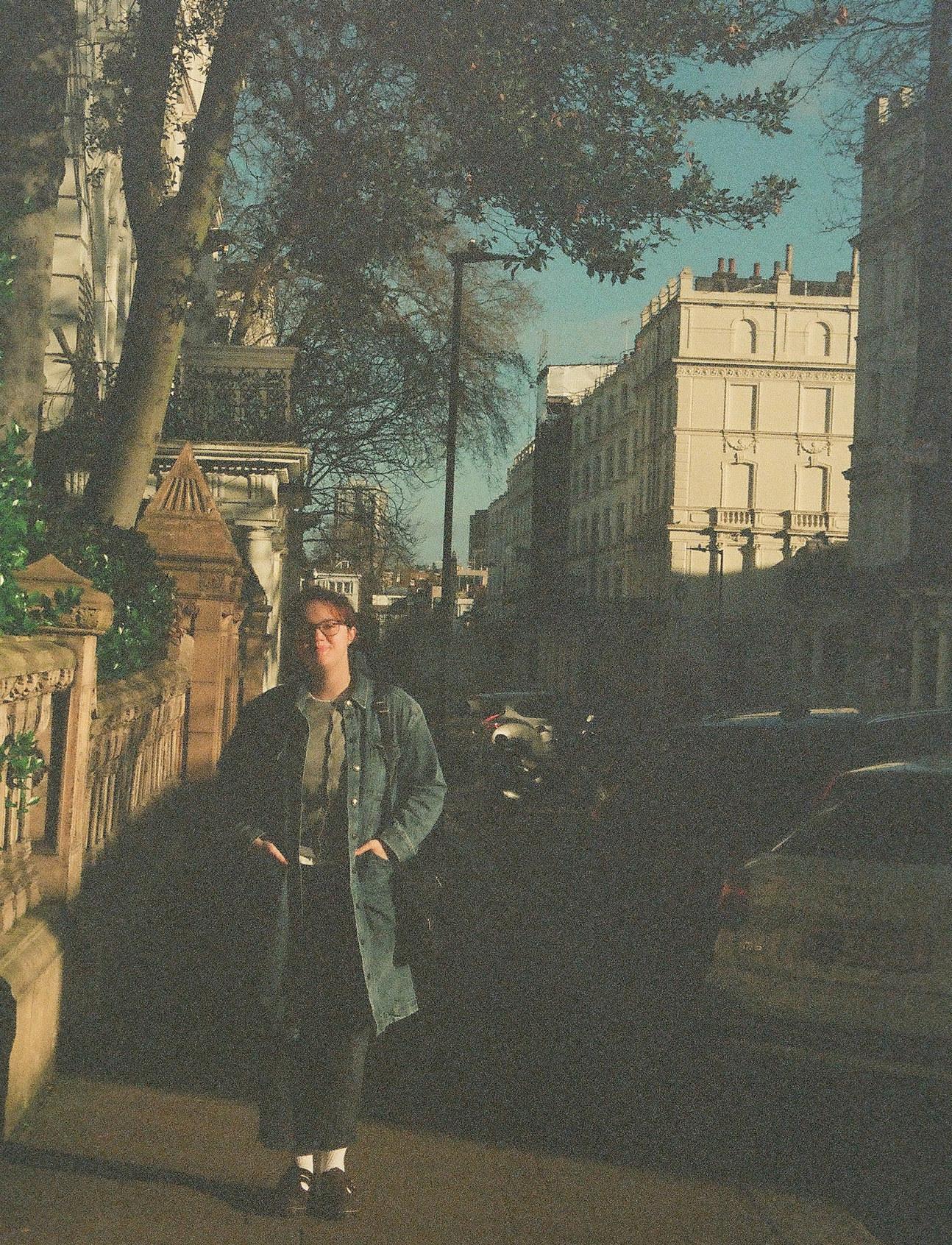
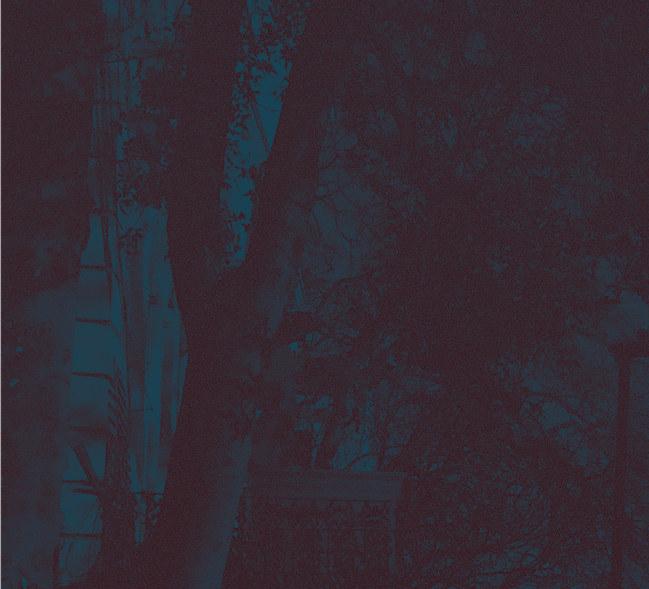

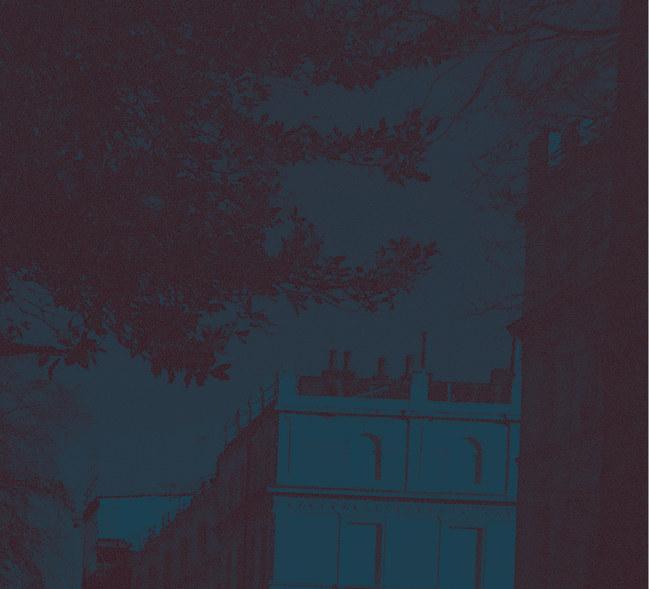


the problem





This is an incredibly selfish project.
Around a couple years ago now, one of my best friends and I were wrapped up in our studio the night before final presentations. It was at the point where you’re so close to being done that every last-minute detail seems to jump out at you all at once. After a few hours of telling her I was “just finishing up,” she turned to me and said “Abby, I think you’re afraid of being done.” That stunned me so much that I wrote it down in my phone so I wouldn’t forget it. She was right, I was scared of being done. That project, just like all of my studio projects, had consumed every waking thought of mine. Actually, that’s not true, because I would sometimes find myself dreaming about my projects in my sleep. So, in reality, it was every waking and non-waking thought. For me to finally finish after ten weeks of non-stop working didn’t fill me with relief but instead this crazy sense of dread, because who was I if I wasn’t constantly working towards final presentations? What else would I think about? How else would I spend my time?
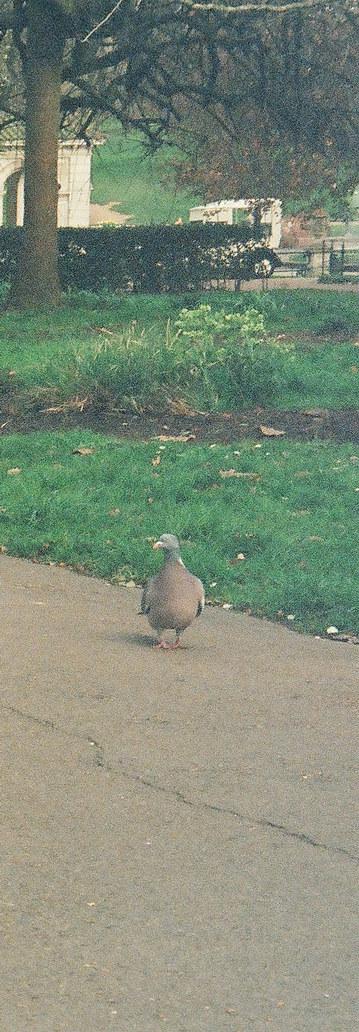
This sort of all-encompassing relationship with my work isn’t new, her and I have been going steady for ages, as long as I can remember, really. A perfect example being my middle-school self sneaking my textbooks up to my bed when my mom told me to get some sleep the night before a big test. But, it has only been in this past year and a half where I actually felt a shift in my priorities. A big realization happened when I was studying abroad. (And yes, I am fully aware of the cliché of having some grand awakening when studying abroad, but please bear with me.) I’ve been lucky enough to travel to both Japan and Lacoste, France with SCAD in the past year and a half or so. The entire time I was abroad, though, there was this crazed voice in the back of head obsessively asking:
“Are you taking this all in?” “Are you enjoying yourself enough?” “You should pay more attention, these are the experiences that will set you apart as a designer.” “Future employers are going to ask you about studying abroad.” “Are you putting yourself out there enough?” “You’re extremely lucky to be here, are you enjoying it as much as someone who doesn’t get to be here?” “Make sure this is a lifechanging experience.” “You’re having fun, right?”
If that felt stressful to read, please know it was stressful to live as well. It’s like my brain was telling me that it wasn’t enough just to be there, having the experience. It’s like it had to be useful in order to mean something. But that just can’t be true. I was traveling to travel, I was enriching my life for the sake of enrichment. The point was not to better myself so that others may be able to capitalize off me in the future. The point isn’t even so that I may capitalize off myself. Its so much bigger than that. The input of experiences does not and should not correlate to our future output of inspired work.
It’s important to keep in mind that this isn’t something that only influences the way I see my own life. There’s this weird phenomenon that happens in the world of art school and creative fields where you begin to see people through the lens of their work. Its not on purpose, and its not necessarily a terrible thing, but it happens. A majority of the time spent with my friends would be time spent working on our studio projects, both in and out of class. So, I didn’t even notice when I began to view my friends through both the visual and conceptual language of their projects. Granted, they placed a great deal of time and effort into them, so it made sense. But, at the end of the day, I was seeing them through the lens of their homework, and that’s crazy. The work they made is important but it’s not them. It’s not entirely separate from them, but it’s still not who they are as people. And thank god for that, because it took meeting and traveling with them and having these really big experiences far outside the classroom to realize that the things that I design and create will never be as fulfilling as the experiences I got to have with these people.
This grand realization did not happen overnight, please trust me on this. I’ve been chipping away at this tree for years, just ask my therapist. It took a long time to realize there was life outside of a classroom, outside of my computer and even outside of my notebooks.
It feels very vulnerable to write this all down, but I don’t think I’m fully alone in this. In fact, I know I’m not. I knew it enough to want to explore every aspect of it for my senior capstone.
Here we are, then, I guess.
Way back in Studio II, I was afraid of being done. So thank you, Chloe, for your brutal honesty and endless patience. And now, with graduation a mere few weeks away, I am once again afraid of all this being over. I know now that I gain something from finishing these things, though. I gain the knowledge of knowing that this was all time well spent.

























































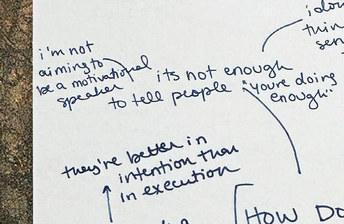
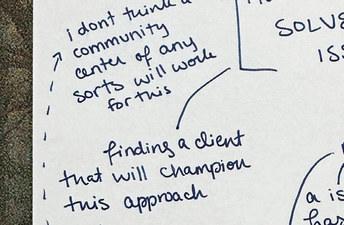
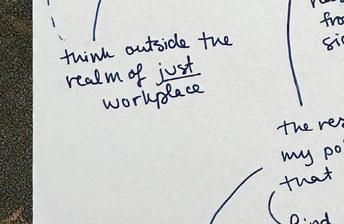

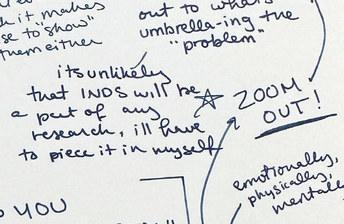
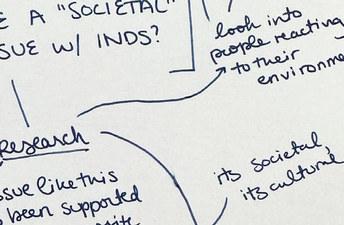
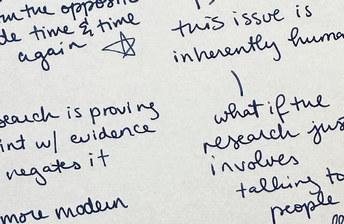

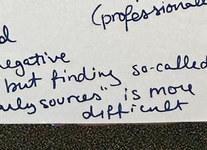


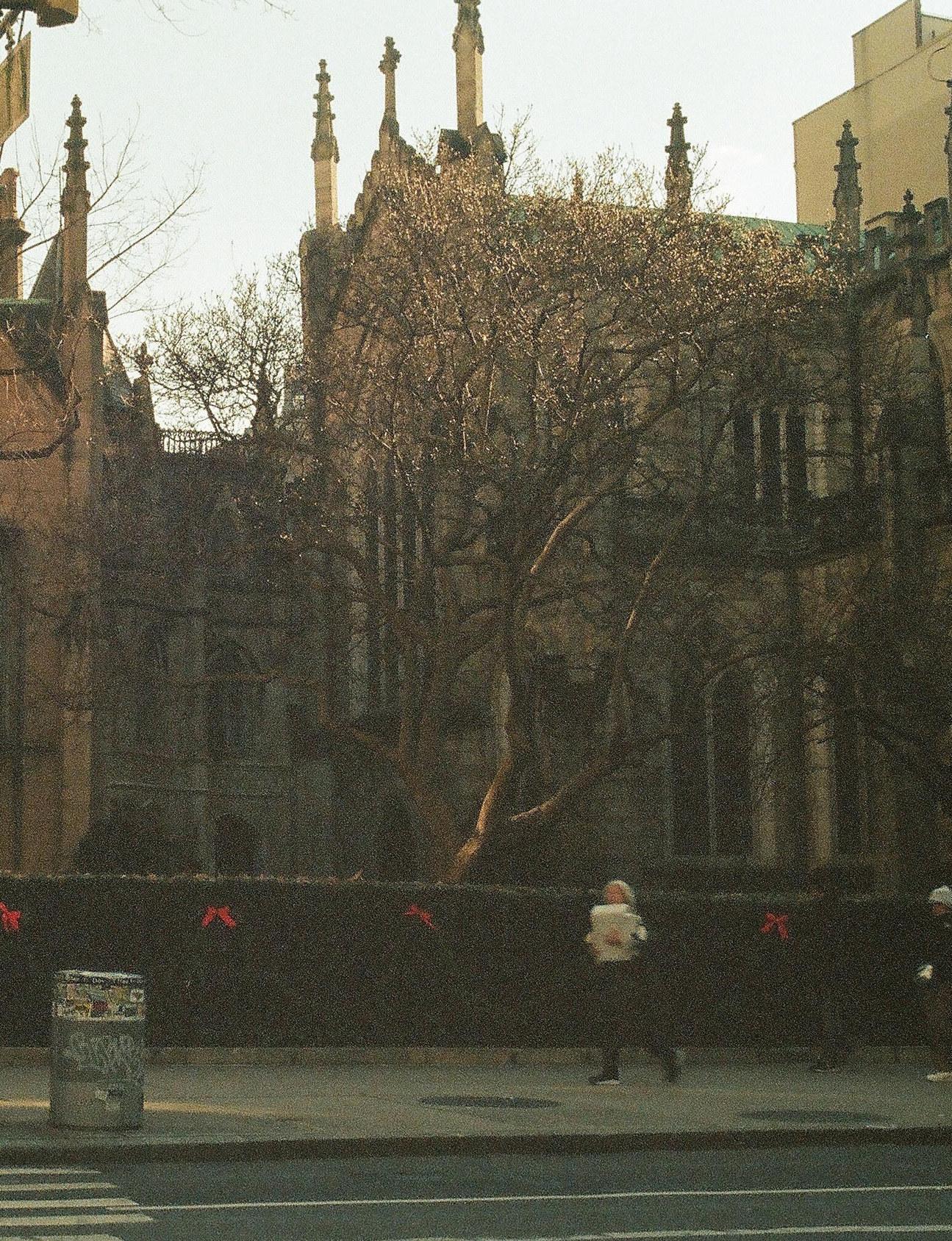
SLOW PRODUCTIVITY
The Lost Art of Accomplishment Without Burnout
Slow Productivity by Cal Newport has been both the initial and one of the main sources of information throughout my research.
In his book, Newport specifically focuses on knowledge workers, as their careers offer them a bit more freedom for implementing these “slow productivity”based practices. Someone like a factory worker, Newport describes, would have less success in trying to alter the way productivity looks in their job.
As I read through the book, it became obvious that the initial goal of “rejecting” productivity would prove to be not only unreasonable but impossible. Instead, the concept of reframing productivity to merely be an aspect of one’s life instead of the ultimate goal seemed far more realistic. Society runs on productivity, not just the culture of it, but its outputs.
Another key aspect of Newport’s writing is that it focuses on creating sustainable change, not necessarily environmentally, but instead offering advice and suggestions about productivity that will create lasting impressions, rather than momentary. For example, the three sections of Newport’s book call readers to “Do fewer things,” “Work at a normal pace,” and “Obsess over quality.” Newport makes it clear that slow productivity’s main goal is not to “extinguish ambition”, but instead create “a slower conception of what it even means to be productive.”
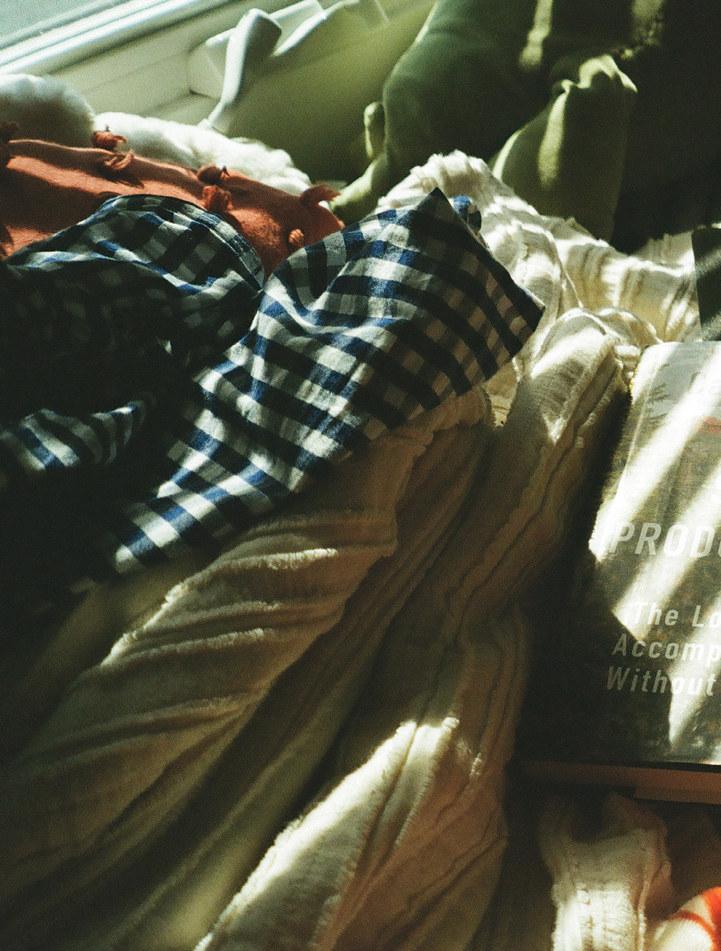
The main issue Slow Productivity is trying to avoid is social collapse. While that may initially sound melodramatic, there is this idea existing today that true productivity, or a true “full” day of work involves working yourself to the point of exhaustion. With the continuous spread of this idea, there is a serious possibility that society could experience a universal, cultural burnout.
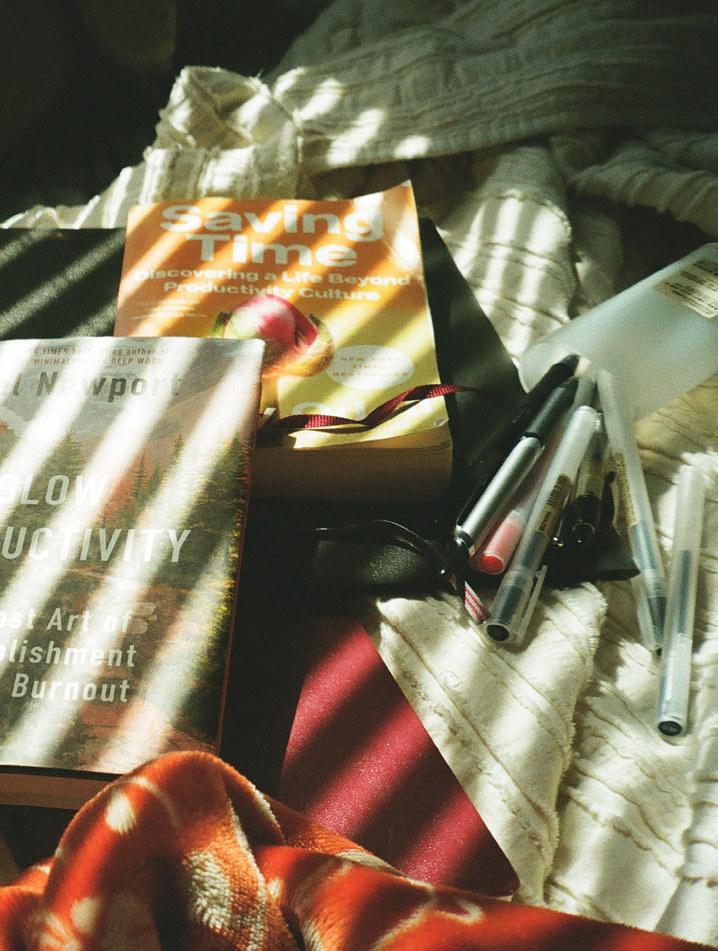
Saving Time by Jenny Odell is a cultural criticism of the world and its current perception of productivity. Within the first three pages of the introduction, Odell already introduces an alternate way of thinking about leisure and time, using Josef Pieper’s 1948 organization of time on two axes. The X-axis of time is defined as “forward-leaning labor time punctuated by little gaps of rest that simply refresh us for more work.” The Y-axis, on the other hand, is defined only as pure leisure for leisure’s sake, completely separate from the idea of restoring one for future productivity. Understanding the separation of these two is almost foreign to society today, and forcing anyone to come to terms with this idea would involve them “imagining a life, identity, and source of meaning outside the world of work and profit.”
Not only does Saving Time reevaluate how we spend our time, but it also reevaluates how we organize and understand time itself. Odell goes as far as to question the clock as the leading organizer of time, writing “Nor has the clock, even if it runs our days and lifetimes, ever completely conquered our pysches.” She talks of how time is experienced differently; the slow passing of waiting, the sure progression of the seasons, the experience of time through memories, etc. “Sometimes time is not money but these things instead.”
Odell writes for a fairly wide audience — essentially any and all spenders (and savers) of time. To some degree, the pressures of work vs. leisure are universal and infiltrate all aspects of life, not simply just one’s career.
SAVING TIME
Discovering a Life Beyond Productivity Culture
PRODUCTIVITY IS NOT THE ULTIMATE MEASURE OF THE MEANING OR VALUE OF TIME.
- Jenny Odell, Saving Time

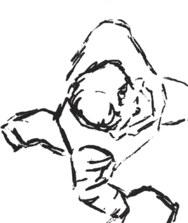
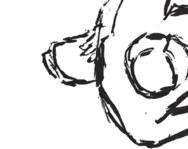
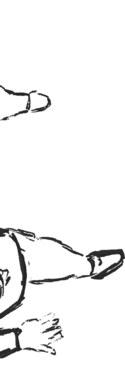

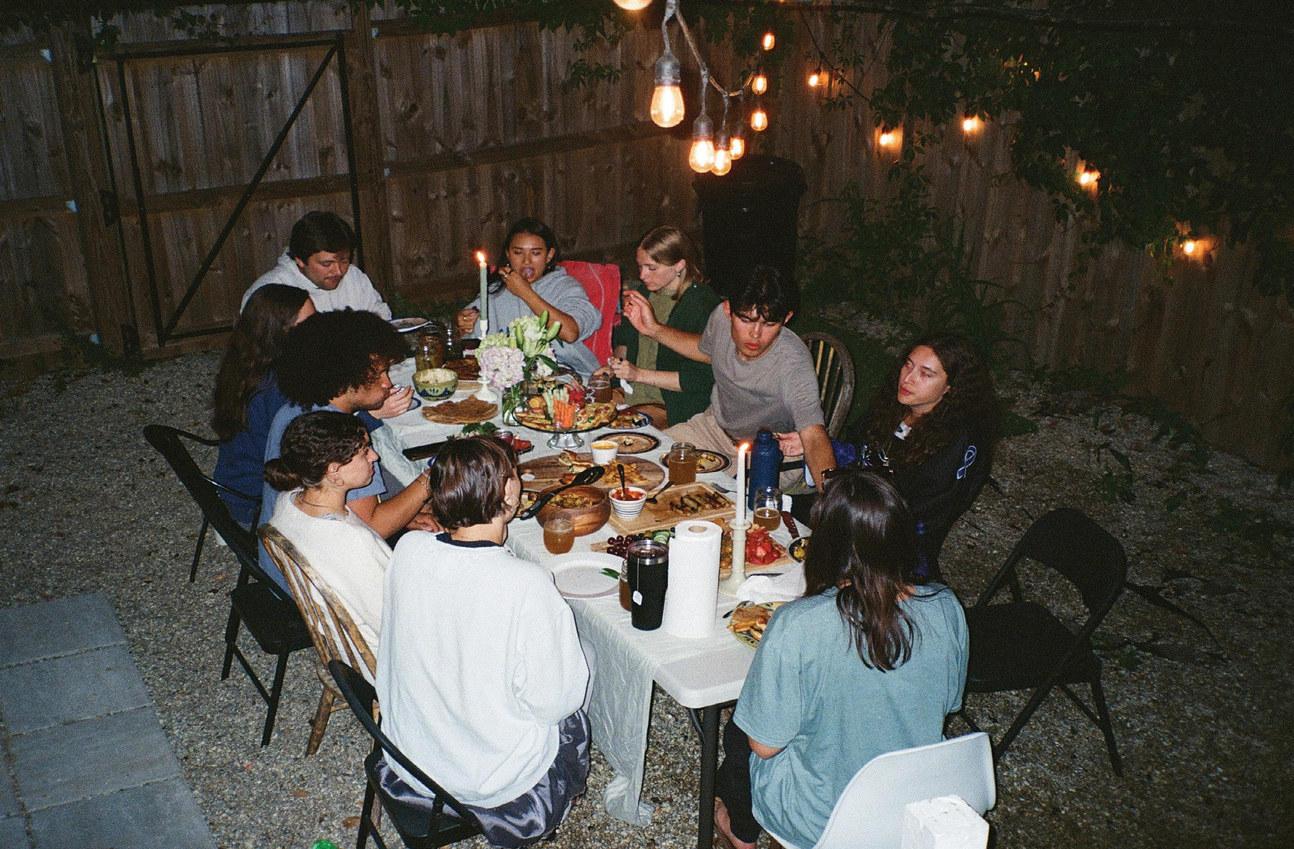
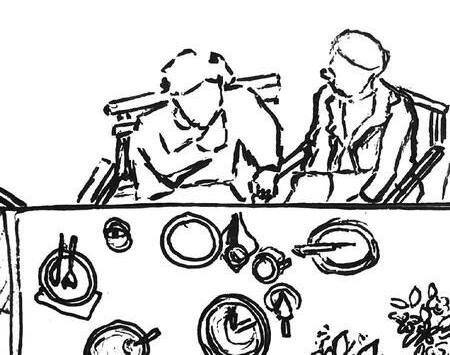
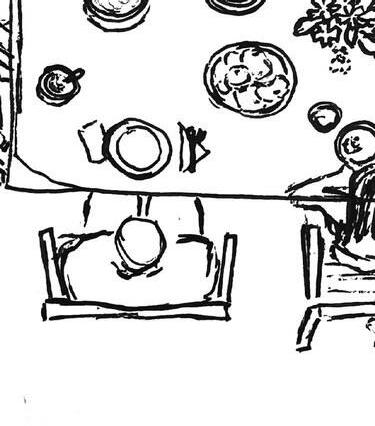
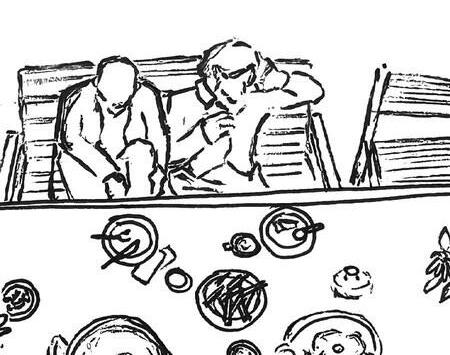

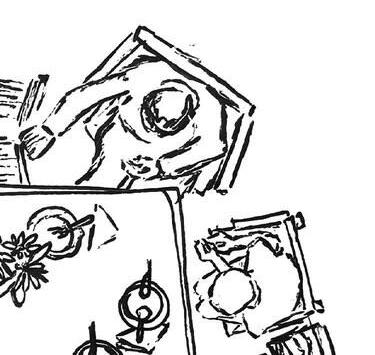

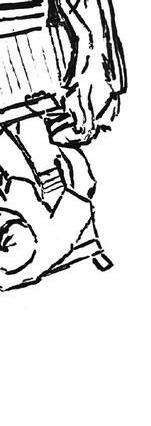
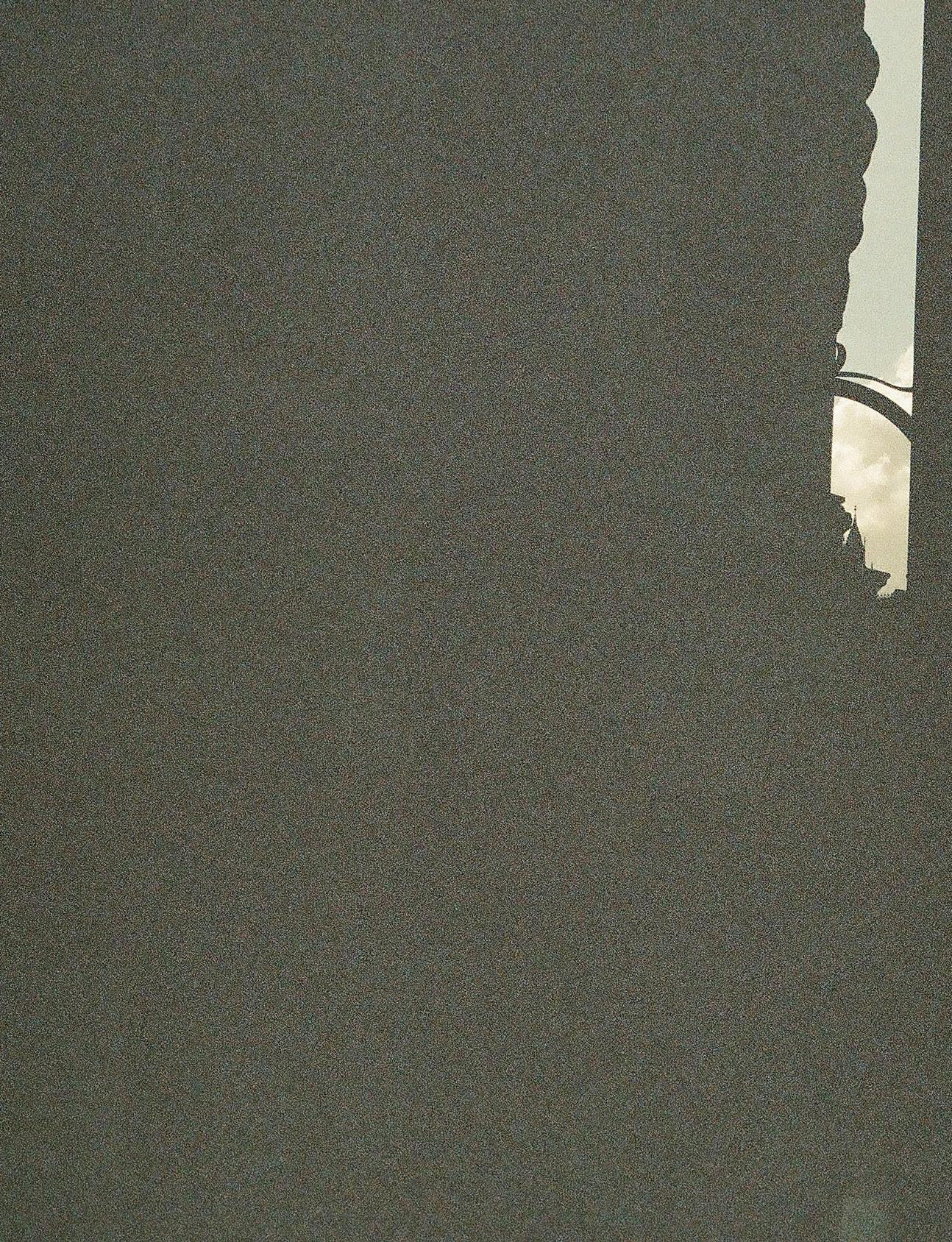
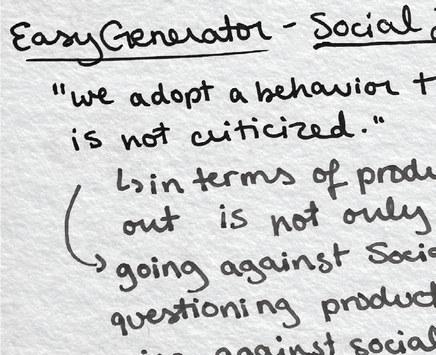

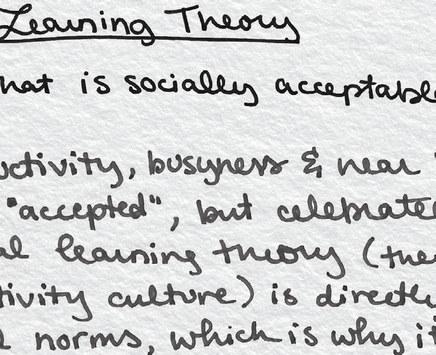
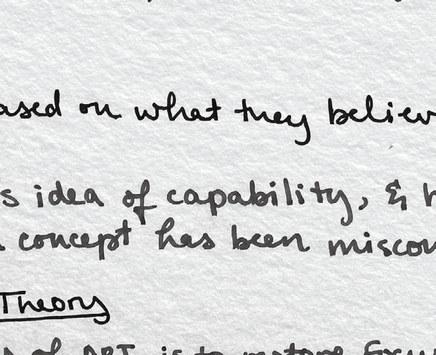
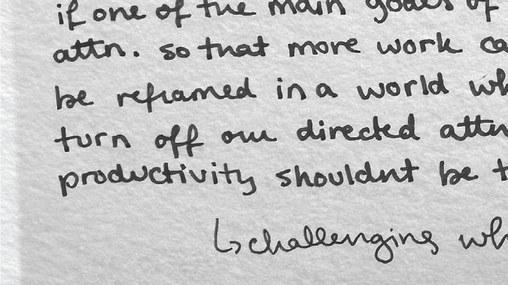
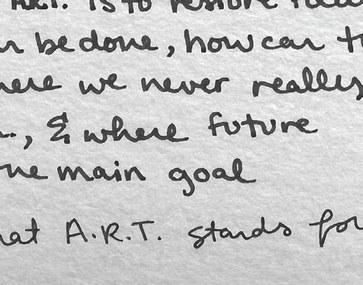

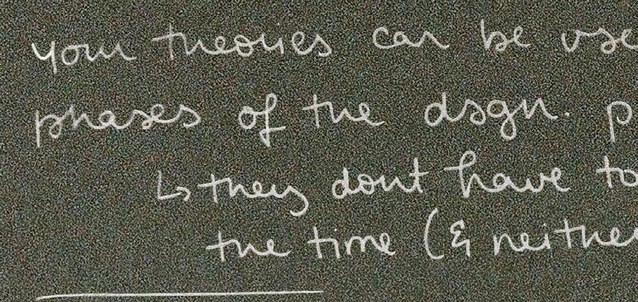


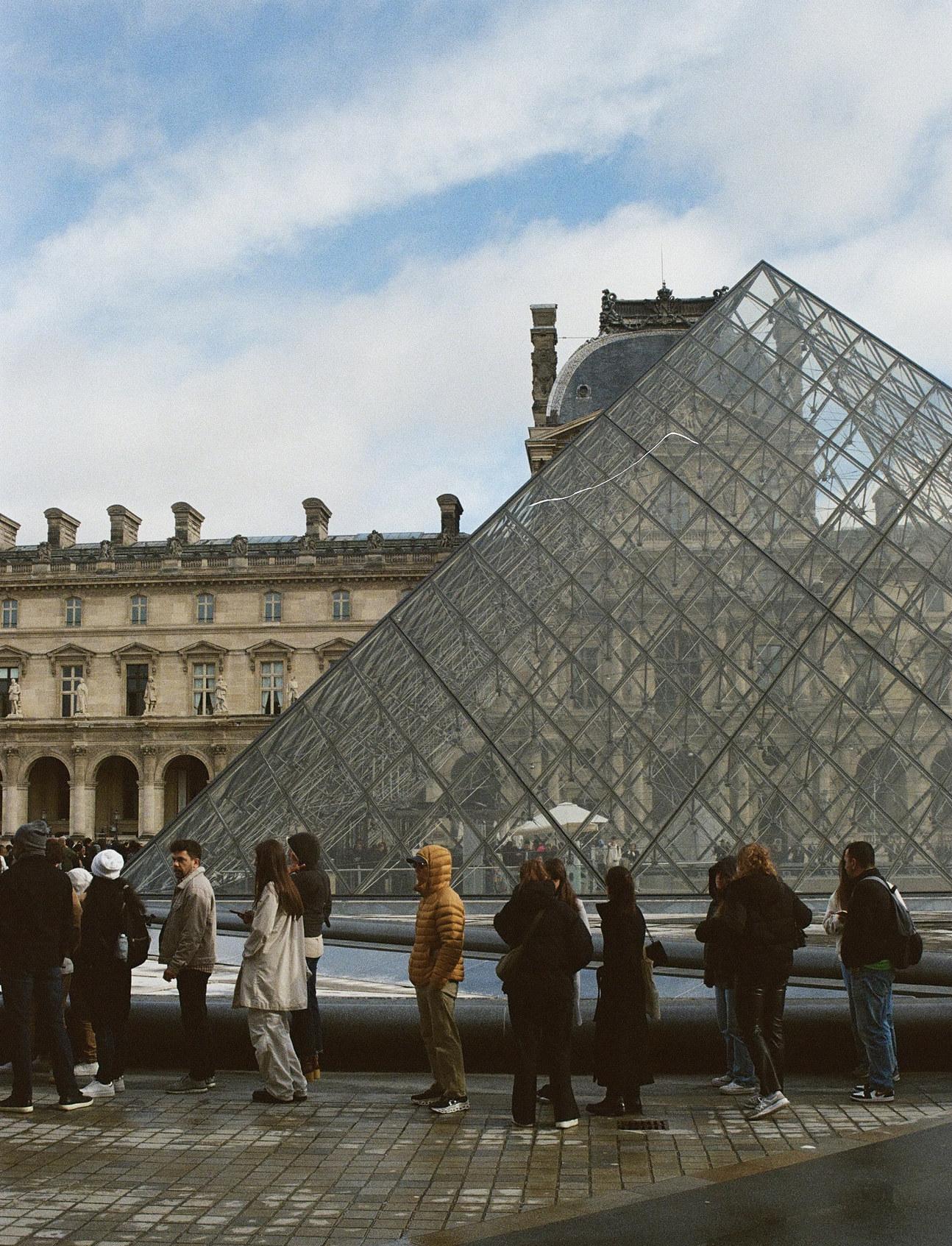
SO, WHY DOES THIS MATTER?

This is a social issue.
The way that people are viewing their productivity is becoming the way they view themselves, their time, and their lives. If they’re not constantly busy, constantly being pushed to the brink of their capacities, they are unable to feel good or proud of the work they’re doing, or dare I say they lives they’re living.
We are existing on the precipice between effort and exhaustion. Our society is run on the extreme productivity of a wide range of individuals. So, when these individuals eventually cross that line into inevitable burnout, we risk a possibility of societal collapse.
Even on a less extreme scale, it should be enough to unlearn these habits for the promise of a better quality of life.
In terms of innovation, that is not the point here. It’s not about creating an environment that’s never been done before or providing people with an experience unlike any other. It’s the opposite. It’s about returning to a sense of humanity in the way we work, think, and live.
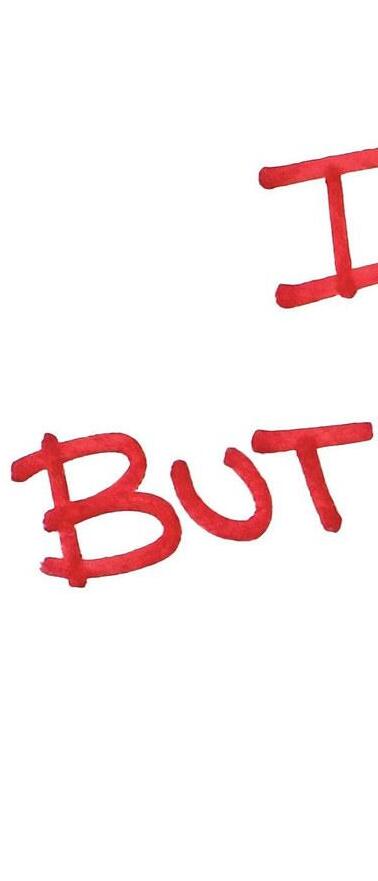
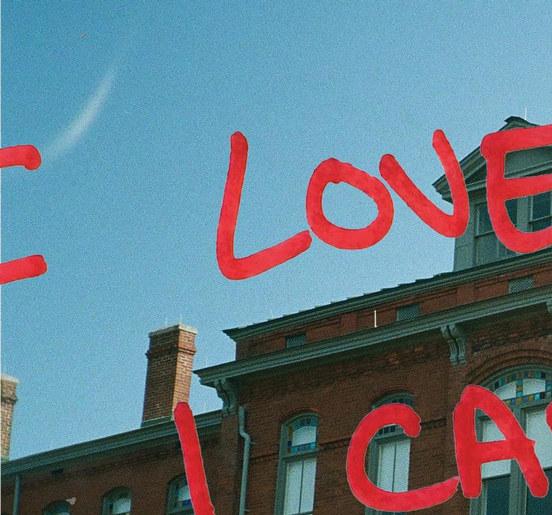
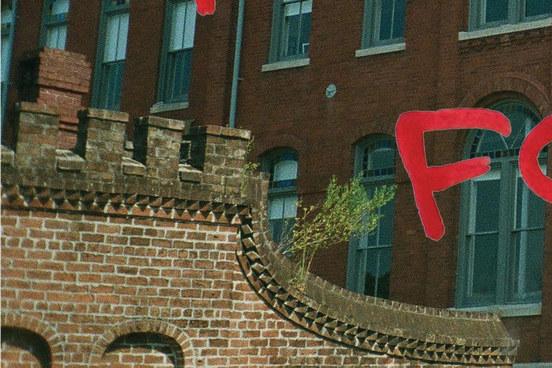

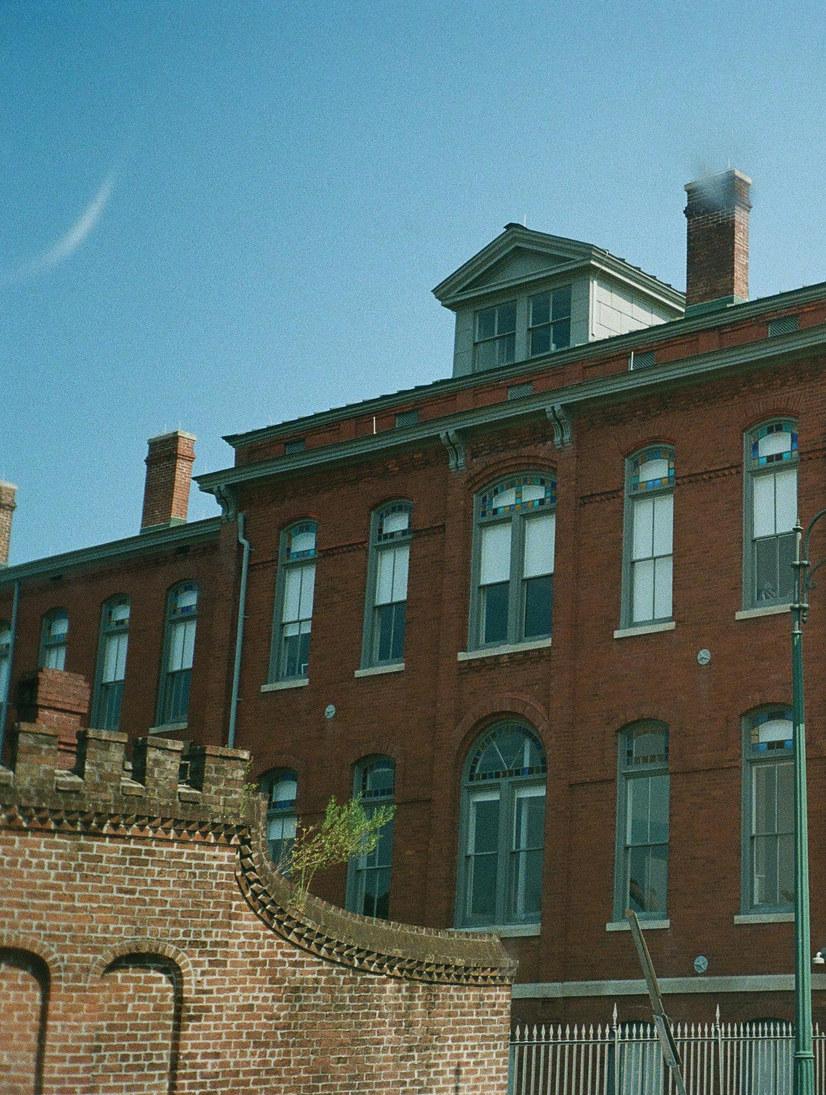
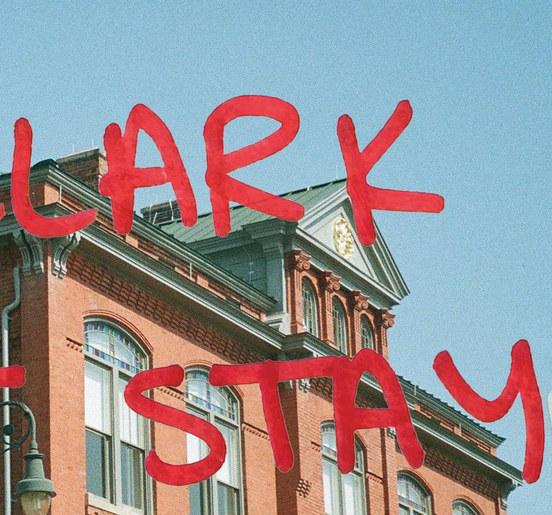
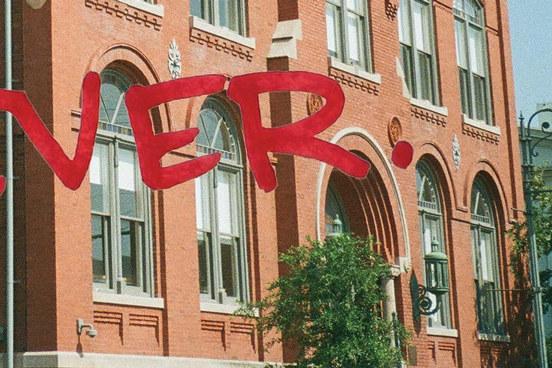

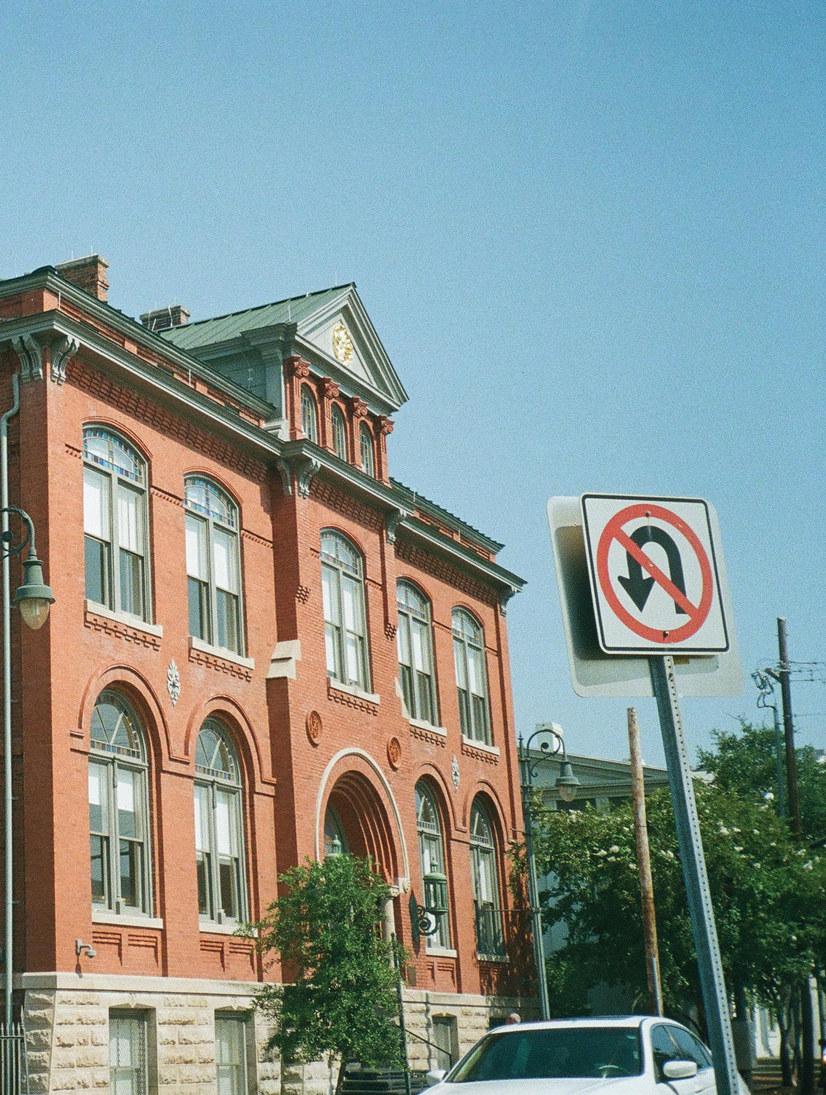
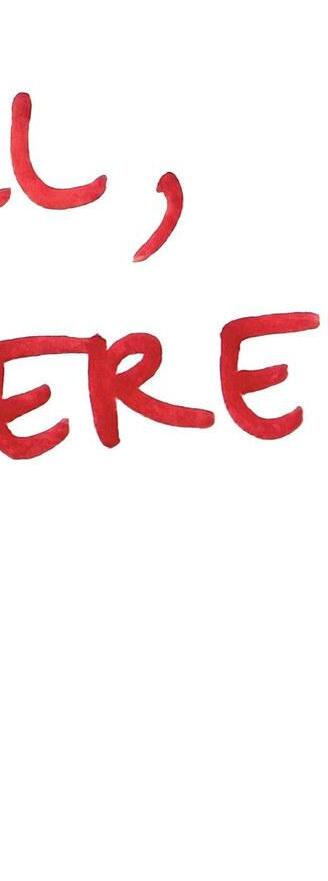



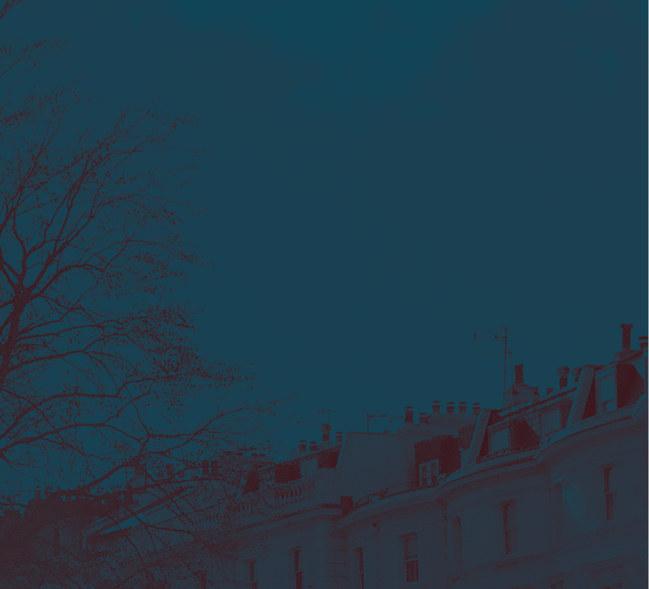


the people


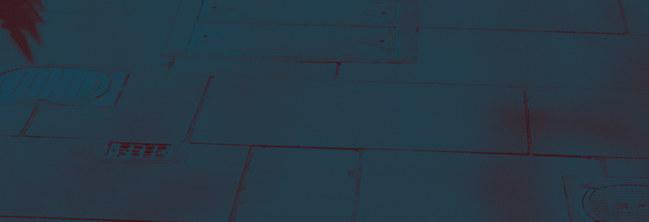


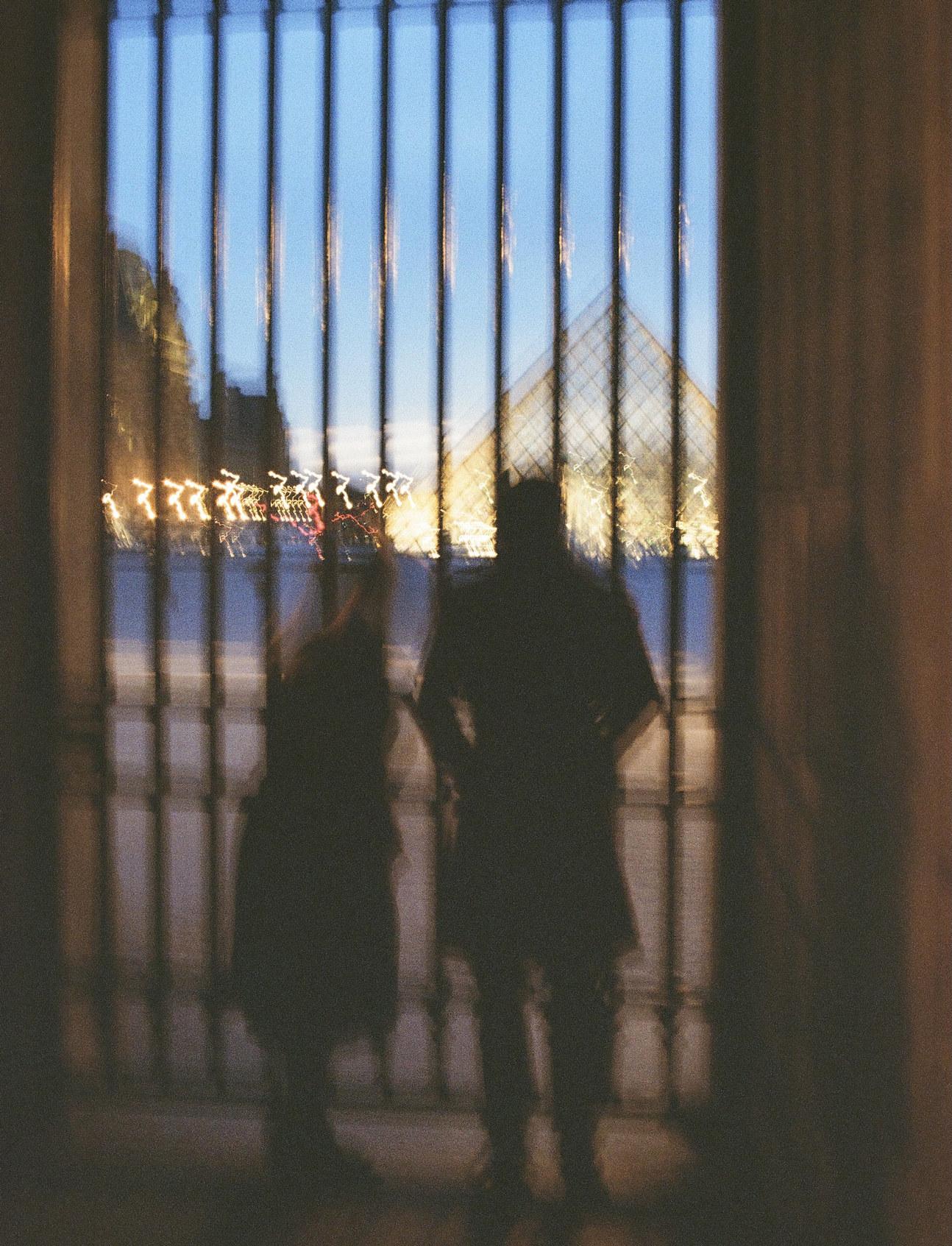
“...SOCIETY
NEEDS TO STOP SEPARATING PEOPLE’S ROLES AS CITIZENS
AND ECONOMIC ACTORS FROM THEIR HUMANITY.”
- Pankhuri Kohli, UCSD’s “The Guardian”
Who does this affect?
The current state of productivity culture has a widespread effect, essentially leaving an impact on all spenders and savers of time. Anyone who’s ever been left to question whether they’re being “efficient enough” has encountered the effects of productivity culture, and rarely have they been answer “Yes, I am being efficient enough!” This impact spans far beyond the workplace, though. Though one’s 9-to-5 is thought to be the most prominent area of their life where they feel they are meant to be productive (likely due to the pressures of one’s superiors, salary, or promotional opportunities), the obsessive desire to “not waste time” bleeds into all aspects of the everyday. This goes as far as to impact how people see themselves, their lives, and the world around them.
To make a long answer short, it affects everyone.
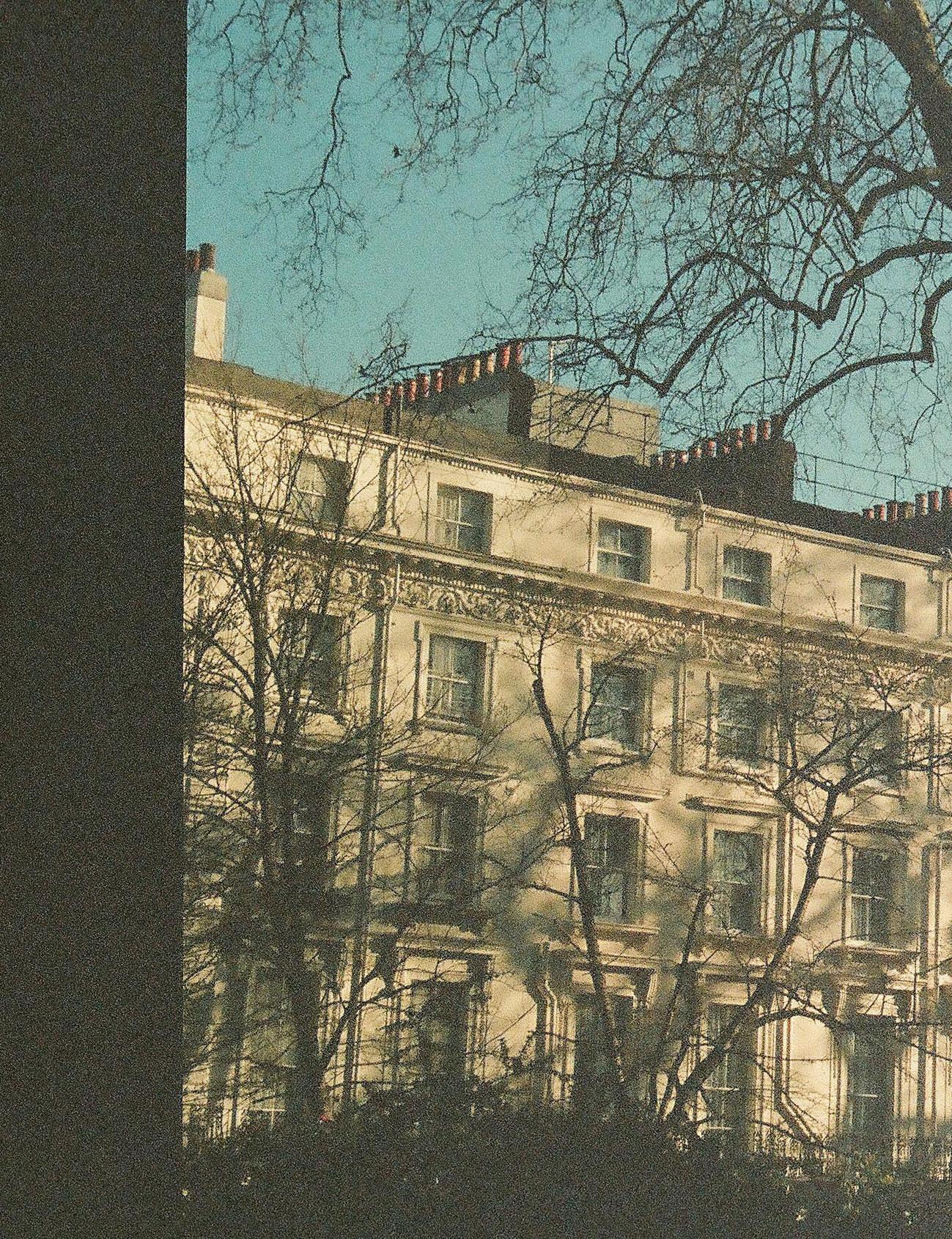
“You
can’t help everyone.”
Though it is quite the noble intention of mine, nearly every person I’ve spoken to about this project has convinced me that trying to solve a problem for everyone will likely lead to a solution that solves it for no one. Productivity and the way that people work is such an ingrained and personal thing, so the thought of finding a one-size-fits-all solution is just not all that realistic. By choosing a specific group to research and design for first, it might be more effective later on to then open up a wider audience to the idea that our relationship with productivity is something worth reframing.
To narrow down my audience, I have decided to focus mainly on those in creative industries. These individuals create work that is intrinsically connected to who they are as people. These individuals have a bit more freedom in the way their work is carried out, allowing them some freedom in exploring the ideas of “unlearning” productivity culture. Productivity culture has made its way into the way we see ourselves and the people around us; it’s become a lens in which we view everything, and that’s an emotional issue. When starting to develop an idea that runs as deep as changing the way we think, it may be easiest to begin with artists, who already have such a deep understanding of the way they see the world that they’re able to capitalize off of it.


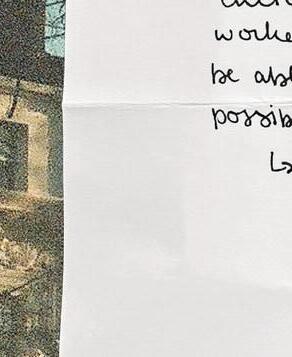
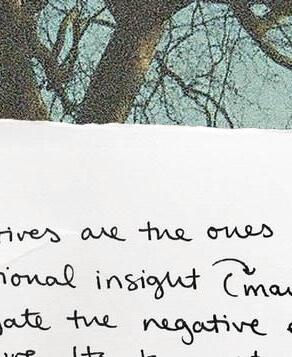
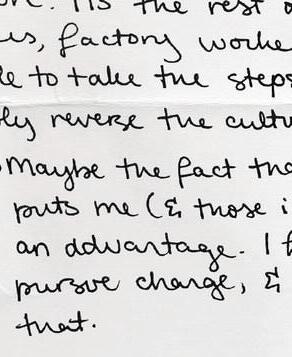


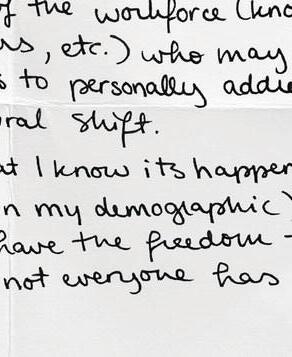
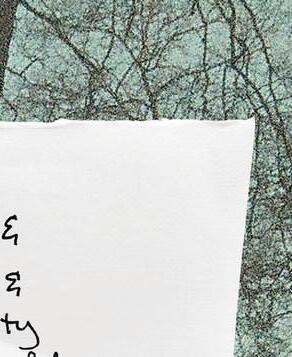
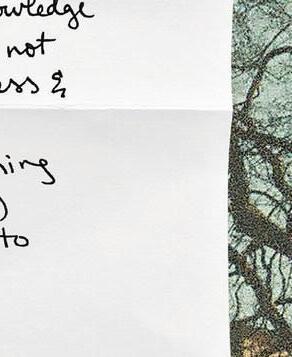

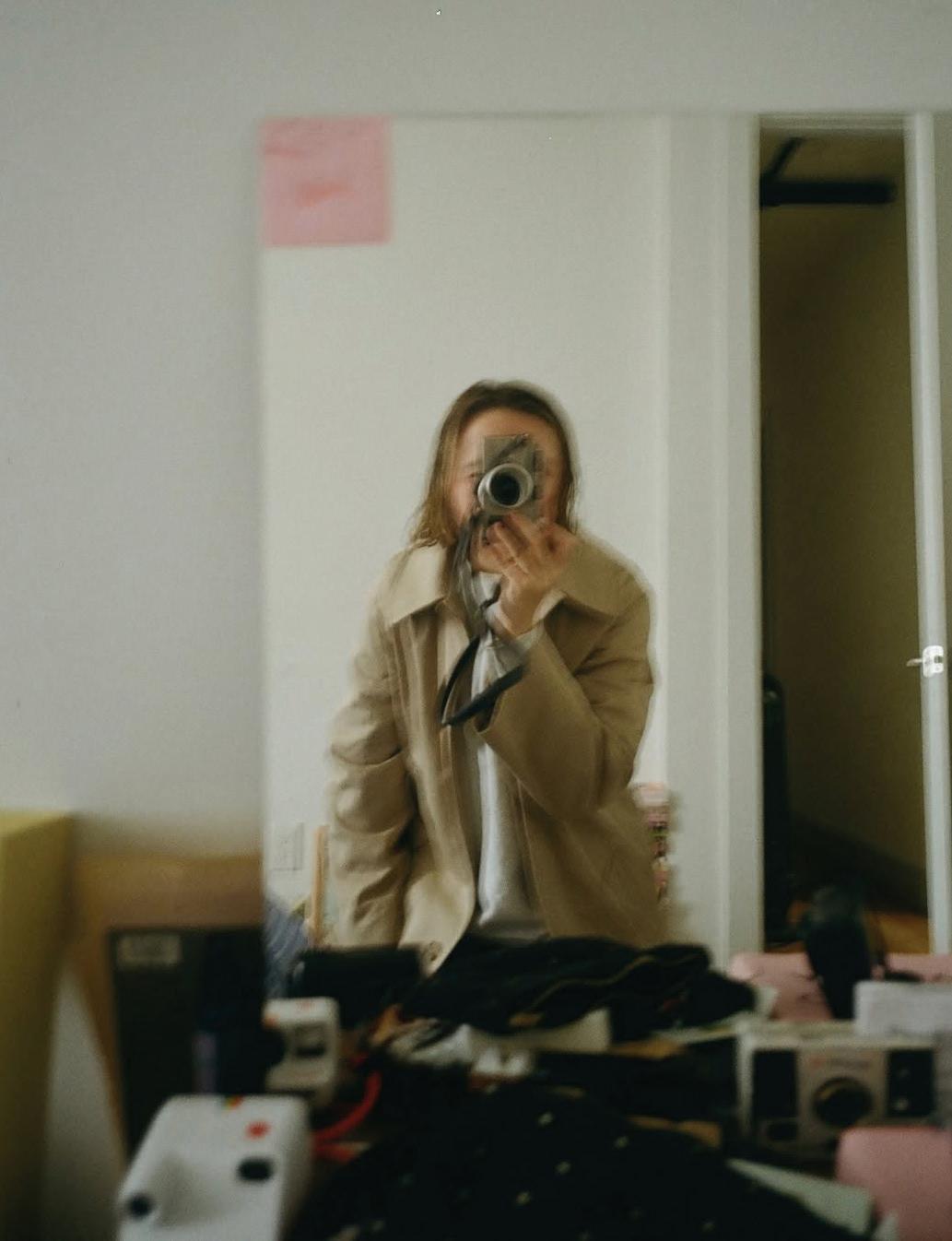
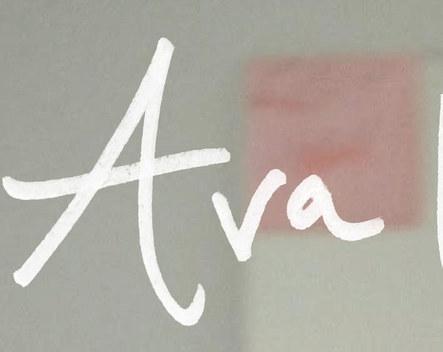
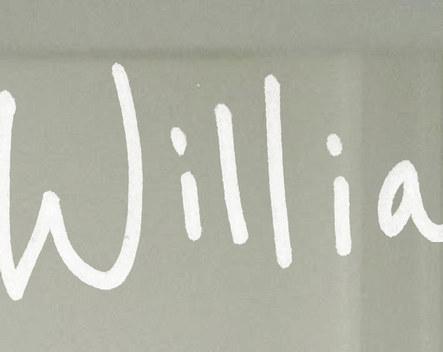

Photos by Ava Williams
“So I feel like the time aspect was really something I was interested in only because, well...it helped sort of mark into my life the things that were happening to me, the things that I couldn’t see.”
- Ava Williams,
on the theme of time in her work
Almost immediately after deciding on creatives as my user group, I knew that I wanted to reach out to Ava Williams. Ava is a New York City-based creative, and in my many, many inspiration droughts, her corner of the internet has been my safe haven. She photographs, writes, and designs with the warmth of a friend you’ve known since you were eight, and so much of the way I shoot film has been inspired by her work.
The thing about Ava’s work is that you can tell it’s for her, not in a narcissistic way, but in a way that makes it obvious how much she appreciates the people and the life around her. Her work is her attempt at remembering it all, and what results from that is you as a viewer just feeling lucky that you get a glimpse of it.
So, when I got an Instagram DM back from her saying she’d love to help out with an interview, I was immediately left with the dilemma of which sweater to wear on our call. (To all those wondering, I chose my navy sweater with the elbow pads, of course.)
Ava talked about finding photography later on in life, “later” referring to age sixteen. “When it comes to figuring out what I wanted to do I feel like being an artist is one of those things that you’re born with and immediately have this passion for.” And she’s right, this notion of fate versus choice when it comes to pursuing art is a very real thing that can be really invalidating for people who maybe didn’t feel drawn to their creative “calling” from a very young age.
“By the time I got to FIT, I was very aware of the sort of lack of experience I had in comparison to my peers, and I fell extremely behind... I had this feeling that at any moment, I was gonna get a letter from FIT and they’re gonna say ‘We actually didn’t mean to accept you.’” They never sent that letter though, and now, after graduating in 2019, Ava works as a freelance photographer, with clients including Warby Parker, Uniqlo, Focus Features, and Bumble. It is Ava’s personal projects, though — her photography, writing, and “anti-vlogs” — that I find myself coming back to again and again. She creates with a quiet artistry and familiarity, providing a genuine sincerity in everything she puts out into the world. But even the most passionate of passion projects aren’t devoid of the pressures to produce. In a recent post on her Substack, Ava writes:
“I felt myself spiraling over the number of things I signed myself up for in the hope of personal growth. In hopes of saying I was trying. Trying to make my dreams as an artist a reality. Sometimes in my own world, I feel like if I am doing nothing, then I am letting my career slip from my fingers.”
(See? Even her writing about spiraling is so refreshingly sincere.)

“I think that we all go through life having these experiences that are shared. But we all think that they’re just happening to us.”
I have had Valheria Rocha’s work hanging in the corner of my bedroom since I was a sophomore in high school, around the same time I was starting to look into SCAD. I had no idea that she was a SCAD alumna and had even less of a clue that, cut to six years later, she would play such a huge role in my senior project.
One glance at her portfolio and it’s instantly evident just how much of herself Valheria has poured into her art. It’s joyous and magnetic and just feels like her. Valheria and I spoke about this natural tendency of an artist to bring in so much of who they are into what they create.
“I don’t think that you need to make the kind of art that’s so emotionally charged and so incredibly personal like what I do. I don’t think you need to do that to be successful. I think that’s what I need to do to be successful. This is the kind of work that I want to make...work about things that I love.” (Which, if you could not tell, is exactly how I feel as well.)



This tether between work and self can often pull so tightly that we end up losing the distinction between the two. We bonded over the manicness of being so caught up in your work that the need eat or sleep feels like a waste of time, like being a human being and not a machine is a weakness we have to overcome. Valheria felt this in a very extreme way when she had to put her career on pause due to a cancer diagnosis back in 2022.



























- Valheria Rocha, on our moral desire to constantly be productive groceries.”




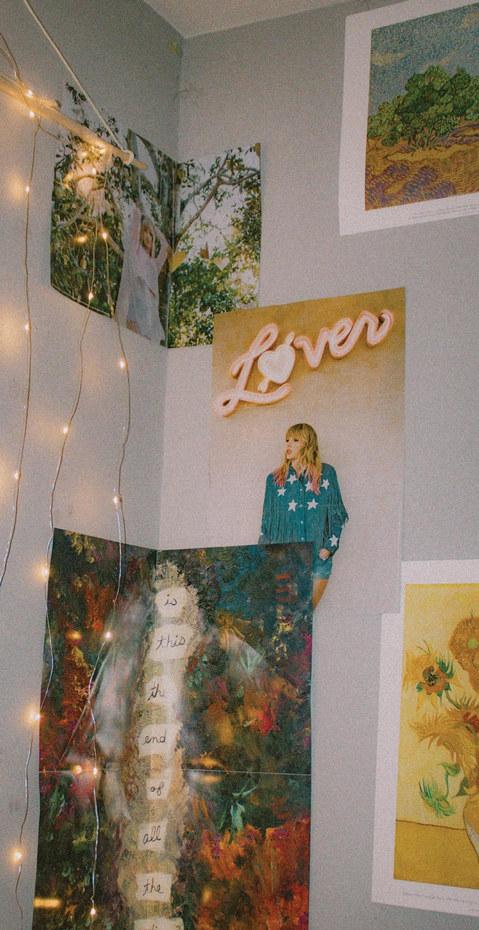





“During that entire time, I think I’ve really realized how much of a person I am outside of my work, because I’ve always tied myself to my work so much that I had a massive crisis when I couldn’t physically make that work anymore. I took it so personally, I felt like my body was betraying me because it wasn’t letting me make art. But, no. That’s not what was happening at all. My body needed to rest because I was overriding my body, and rest is really important, and I don’t think that we are taught to value the idea and the notion of resting as much as we should.










“Please learn from me like you shouldn’t have to get hit with a cancer diagnosis and have to be like bedridden for months and be at the weakest that you’ve ever been in your life in order to learn the value and the privilege that it is to be able to move your body. The privilege that it is to be able to go out and buy your own


and Valheria herself are immigrants. Though both parents were
I had asked her where her hyper-focus on productivity came from; if she felt that it was solely self-inflicted or influenced from outside sources. She told me it was a bit of both. Both her parents and Valheria herself are immigrants. Though both parents were master’s graduates from Columbia, their degrees didn’t mean anything once they arrived in the U.S.
“My parents had to prove that they were worthy of having the opportunities that they had, that they were worthy of being in the spaces that they were in, that they were worthy of receiving opportunities and jobs and rights and basic human things that other people are just given.” Valheria referred to this type of living as “survival,” and though her household was one of love and support, she followed the precedents set before her, and has spent the past few years trying to unlearn this way of living. “So, yes, it is selfinflicted, but not from nowhere.”


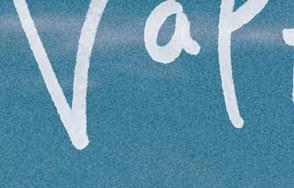
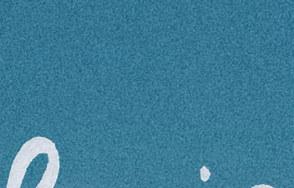


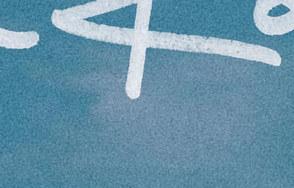

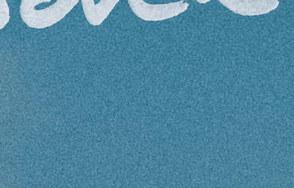
Photo Copyright of Rainbow Ranch Studios LLC
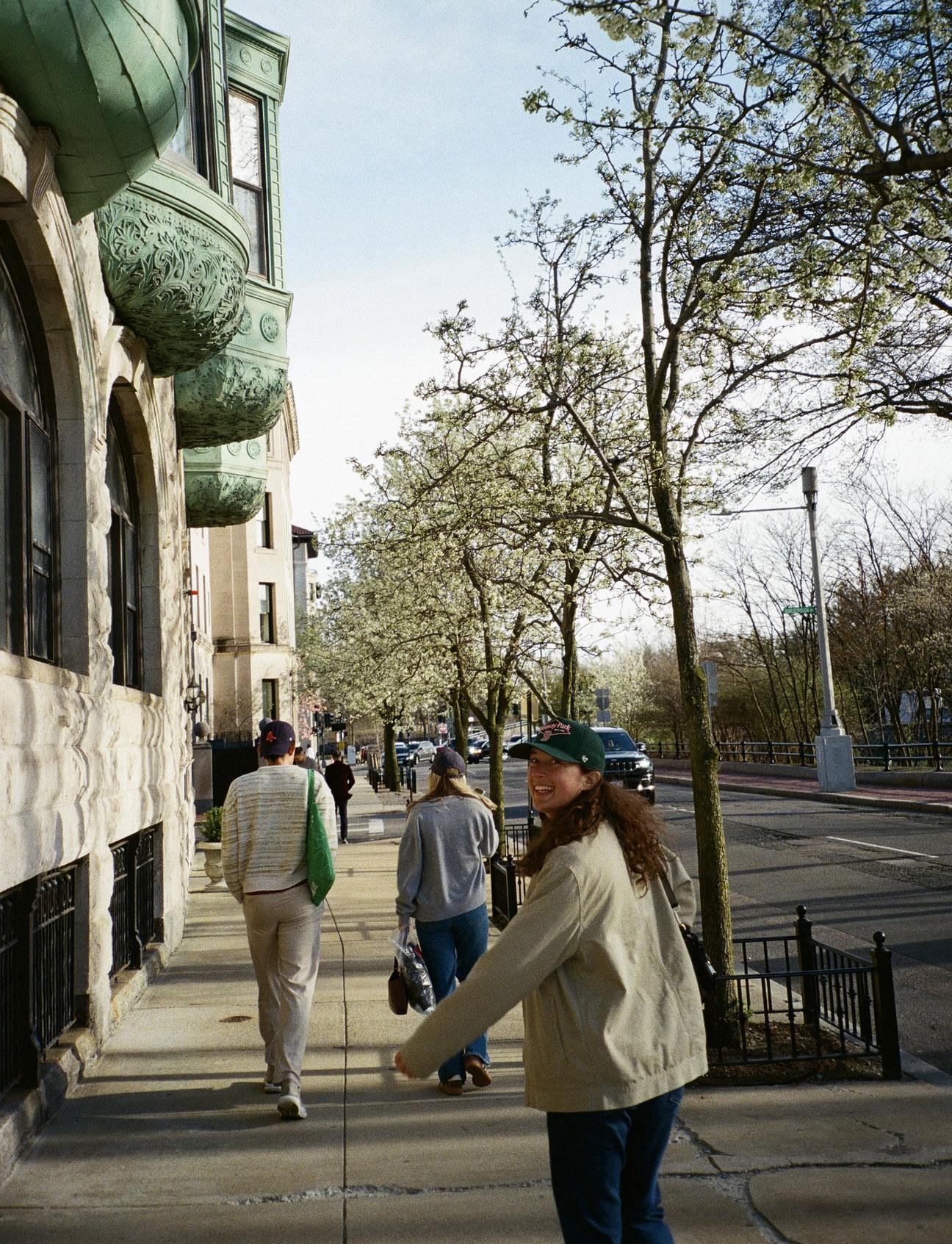
“personally universal”
Origin: me, just recently adjective phrase
The idea that we, as human beings, experience a lot of the same thoughts and feelings, except for reasons that are entirely specific to who we are.
“I know exactly how you feel! Not for the reasons you do, but still!”
INTERVIEW WITH ACADEMIC ADMINISTRATOR
In talking with a university academic administrator (who will be referred to as “Admin”), there was a lot revealed to me about the relationships between productivity and fulfillment. By today’s standards, most people would consider the two permanently bound together, holding this belief that personal contentment can only be achieved through the completion and success in one’s career or even “to-do” list. As Admin and I spoke, though, I began to realize this was not the case. For someone who’s job revolved around this idea of not necessarily producing work, but instead designing and curating opportunities for others to produce work, “time well spent” is much more rooted in gaining meaningful interaction than it in sending out emails (though that is a huge part of it). Maybe then productivity and fulfillment weren’t permanently bound together, but instead merely velcro-ed.
This doesn’t just apply to the workday, though. This idea spans to every aspect of one’s life. When one considers time well spent, and I mean truly considers time well spent (outside the realm of salaries and checked boxes), isn’t the picture in one’s head always going to include spending that time engaging in genuine human connection. Is this the universal solution to a deeply individualized problem?
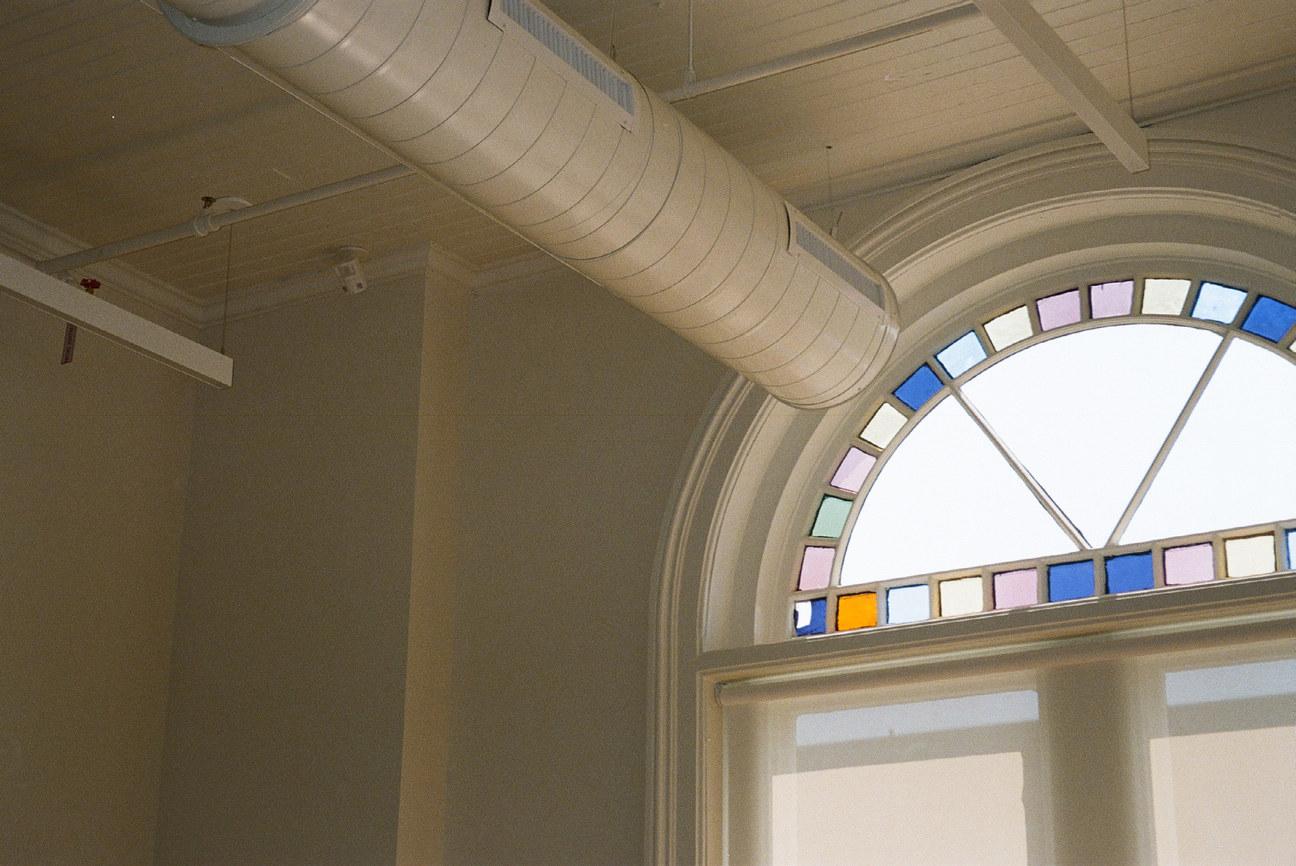

INTERVIEW WITH MY HIGH SCHOOL NEWSPAPER ADVISOR
When talking with my old newspaper teacher, a lot of our discussion continuously revolved around the theme of dependency. Any educator, especially for students who are at an age as formative as high school, has a really powerful amount of influence over their students. From age 14 to 18, we saw our teachers every day, and every day we entered an environment that they designed, listening to lectures that they crafted. There is a huge emotional weight on educators’ backs, not only to successfully deliver content but also act as moral guideposts and as trusted adults, not because your contract says you have to but because you know that there are people dependent on you.
I knew I had to reach out to my newspaper advisor specifically for this project, mainly because so much of my design philosophy going into this was drawn from our old publications room, nicknamed the “Satoma Office” after our newspaper. That office, which couldn’t have been more than 50 square feet, was originally used as storage but very quickly became a hangout space and retreat for my friends and I in the middle of the school day. We decorated the walls with postit ideas and drawings, and around the holidays our advisor even brought in a mini Christmas tree. That tiny office was a true favorite of mine, and it became a place defined by a very indescribable sense of comfort and connection. I think deep down there is a part of me that tries to imbue that feeling into everything I do, especially this project.
I brought this up to my old advisor, to which they responded: “And the fact, that you’ve had that experience, and you can say to yourself, ‘How can I grand scale this to a 15,000 square foot building that I can actually make something quite profound for people’s lives?’ That’s a huge thing, whether that ever happens in real life or not…You’re going to have emotion in that. That’s so wonderful.”
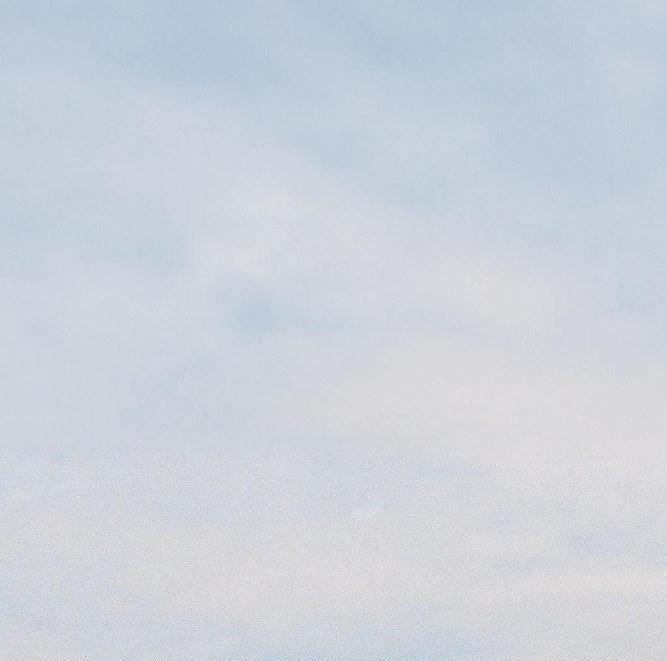
Primary Users
Hybrid Workers
Creative Workers
Secondary Users
Building Employees
Reception
Facilities Staff
I.T.
Ancillary Users
Delivery Service Workers
Cleaning Service Workers
Passerbys


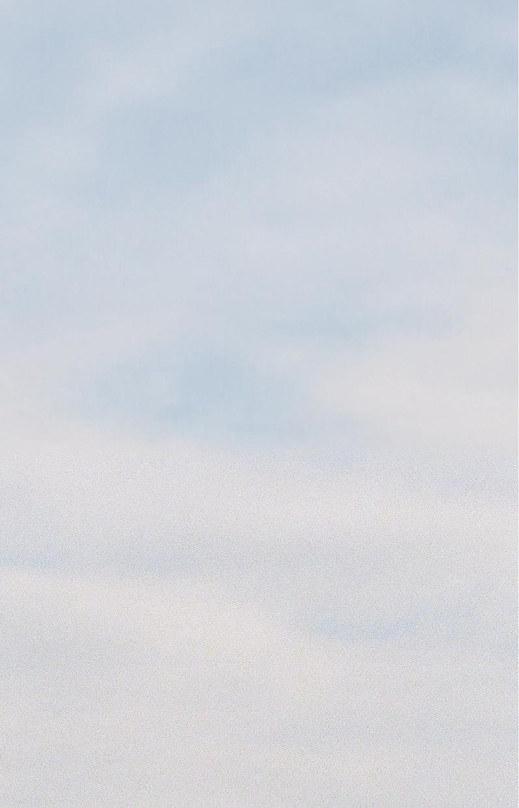
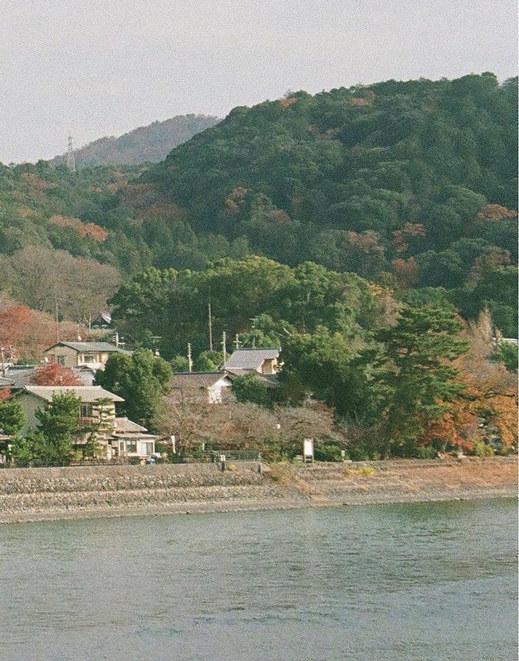
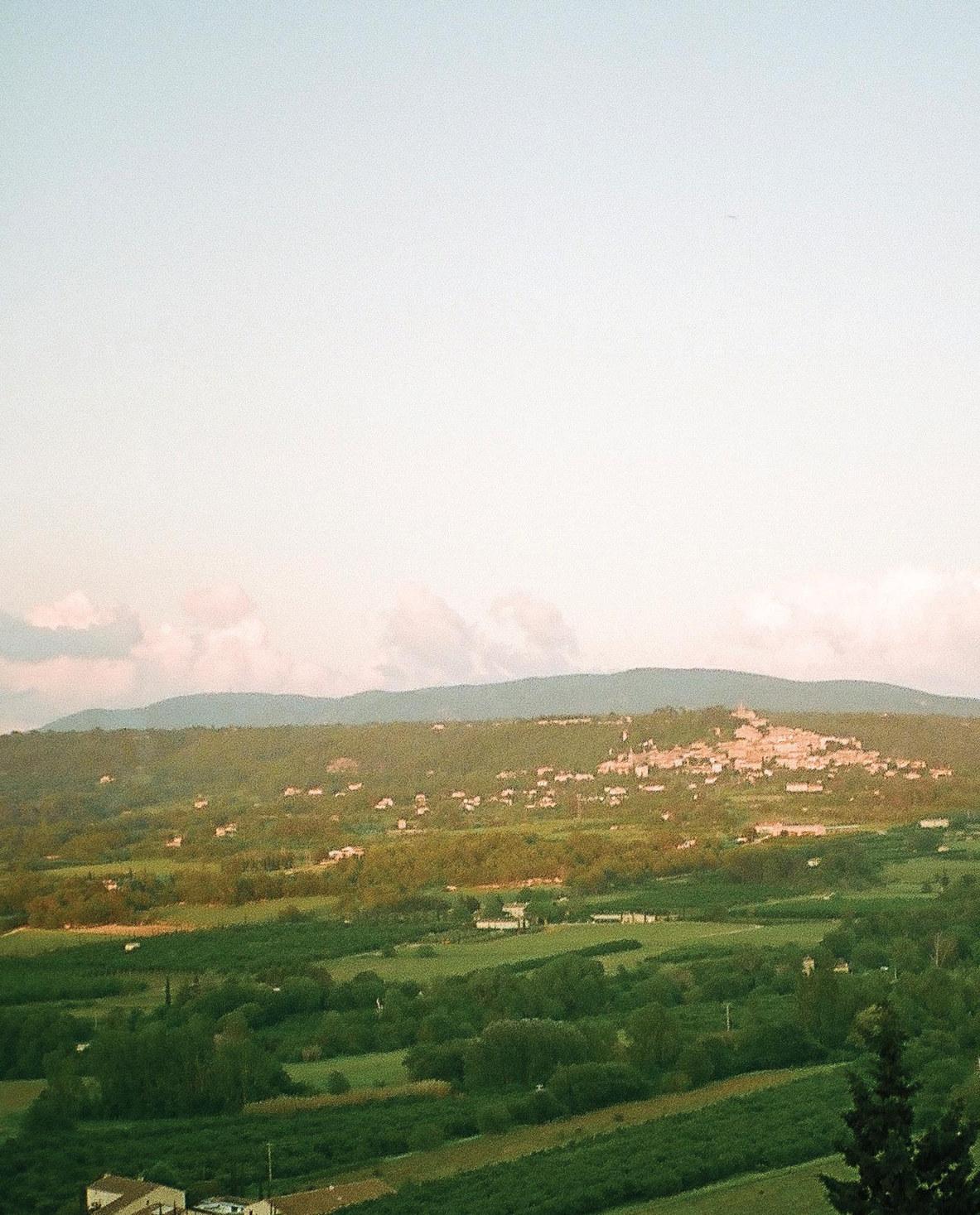
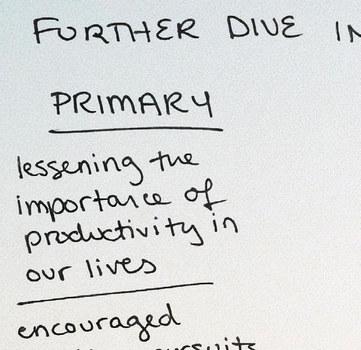
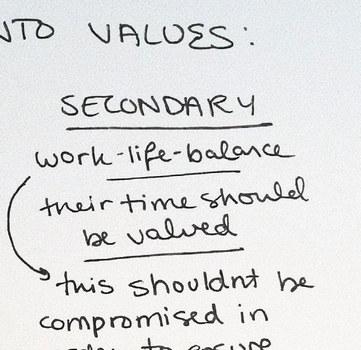
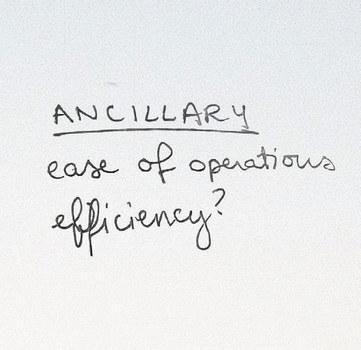




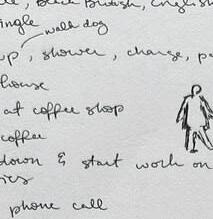
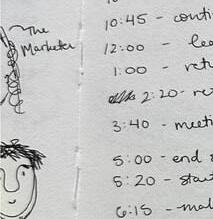
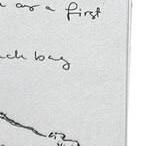

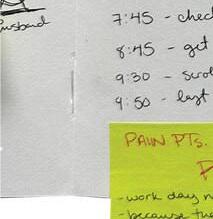

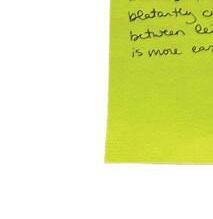

PRIMARY PERSONA 1
The Photographer
- Uses he/him pronouns
- 23 years old
- Black British
- English as a first language
- Single, lives alone
- Exclusively freelance work
- BA in Photography from the University of the Arts London
Likes: Film photography, solo trips, French press coffee
Dislikes: Long lines, writing emails, forced conversation
Stance on Topic:
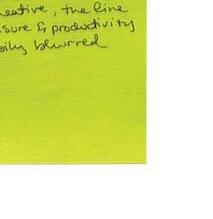
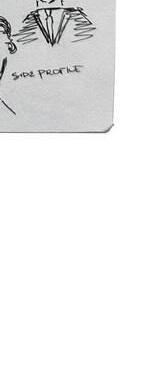
The Photographer got a photography degree and decided to work freelance because he wanted the freedom that comes with not working under someone else in an endless 9-to-5 job. However, especially in an age of social media, he soon realized that his choices required him to also play the roles of social media manager, accountant, agent, etc. And that doesn’t even include all the work or preparations that come with being a photographer. Because of this, the work day never ends; it always feels like there is more he could be doing to further his career. However, it’s exhausting and he can feel himself actively burning out.
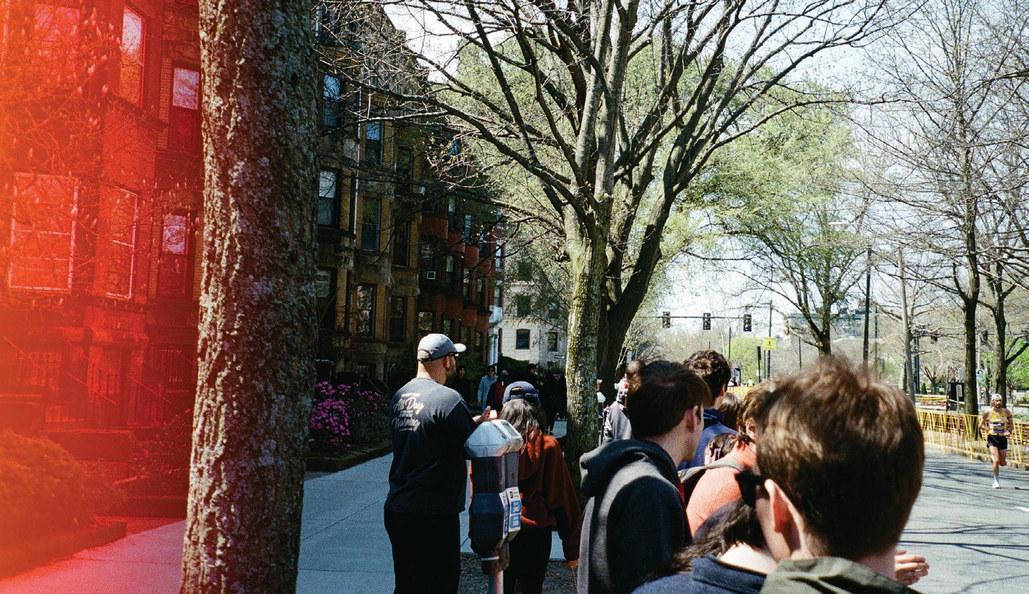
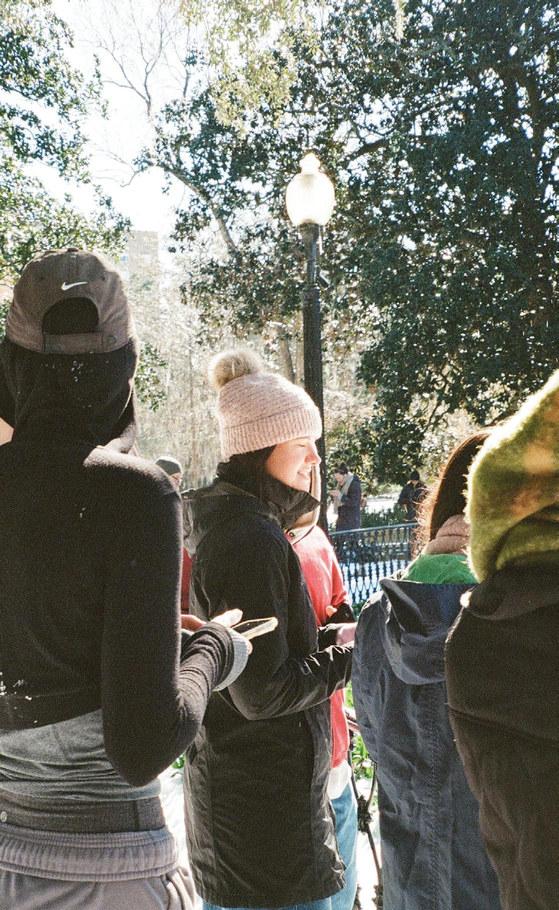

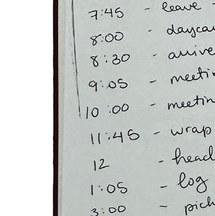
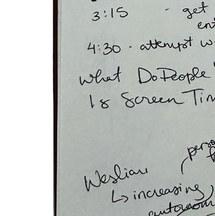
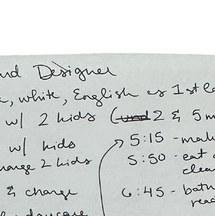

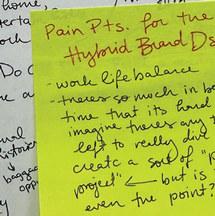
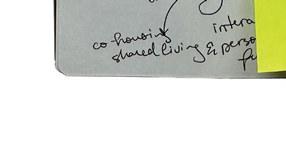
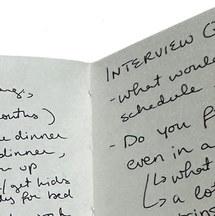


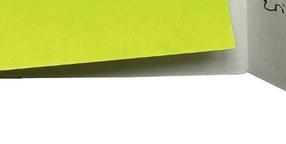

PRIMARY
PERSONA 2
The Hybrid Brand Designer
- Uses she/her pronouns
- 30 years old
- White British
- English as a first language
- Married w/ two kids (2 years old & 5 months)
- Works as brand designer at a nearby graphic design firm
- BA (Hons) Graphic Design from Buckinghamshire New University
Likes: Going on holiday, word games, small-scale cafes
Dislikes: Lengthy commutes, overplayed pop music, frozen meals
Stance on Topic:
The Hybrid Brand Designer works fully from home three days a week and stops by the office two days a week after dropping off her kids off at daycare. Between commutes, meetings, and having to take care of her family, the Hybrid Brand Designer not only struggles to find time to actually work, but she also struggles to find time to be a person. Her clients, her spouse, her children, all rely on her heavily, and that level of reliance makes the “life” in work-life balance often feel just as stressful as the work.

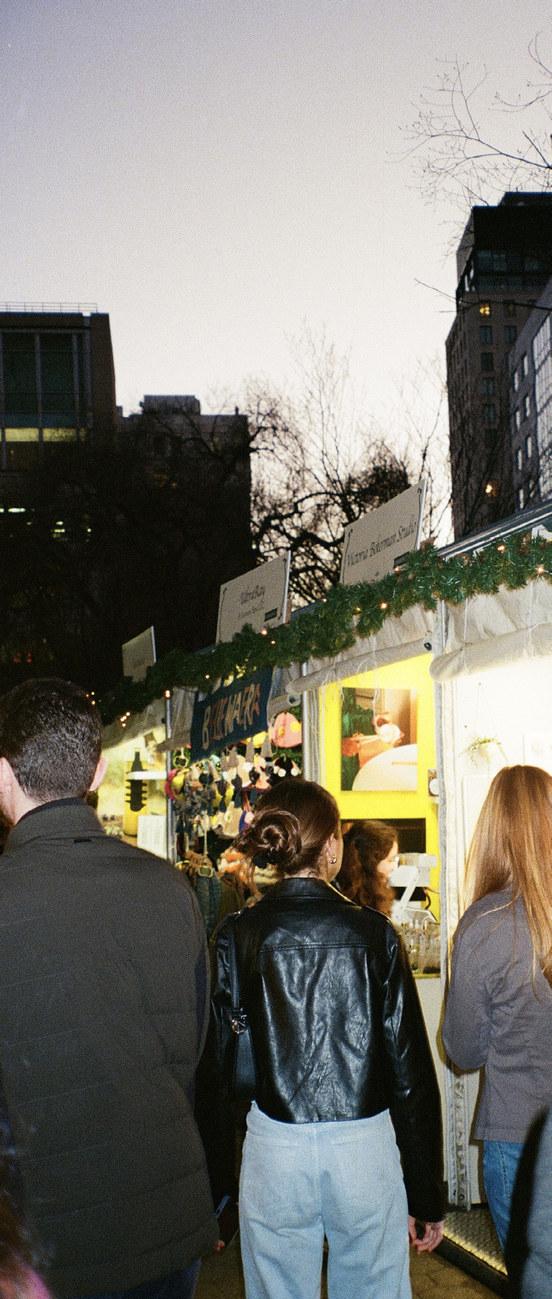

PRIMARY PERSONA 3
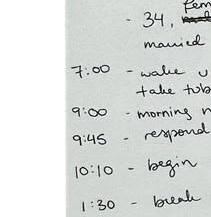
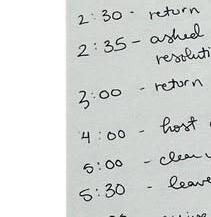

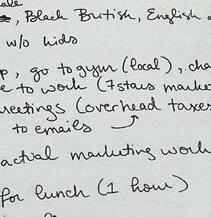
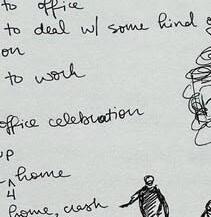
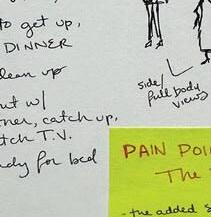

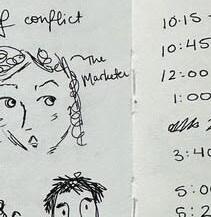


The Marketer
- Uses she/her pronouns
- 34 years old
- Black British
- English as a first language
- Married, w/o kids

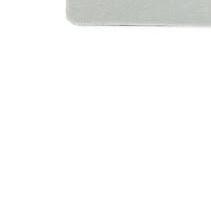
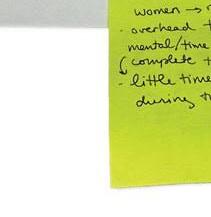

- Works as a marketer for a local media agency
- MA Business with Marketing from the University of Edinburgh
Likes: Nora Ephron movies, writing for fun, dinner parties
Dislikes: Unnecessary meetings, the summer heat, being late
Stance on Topic:
Though she feels like she gives her life to the company, The Marketer can’t help but feel like it’s impossible to ever feel truly accomplished at the end of the day. Though she’s there for 8+ hours daily, it always feels as though she’s never actually getting to do the type of work she was hired to do. Whether she’s planning an event, dealing with coworker disputes, or sitting through meetings (most of which have nothing to do with her), it’s just hard to feel like her mind and talents are actually being put to good use.
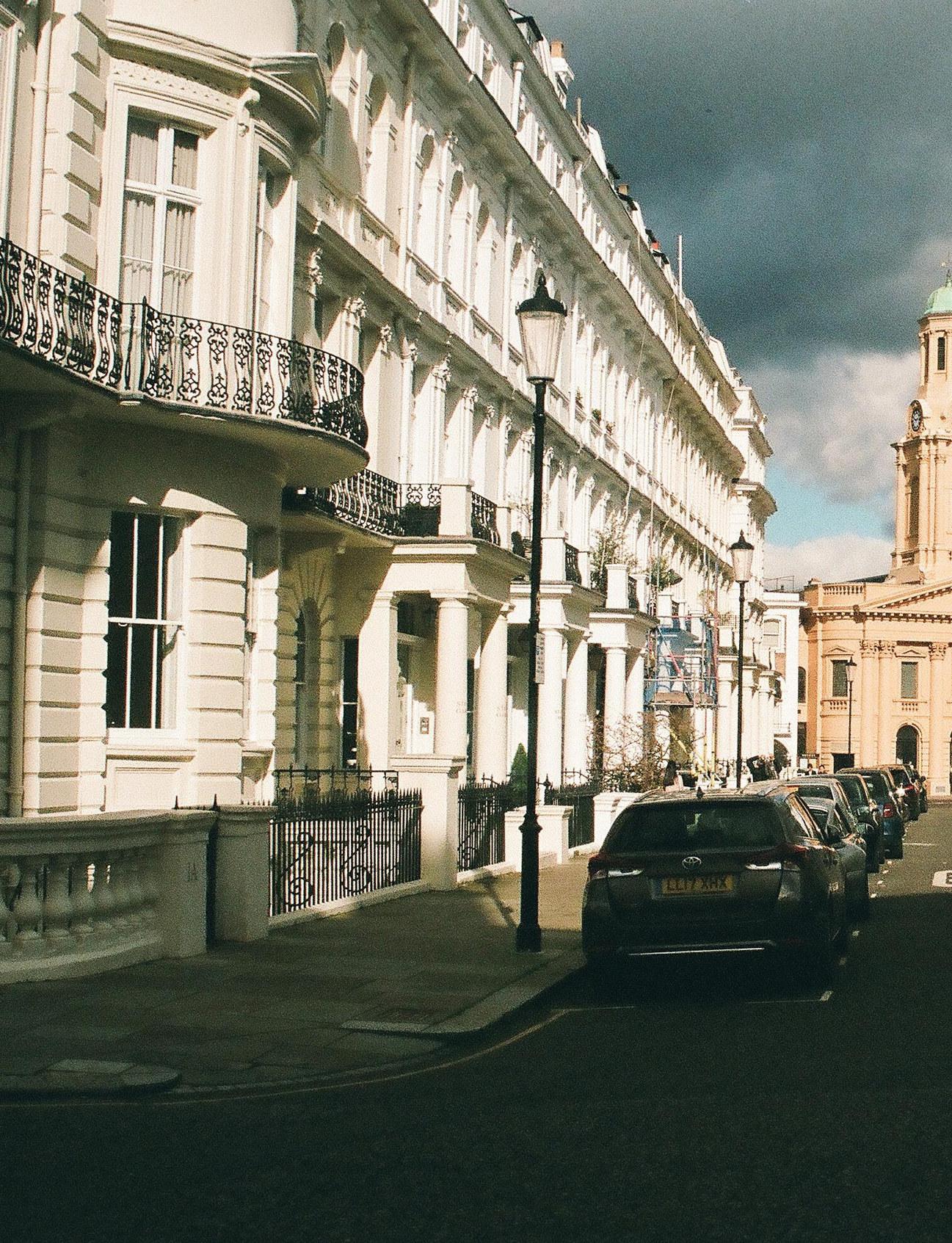
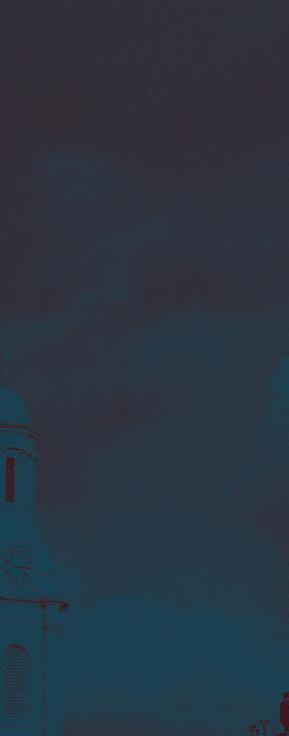
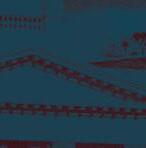

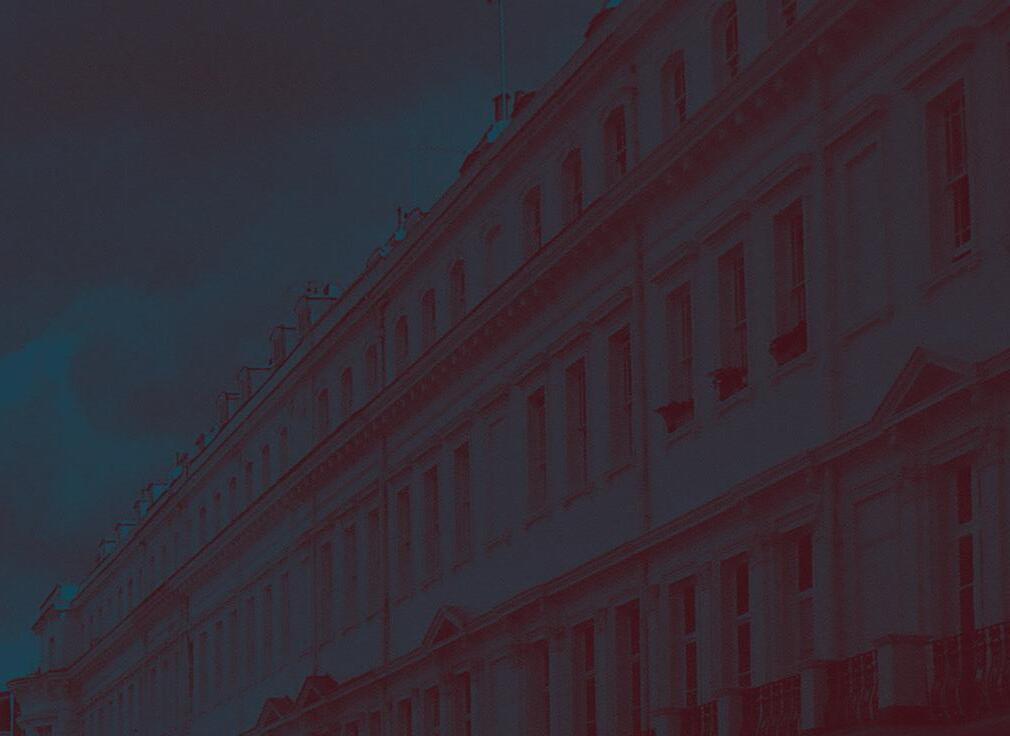

the place





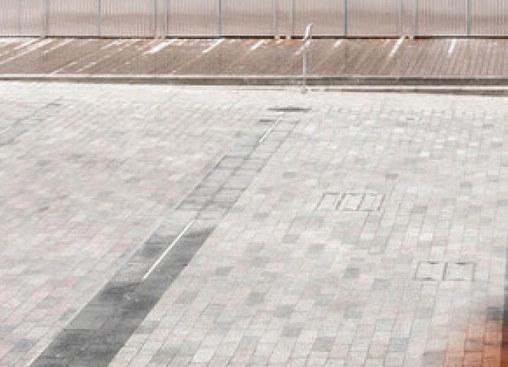
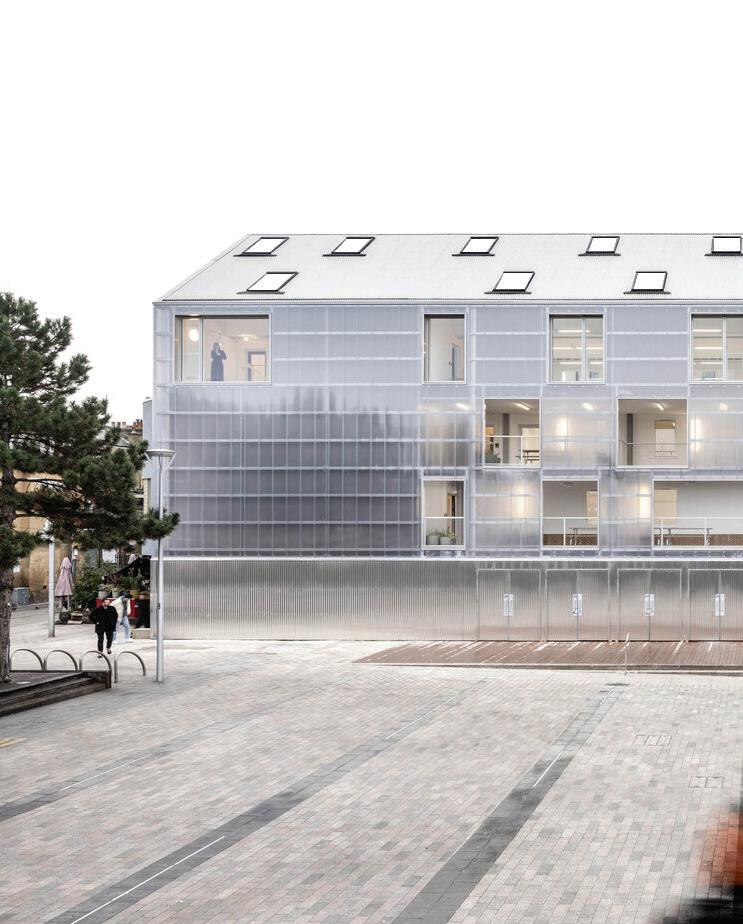

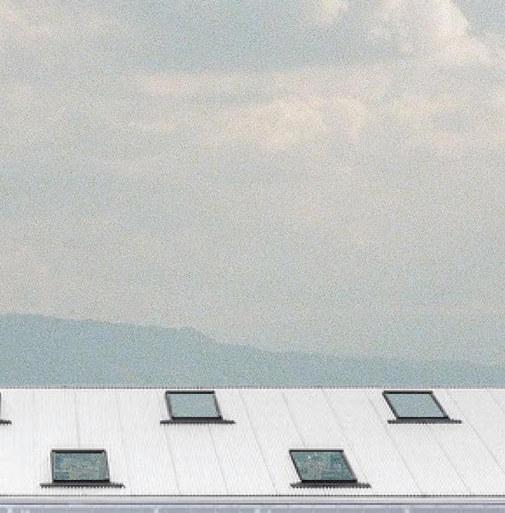
Bradbury Works Building
3
Gillett Square, Bradbury St, London
N16 8JN, United Kingdom
Architect: [Y/N] Studio
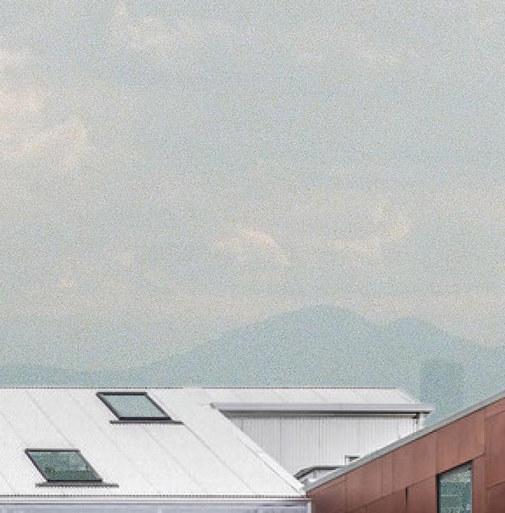

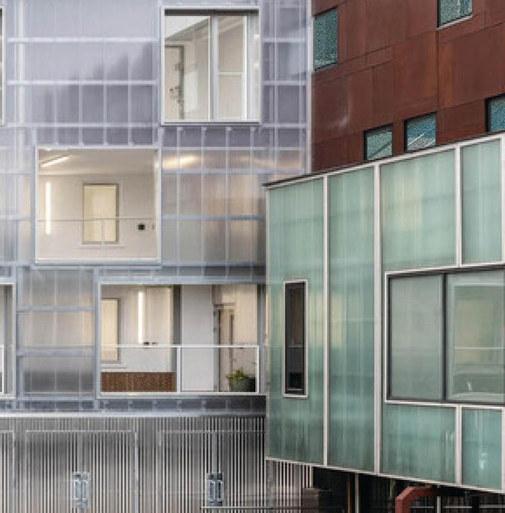

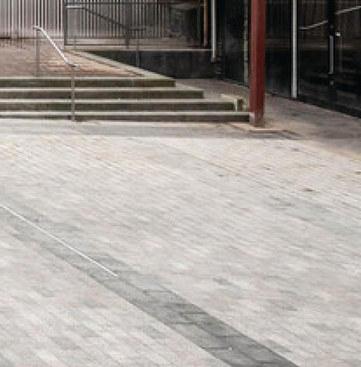

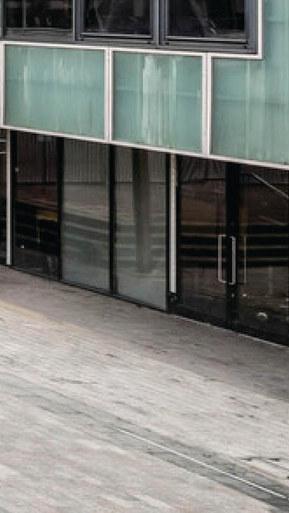
Photo by French + Tye

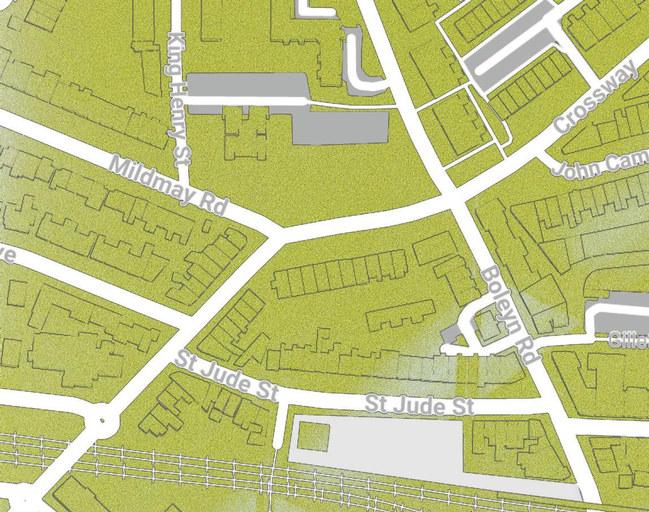
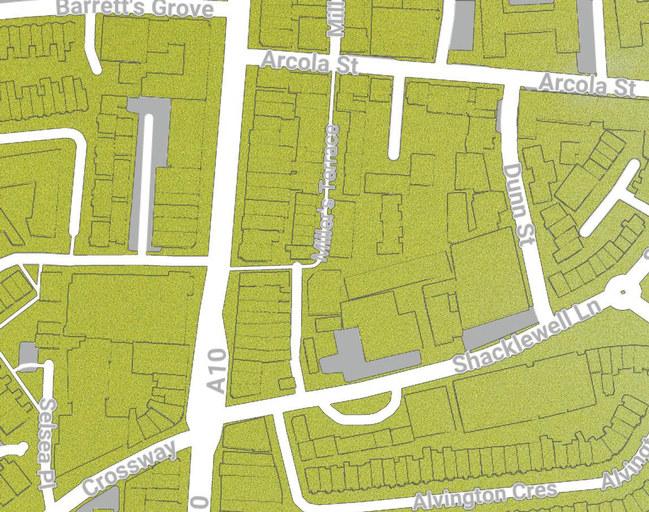

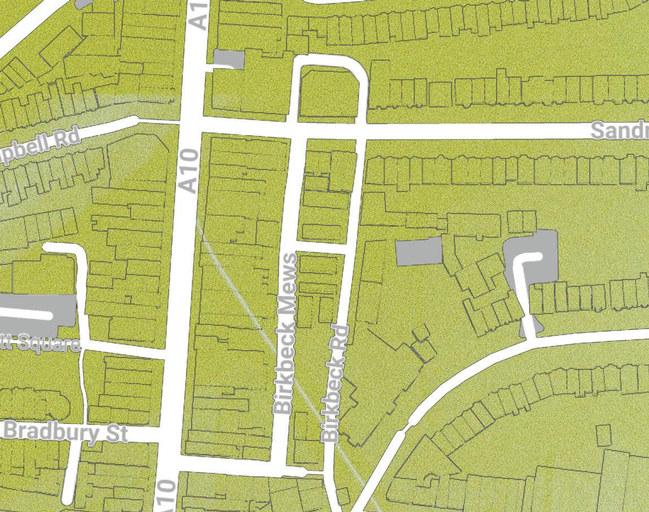

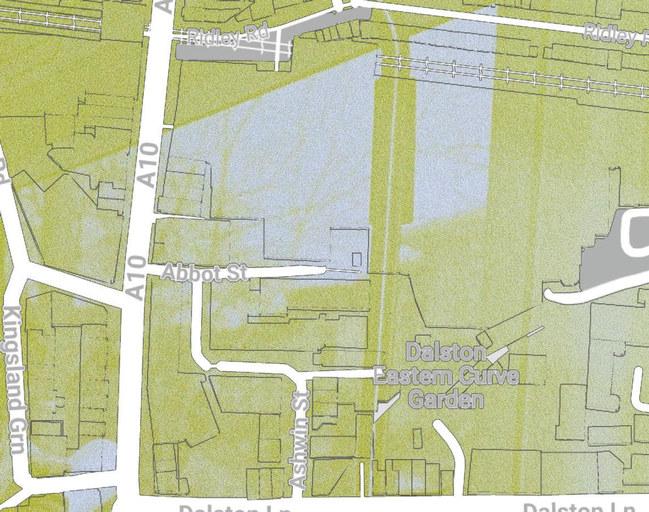
HACKNEY, LONDON
47.8%
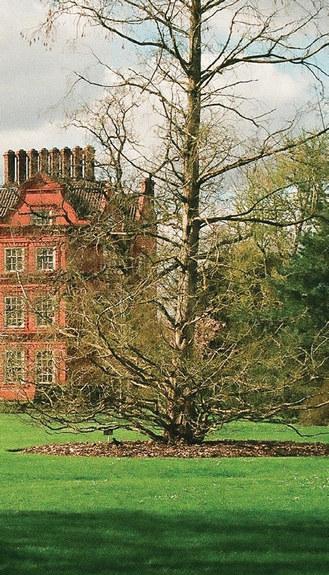
52.2%
FEMALE POPULATION
MALE POPULATION 55% of the population is under 35 31% of the population is under 24 17% of the population is over 55
Demographics
19.1% are disabled under the Equality Act of 2010, which one qualifies for “if you have a physical or mental impairment that has a ‘substantial’ and ‘long-term’ negative effect on your ability to do normal daily activities.”
In the context of this project, recognizing and designing for people of all disabilities (visible and invisible) will be crucial for making an accessible and inclusive environment.
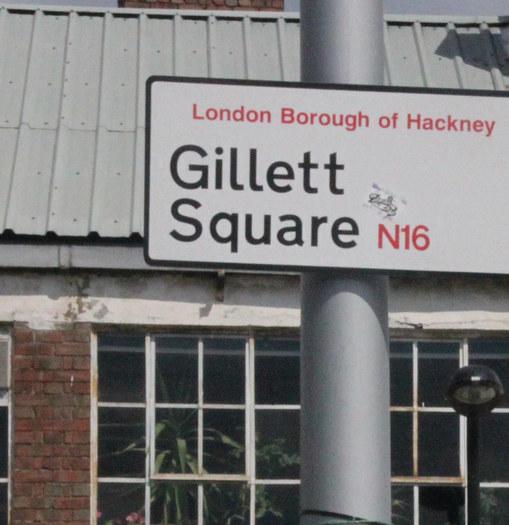
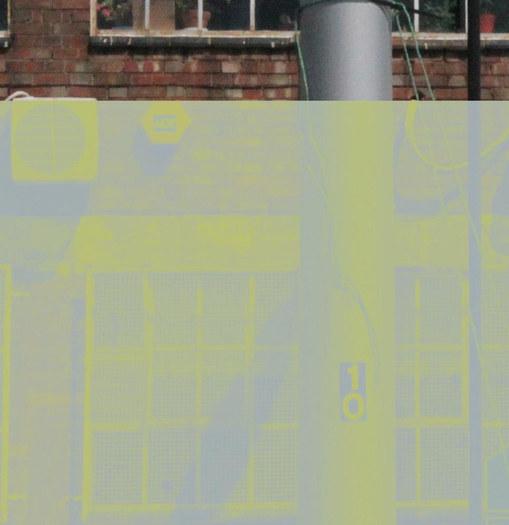

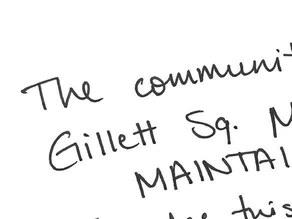
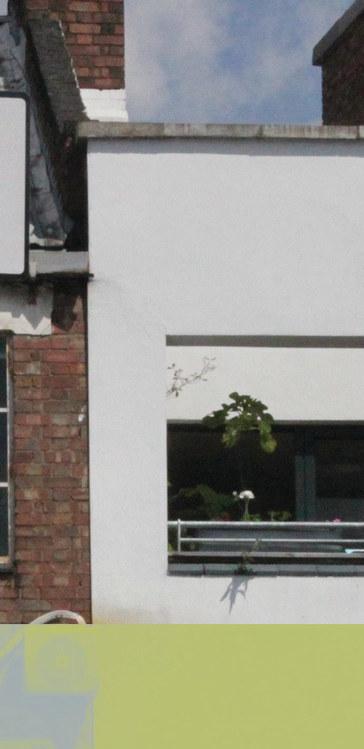
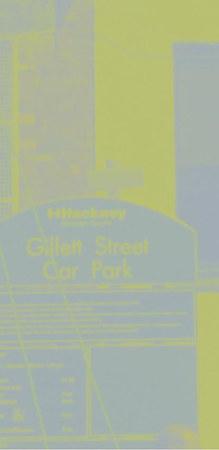


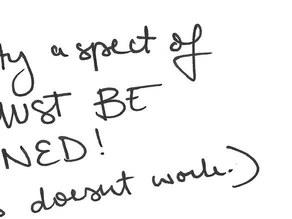


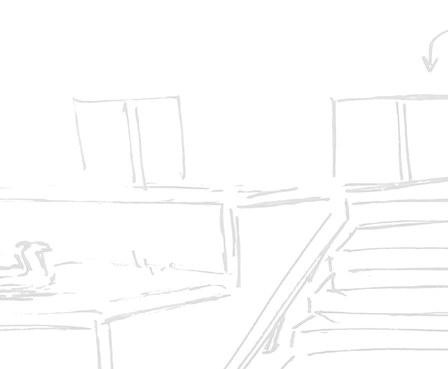
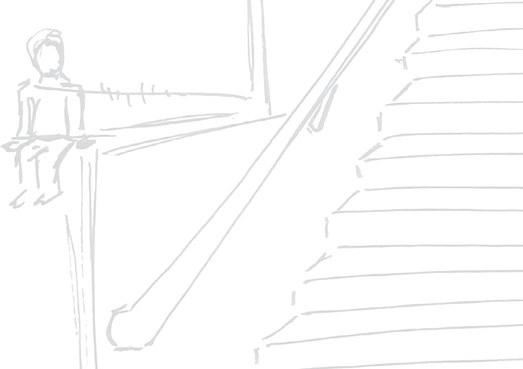


Photos by The Academy of Urbanism

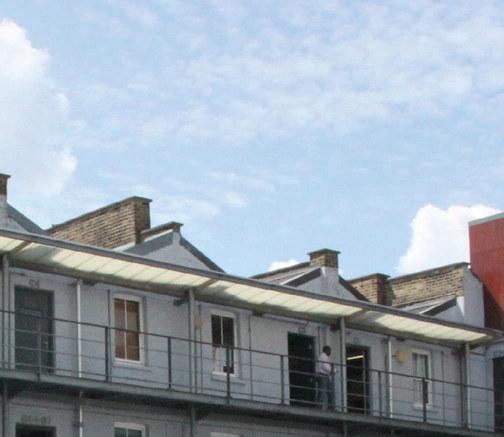

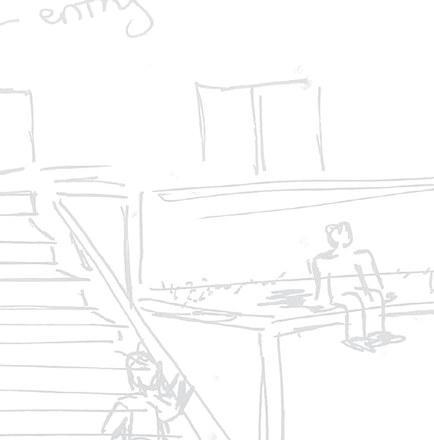
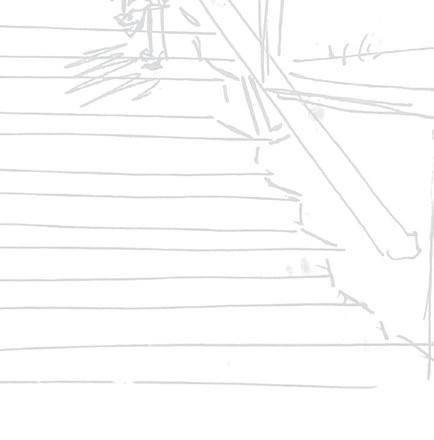
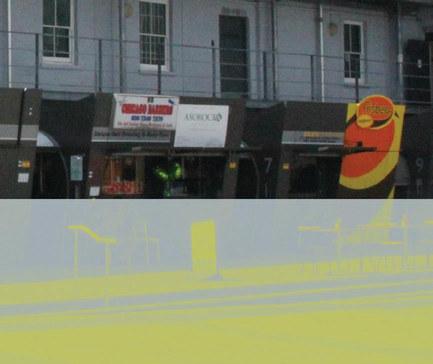
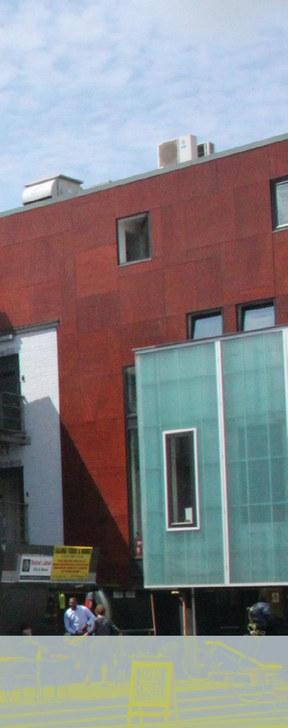


















For over ten years, Gillett Square had been a cultural and community hub for the neighborhood of Dalston, Hackney. The market pods and workspaces behind them offered afforable rent that not only provided local jobs and economic development, but made Gillett Square a place for multi-cultural and multi-generational gathering and leisure. The local businesses housed in these market pods ranged from food establishments to a radio station to a barber shop.














So, when the HCD (Hackney Co-operative Developments) proposed a complete renovation of what is now the Bradbury Works Building, including a demolition of the market pods, the local community gathered in protest, deeming this an act of disrespect and vandalism. In the 2018 renovation, the market pods were ultimately torn down, and though plans of rebuilding the pods has been discussed, the replacements have yet to be constructed.












For a project focused so heavily on connection and a return to humanity, a complete disregard of Gillett Square’s history of both of these things would be simply ignorant. The reintegration of the market pods in some capacity, in addition to the further activation of Gillett Square will be integral to the design and success of this project.

VOLUMETRICS
p Gillett Sq uare elevation
ttom Brad bu ry Street elev ation
All additional extensions added during the renovation are highlighted in green. Any existing structures and buildings (as well as human scales) are shown adjacent. The height advantage of the Bradbury Works, as well as its more modern structure compared to the traditional forms of the adjacent buildings, allow it to stand out against its surroundings.
Elevations courtesy of [Y/N] Studio
Gillett Sq uare elevation
Brad bu ry Street elev ation

Photo by French + Tye
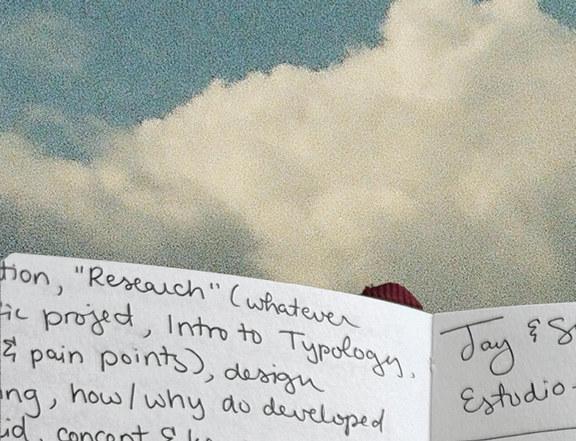

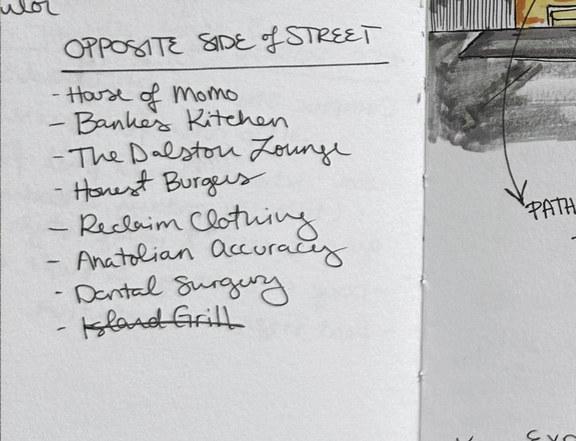
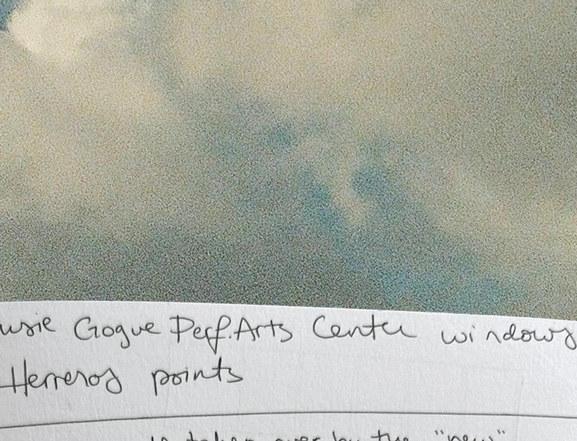


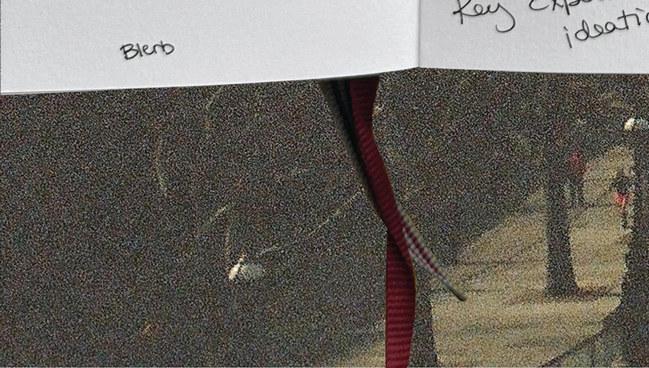
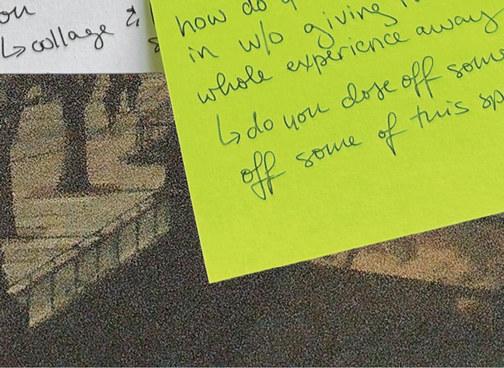


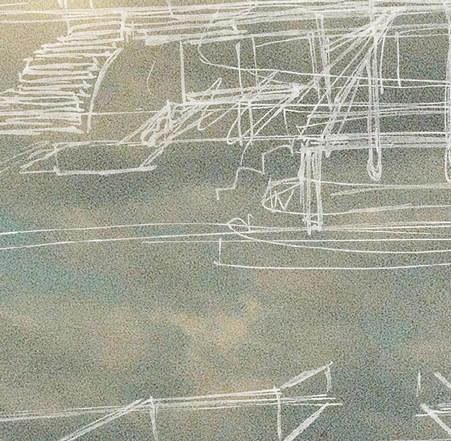
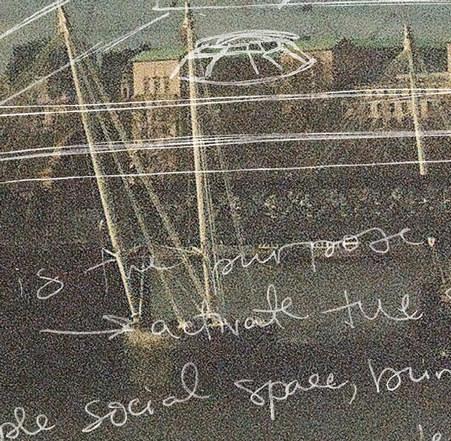
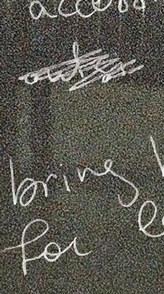

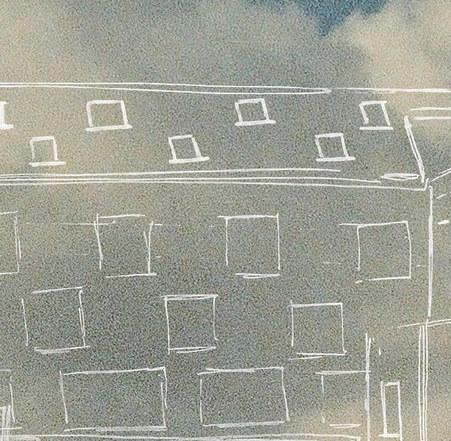
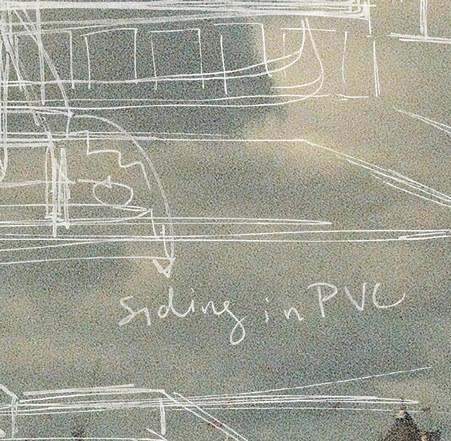
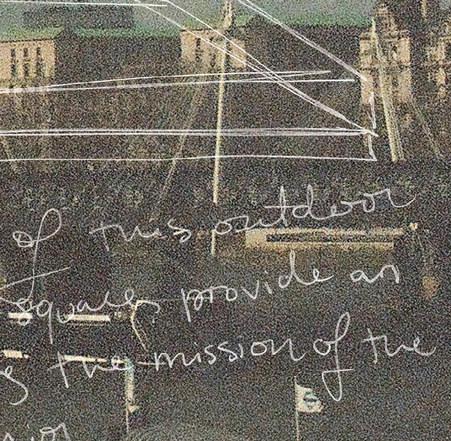
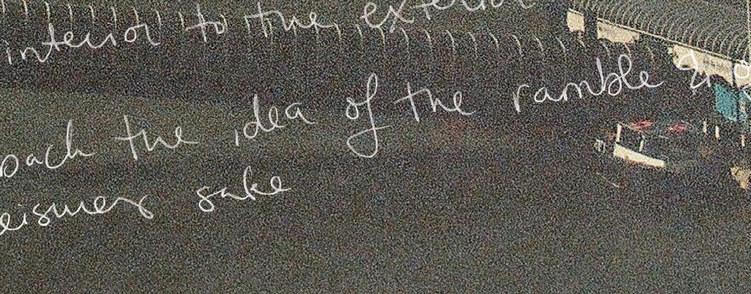
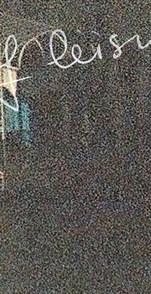
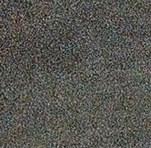

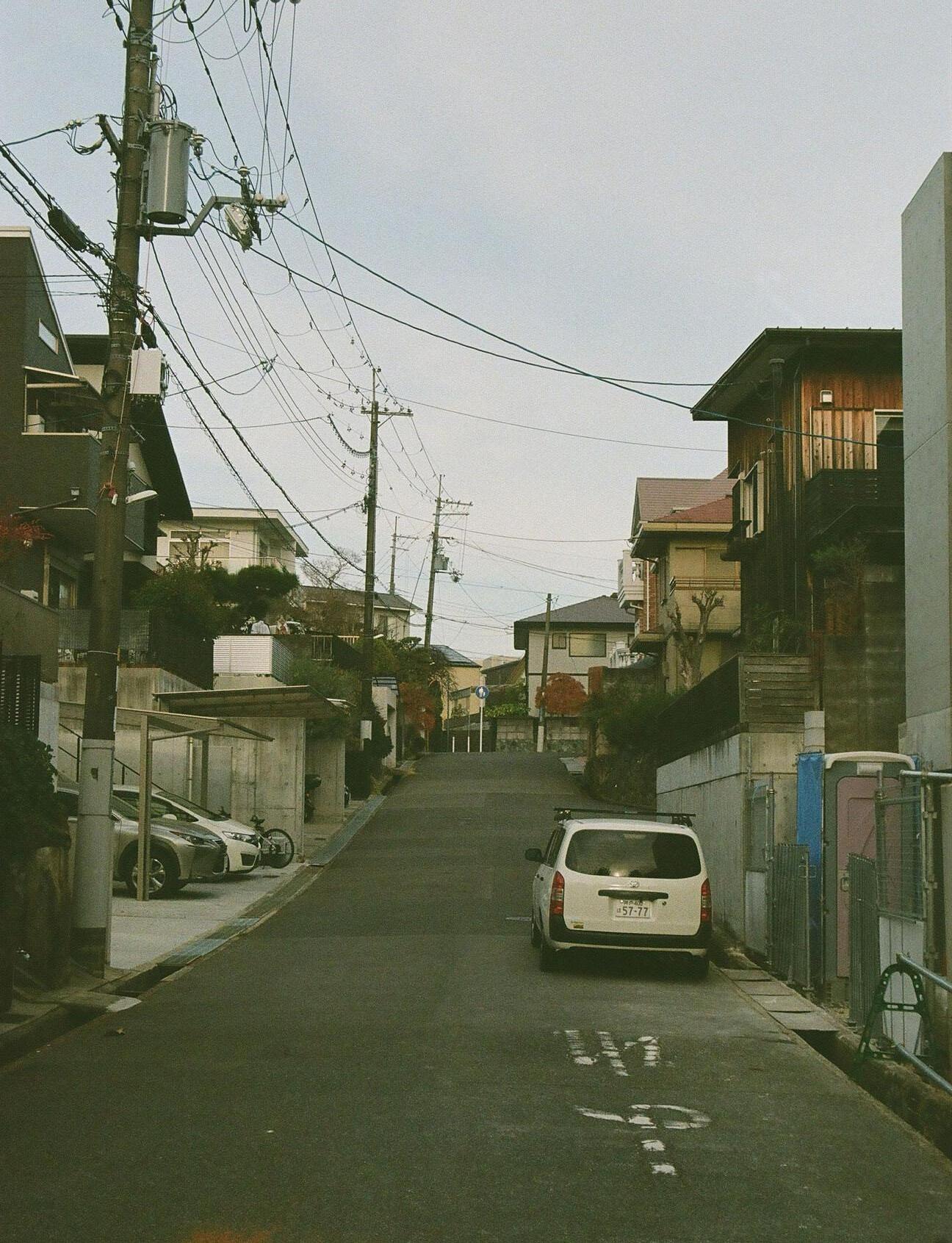
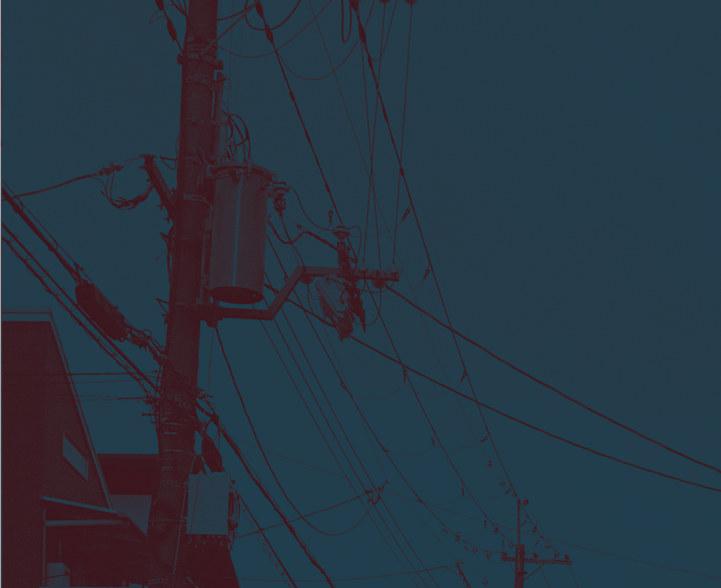



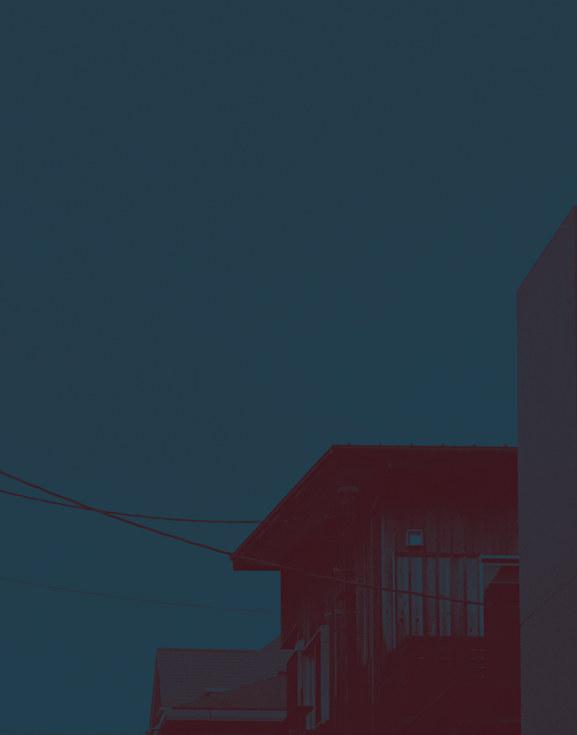

the concept
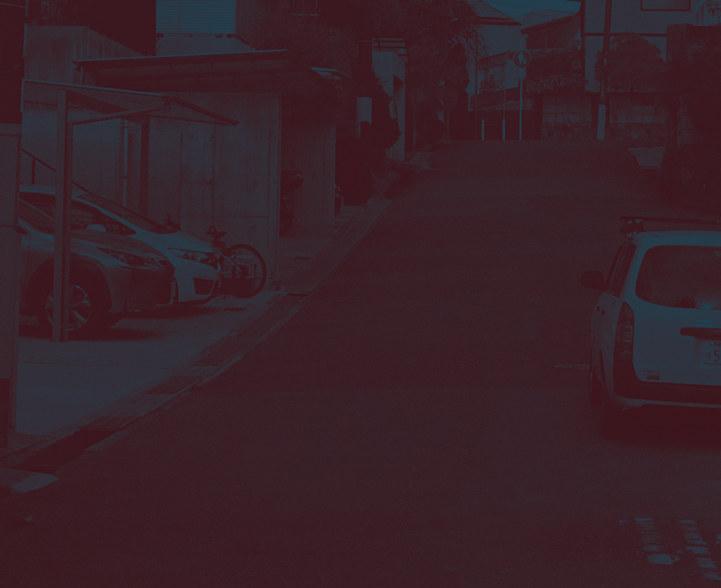

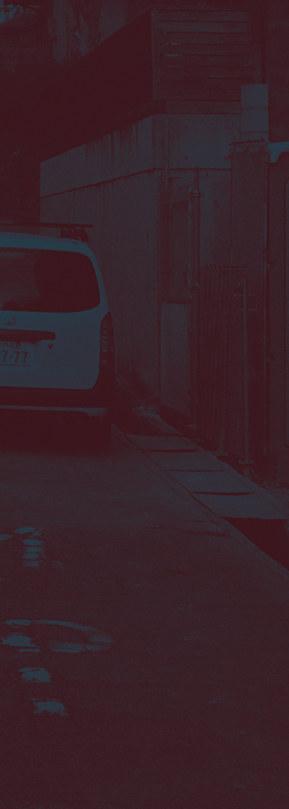

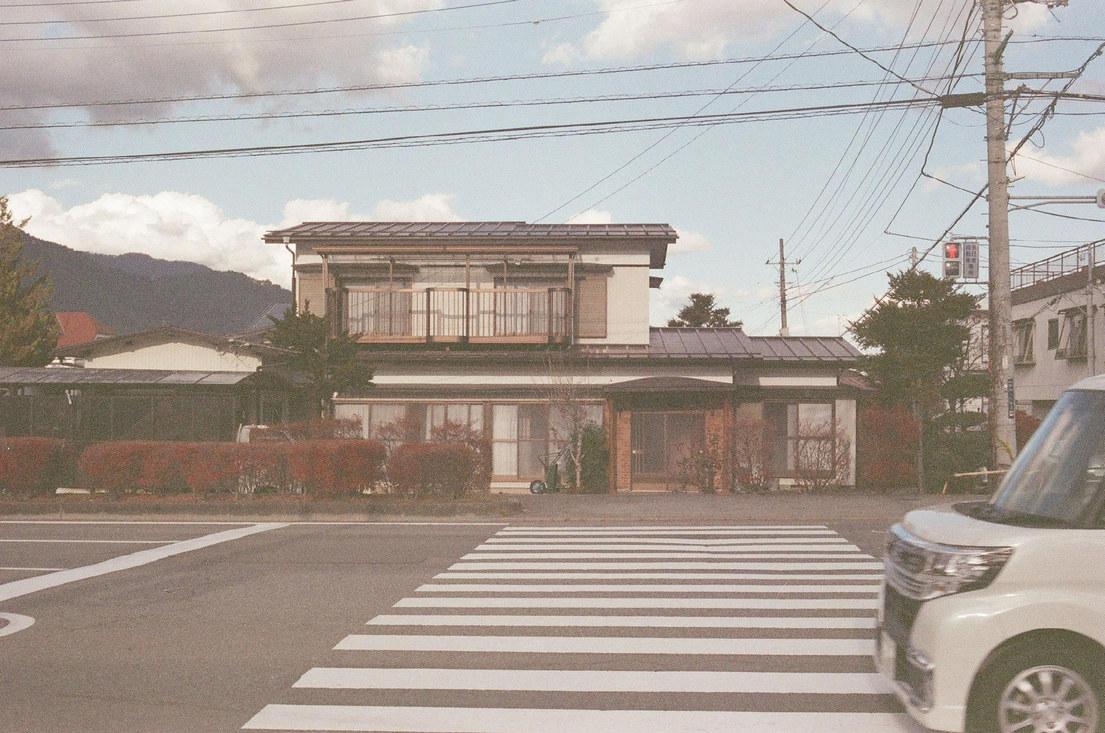
Outside of photography, Valheria Rocha is a really magnetic conversationalist. She shared with me this idea by Neil Degrasse Tyson that she summed up in saying
“It’s not the crash that kills you, it’s the change in your velocity, because it’s not the fact that you’re impacting something, but rather the fact that you’re going from a hundred miles an hour to 0 miles an hour like that.”
In the case of productivity culture, a complete disregard of work and any form of effort is not the solution. The idea that work gives us purpose has some truth to it, but not in the way we are currently existing. Working to survive has become our only goal, and it often exhausts us from putting effort into our personal creative endeavors. Having the time and energy to put towards the things we are passionate about should not be a luxury for only a lucky few but instead a universal necessity.
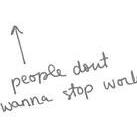

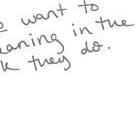
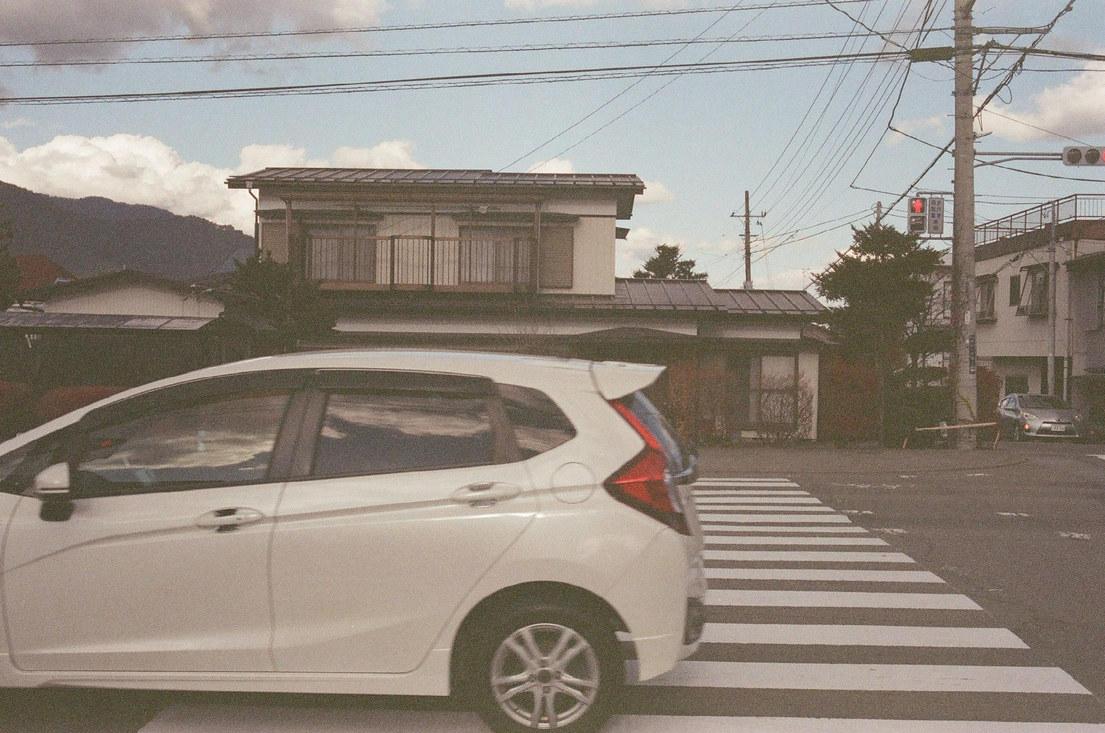


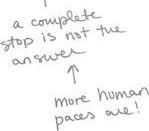
On many major highways, there are emergency ramps meant to slowly bring trucks to a complete stop in case of brake failure. This project, like a truck ramp, is the application of friction meant to bring us to safer speeds. It is meant to dismantle cases of pseudo-productivity and productivity culture in general so that we may become more intentional with the way we work and, more importantly, the way we live.
It’s not us taking our foot off the pedal; it’s a more meaningful slow down.
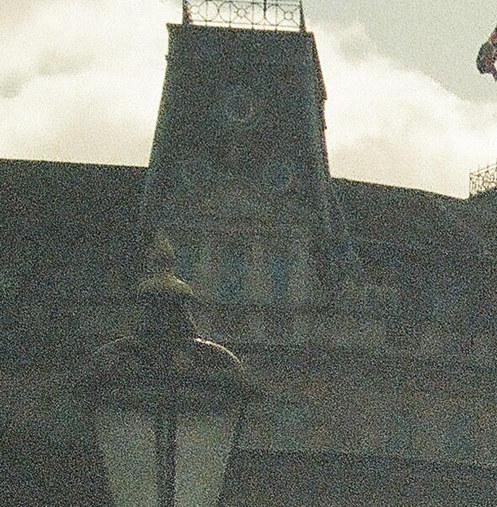
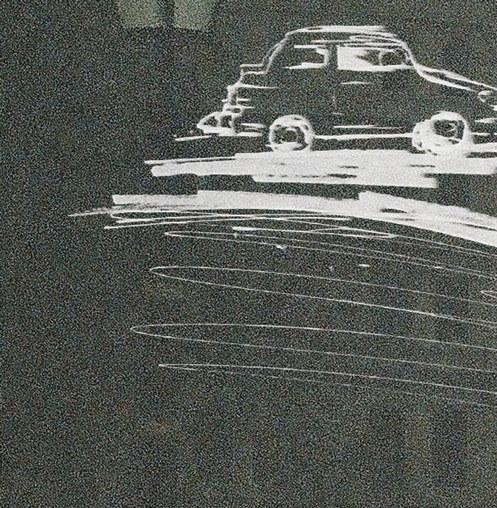
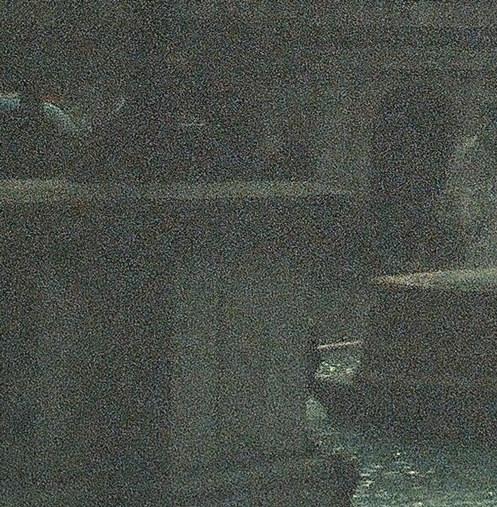
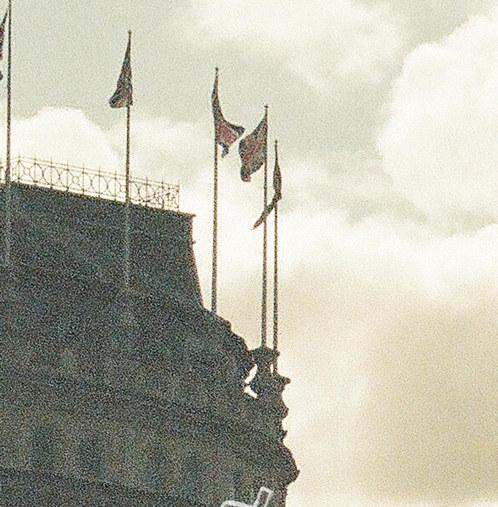
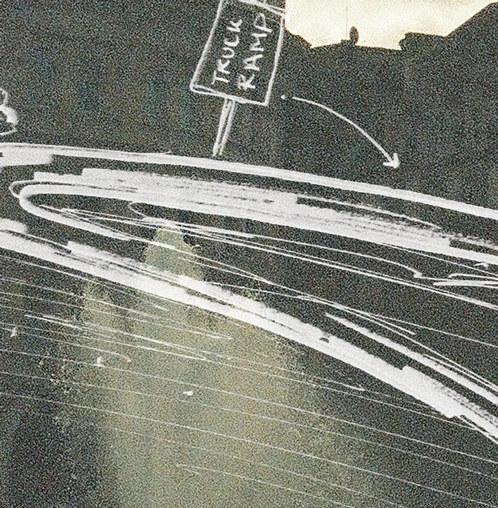



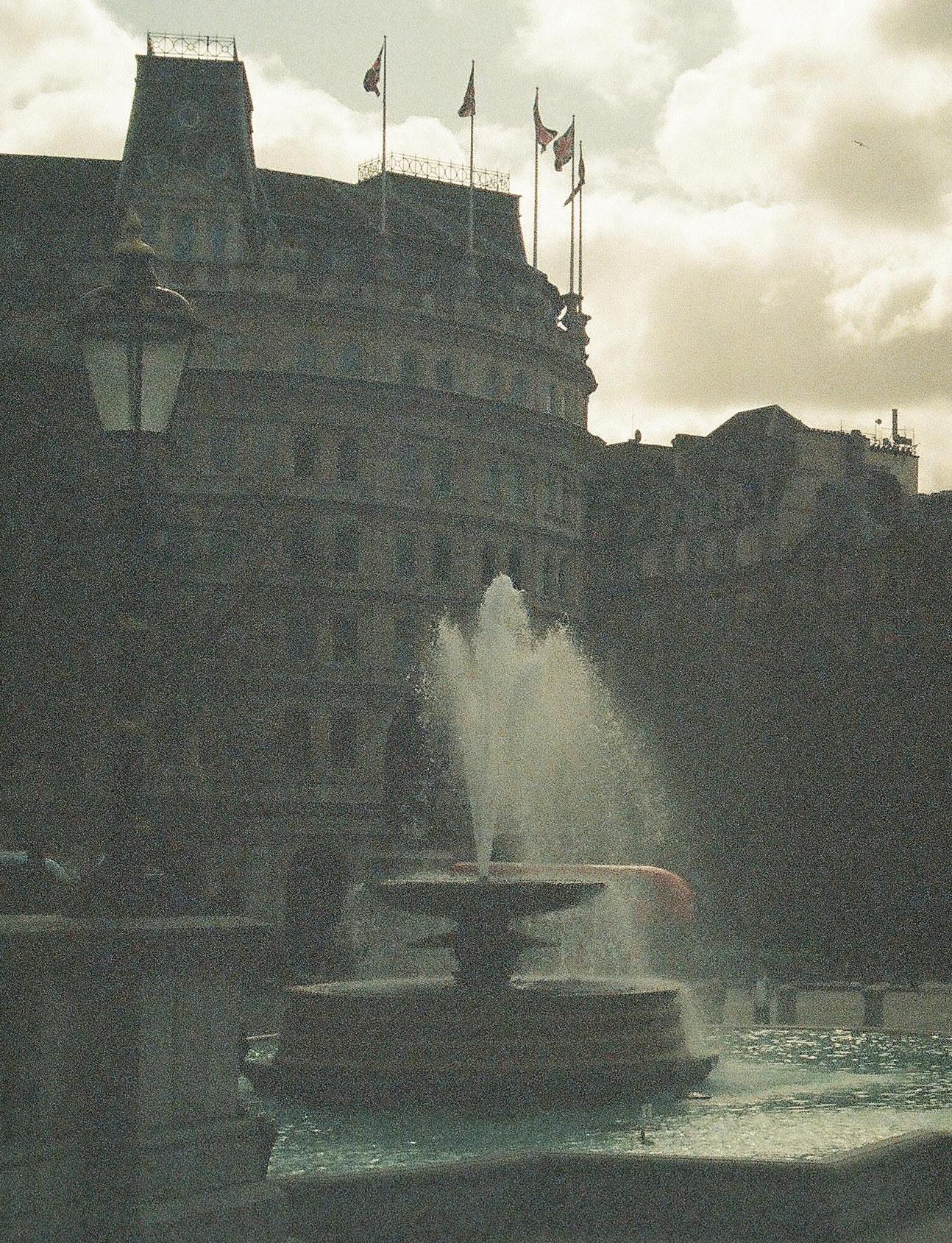
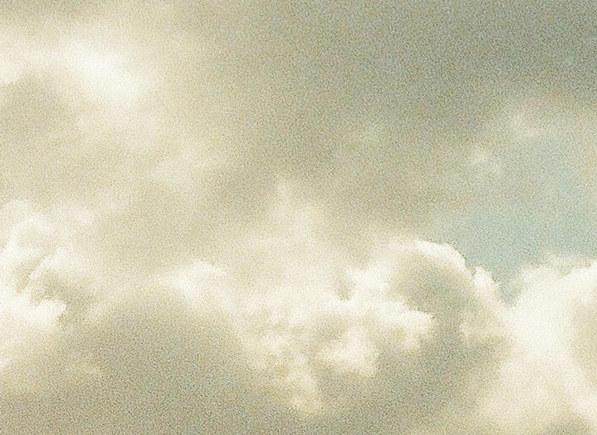


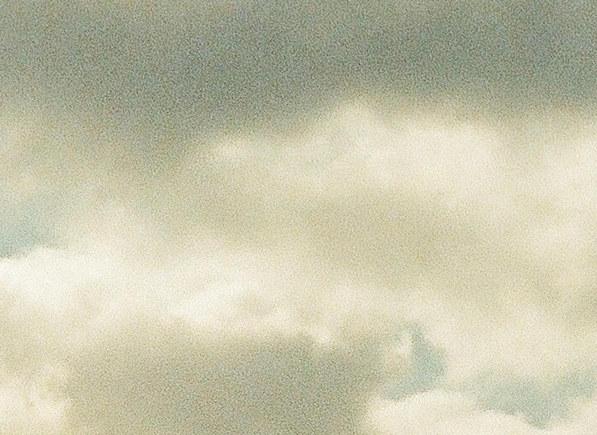

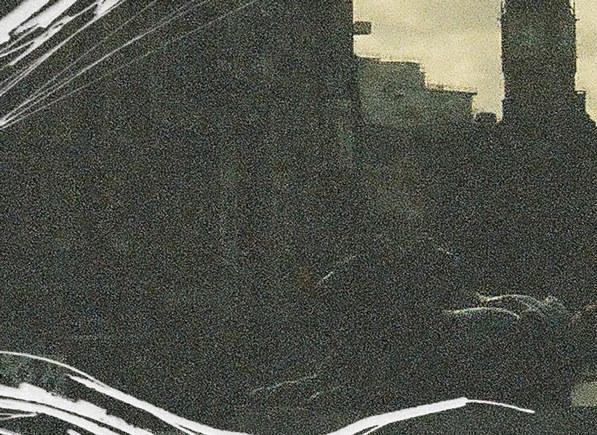


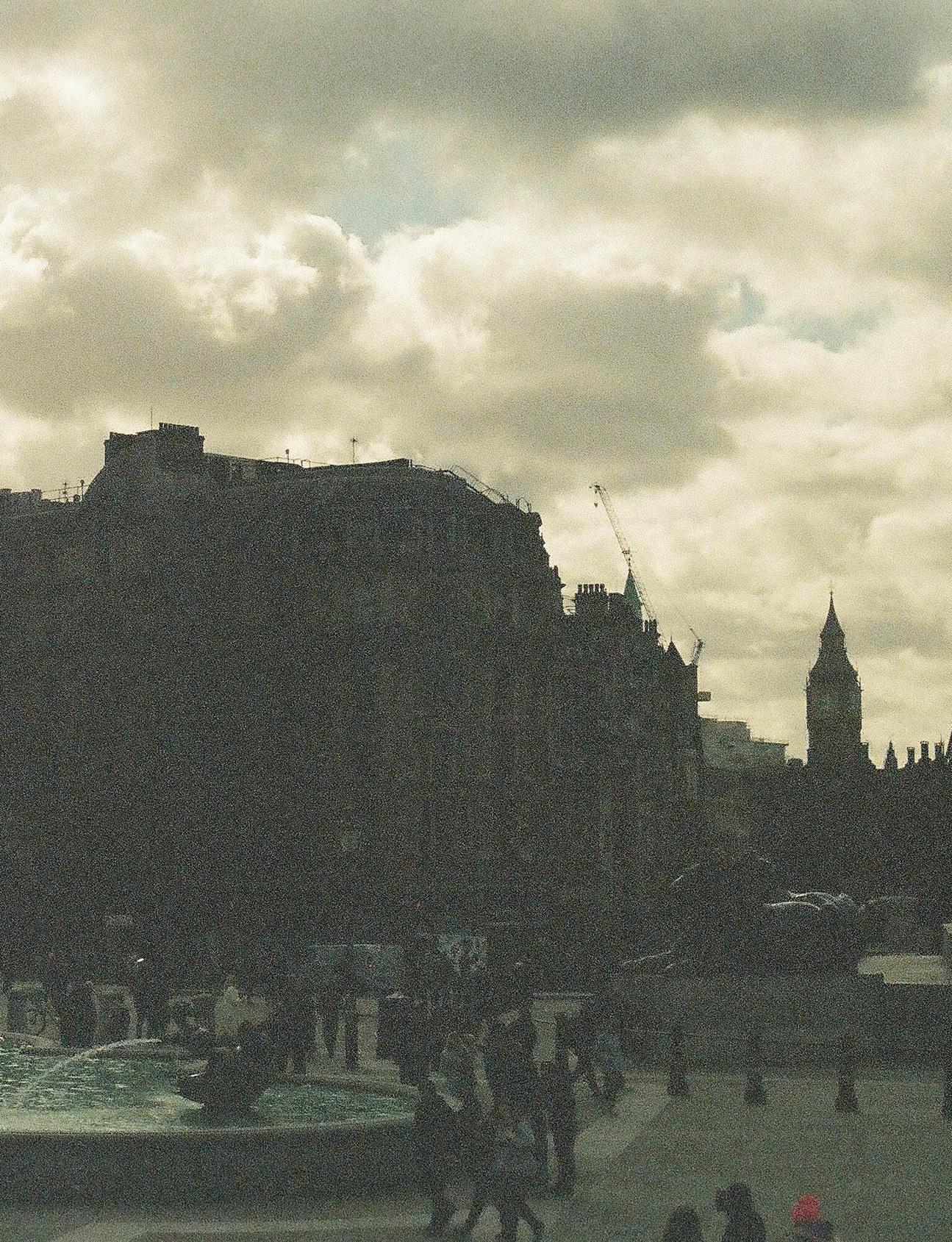
TYPOLOGY
A handful of think-tanks popped up around the 1920s, which grew to a few hundred in Western cities in 1950, which then grew to the approximate 8,000 that exist around the world today. Many Western think-tanks were born from a the decline of the British influence amidst the beginnings of the American colonies. These institutions were designed around the formulation and discussion of politics, policies, and economics.
In their absolute worst form, think-tanks can be seen as a bunch of middle-aged men sitting in a room, waiting for the moment to hear themselves speak and pretending to listen to those who actively are. At their best, they are not that, but something else that I feel scared to describe poorly.


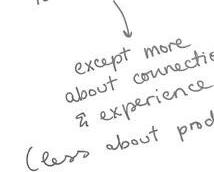
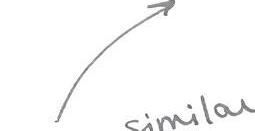





They were never meant to influence the majority; they knew their
They were never meant to influence the majority; they knew their reach, and they sought only to connect with a specific audience, and received, in return, a greater likelihood that their audience would listen. In research, I also found that original think-tanks held a focus on internationalism, or this concept that the ideas they shared wouldn’t be confined to the ideals or cultures of a specific place or region. This is something universal and should remain steadfast in this current space as well. Another key feature of original think-tanks was a rejection of utopianism. At that point, they were focused on realistic solutions to the turmoil of the American Revolution. I am famous for stretching meanings, so for this project, the rejection of utopianism does not refer to political ideals, but instead refers to doubling down on critical thinking — constantly revising and challenging ideas to create an end result that may have a chance at real life application.
Throughout the duration of my research, it felt like I was banging my head against a table repeatedly, desperately trying to figure out a way to “solve” the problem of productivity culture through the built environment. At the start, my hopes were high. I was so convinced that research and journaling and critical thinking would allow me to come up with a one-size-fits-all solution to this global issue. Optimism is a strength in and of itself, but sadly, this task ultimately proved to be impossible. Then I wondered what would happen if I put the problem back into the hands of the user. If I can’t be the one to solve this issue for them, what if I gave them a space to solve it for themselves? And, in that case, why stop at productivity culture? Why not give them the freedom to discover the things they are as passionate about as I am about this, and, at the same time, allow them to explore other interests and hobbies without the pressure of mastering them on the first go? This second piece became the aspect of my project known as “hobby experimentation.” I consider it my personal allowance of fun.
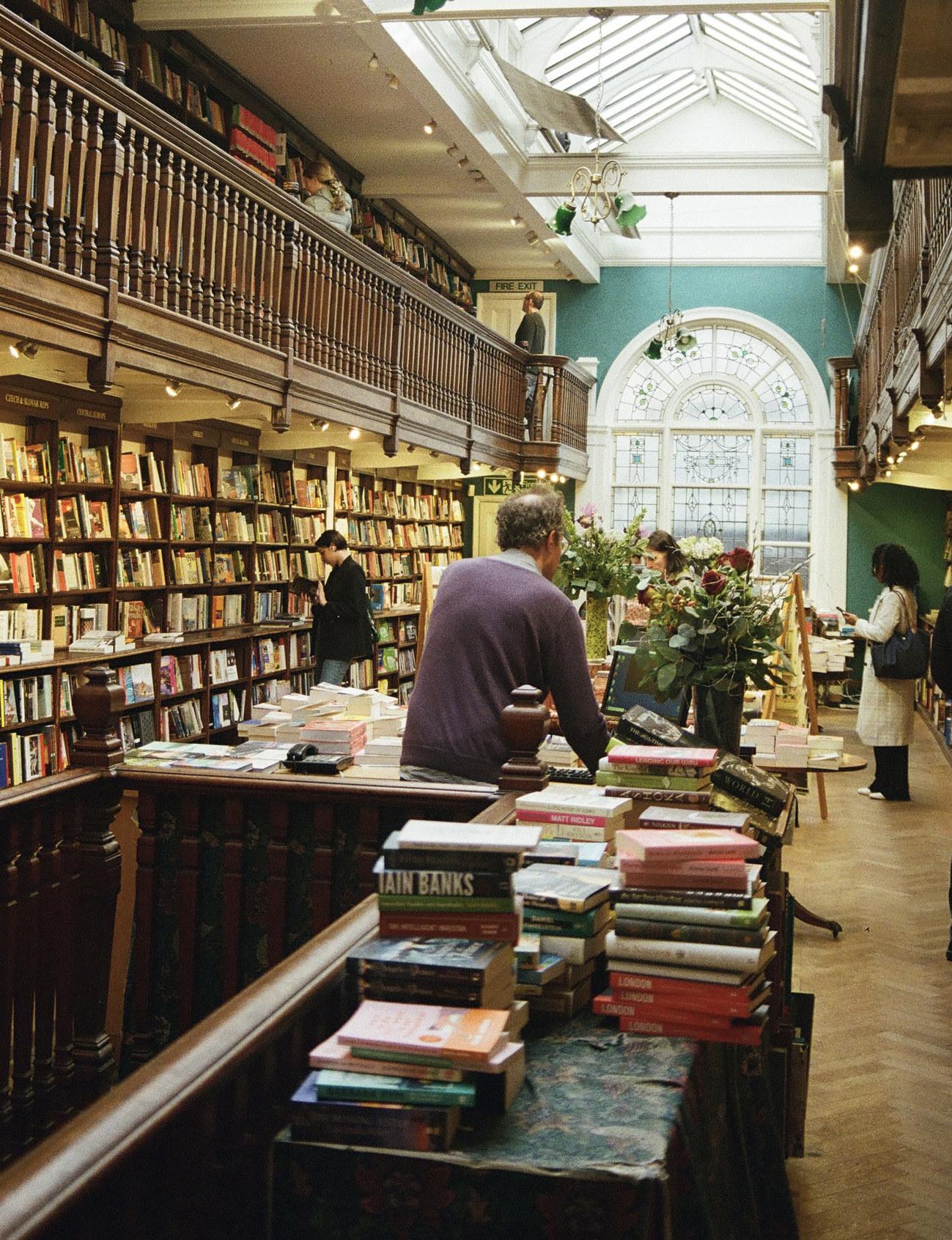
What if there was a space for creative people to come together and collaborate on issues they felt passionate about, all the while rediscovering who they are beyond what they can produce?

DESIGN-SPECIFIC terminology
Think tanks - “research institutes that seek to play a key role in making and influencing global, regional, and national policy. Whilst each think tank serves a specific purpose, they all share a common vision to improve their respective sectors, as well as being sources of new ideas and research” (Oxford University)
Expert sourcing - “tapping into a collective group of experts in various fields in order to cross-pollinate ideas and spark innovation” (Forbes)
Maker space - “a collaborative work space inside a school, library or separate public/private facility for making, learning, exploring and sharing that uses high tech to no tech tools” (Xavier university)
Trait consciousness - a method of self-awareness and being so in tune with your personal traits and ways of thinking that you are able to reason and understand your own reactions to things.
Innovation labs - designated places where creatives engage in the exploration and experimental freedom of ideas
TOPIC-SPECIFIC terminology
Knowledge work - “the economic activity in which knowledge is transformed into an artifact with market value through the application of cognitive effort” (Slow Productivity)
Pseudo-productivity - “the use of visible activity as the primary means of approximating actual productive effort” (Slow Productivity)
“Overhead taxes” - the “administrative chores” and “logistical efforts” required to complete a single task (Slow Productivity)
Personally universal - a self-coined term that refers to the way in which humans experience similar or almost identical emotional reactions except to different experiences that are unique to their individual lives.
“The Unpaid Shift”: - a term used by the BBC to describe the unpaid and unrecognized emotional labor women are expected to perform in the work places

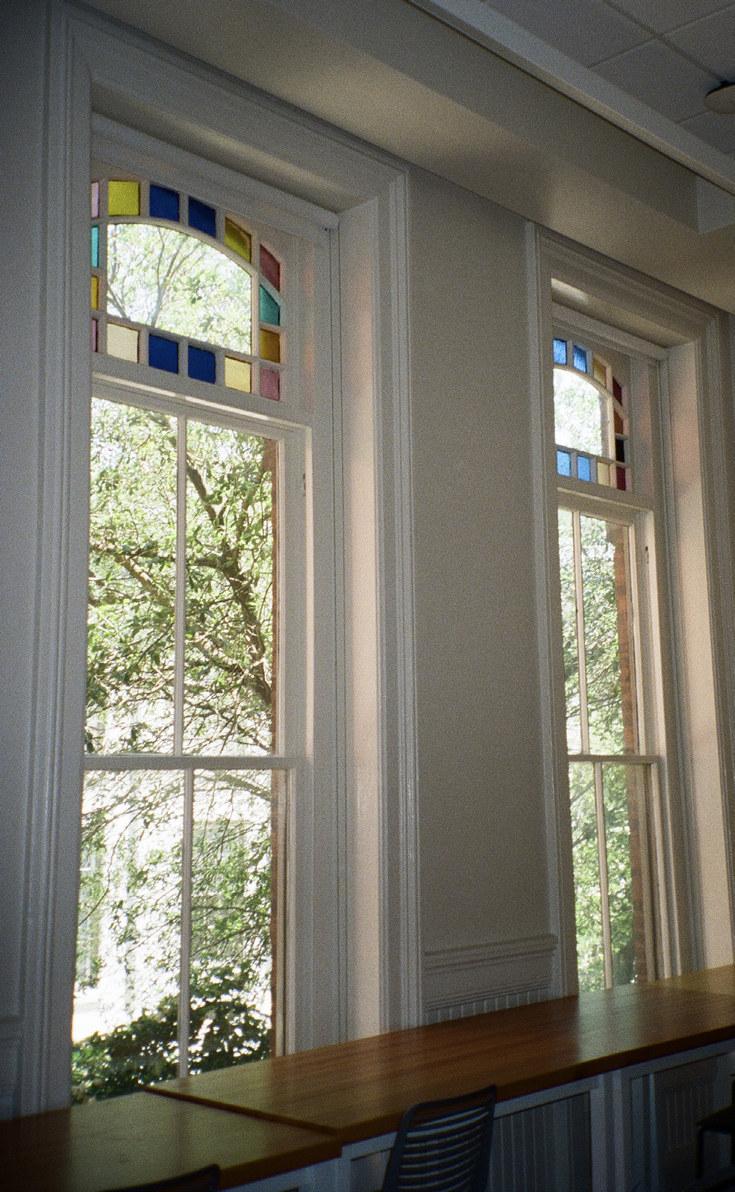
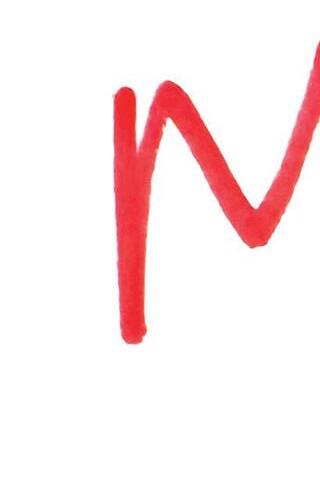


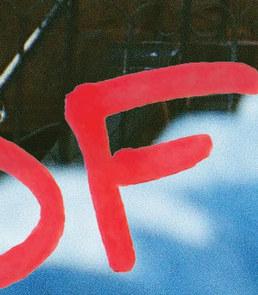



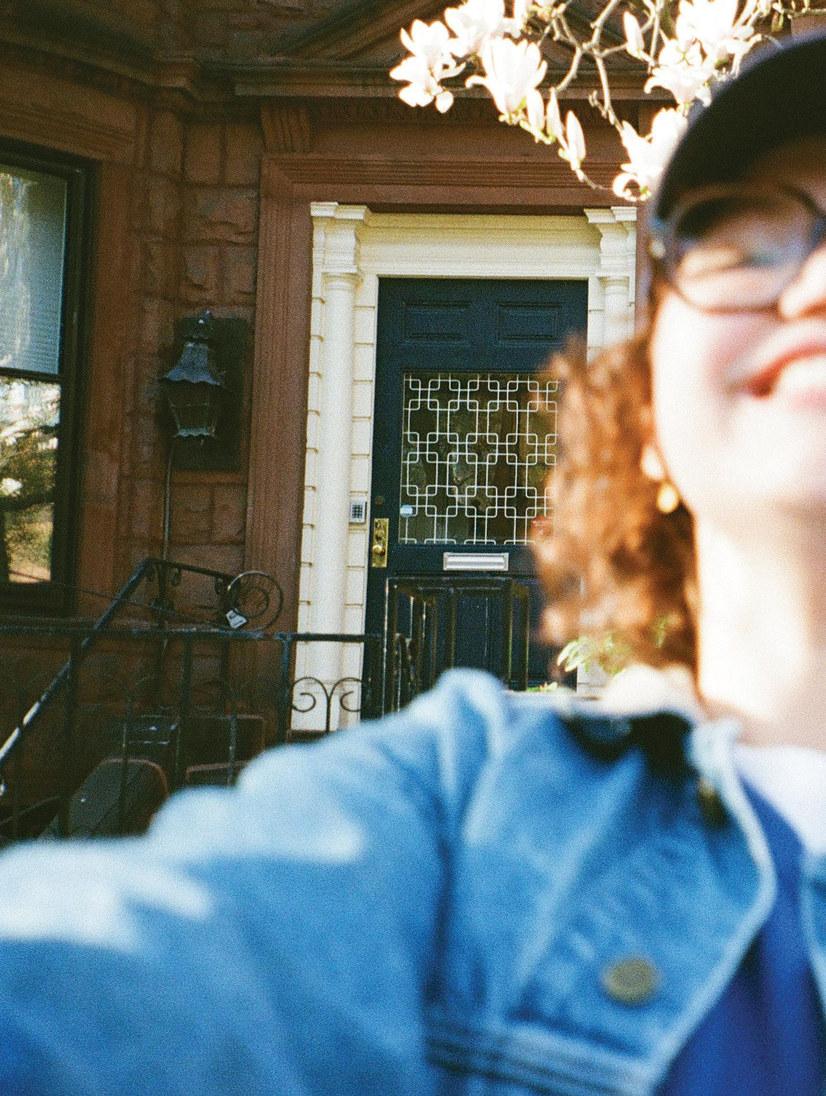
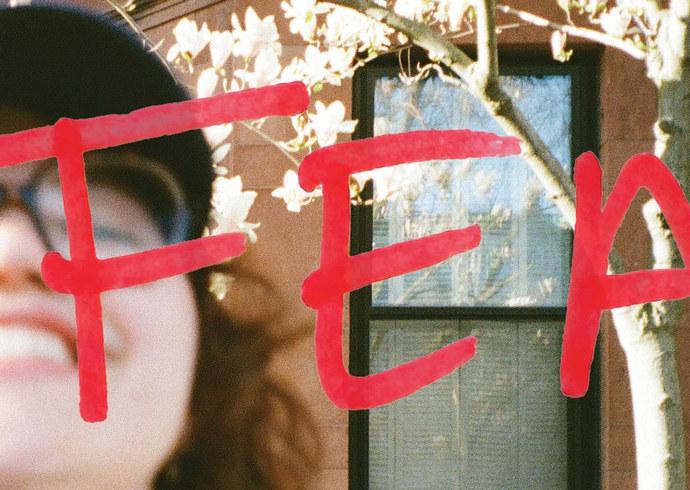





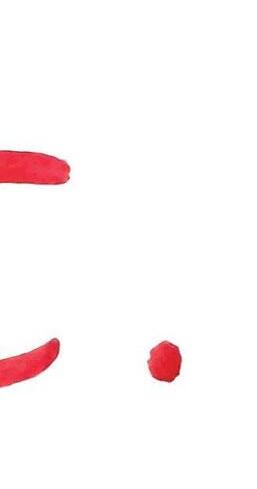
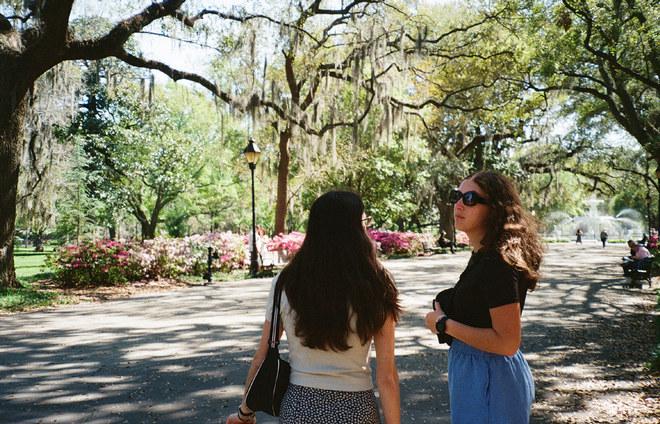
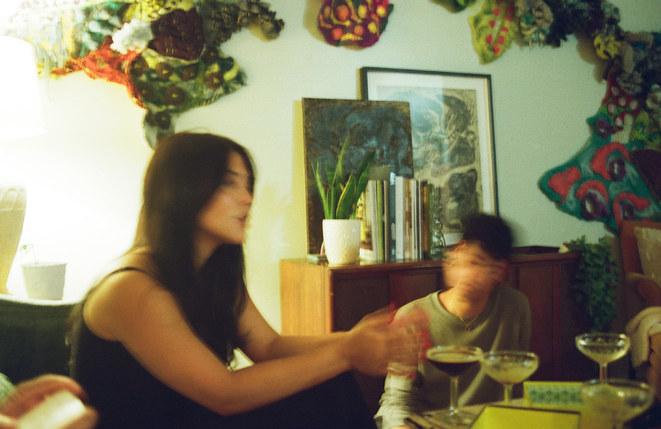


Throughout the 10 months I’ve been working on this project, I’ve had this ever-present fear that the idea of challenging productivity culture was too “big,” and my skill set for handling it was simply too small. I was so scared that I would miss something, that I would overlook a key feature of the research, that the project itself would fall flat, and the whole thing would feel inauthentic... cheesy, if you will.
I really enjoyed the safety of the idea existing only in my head. It felt so vast and full of possibility. I didn’t have to worry about specifics because I saw it as this all-encompassed entity. So, when it came time to bring it to life, I simply didn’t want to. The moment I tried to make it real, I would be giving myself the chance to mess it up, to risk the chance of people not being able to see the meaning in it that I saw. I read a passage from The Creative Act: A Way of Being by Rick Rubin that says “The imagination has no limits. The physical world does. The work exists in both.” Rick gets it.
I think it all sort of feels like the difference between a staged and an unstaged photo. A lot of people don’t view staged photos as being as authentic or as artistic. There’s this idea that talent and artistry come from the ability to capture a moment completely untouched. I have to admit, unstaged pictures can be really beautiful. It feels like you’re a quiet observer to a very specific moment in time, and that can be really special.
All this to say, I am very bad at taking any sort of unstaged photos. I am rarely subtle enough to not let everyone know my camera is in my hand, and, above all, I am constantly afraid that if I don’t ask my friends to stop for the photo, I’d miss it all. My fear of cheese finally came to fruition when, as I worked towards the final renderings of my project, multiple people around the interiors department would come and tell me how “cute” it looked, and how adorable I was for rendering it the way that I did. Hearing so many people say that was kind of devastating at first. I had worked so hard and for so long trying to avoid a project that lacked substance and meaning, and for people to see the final project and reduce it to being cute really p*ssed me off.
But, it’s not their fault, because the thing that bothered me the most was that it really was cute. All the research and scholarly articles and interviews and notebooks scribbled through entirely led me to a conclusion that the whole time, it was all about people. And for me, and this project (the last project before we all graduate and move on), it was all about my people, my friends. And that’s kind of adorable. I had to come to terms with that for this to work. So now, writing this, I can say that I’m not afraid of cheese anymore.


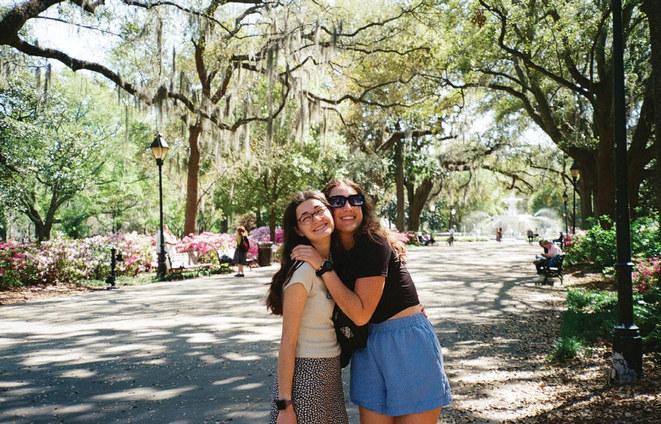

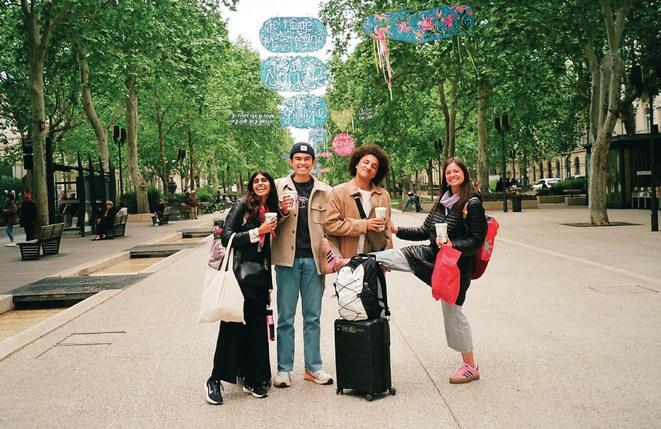
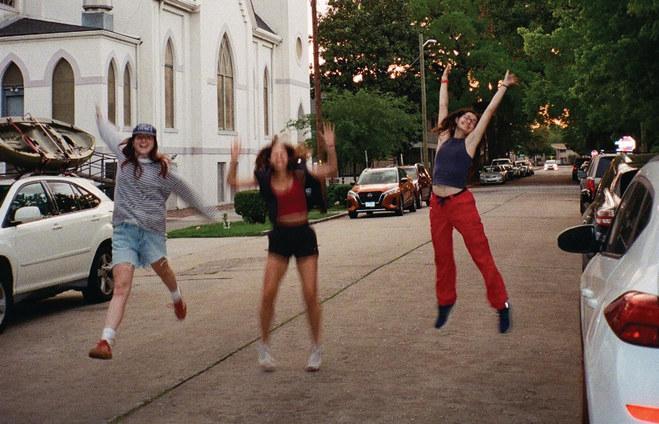
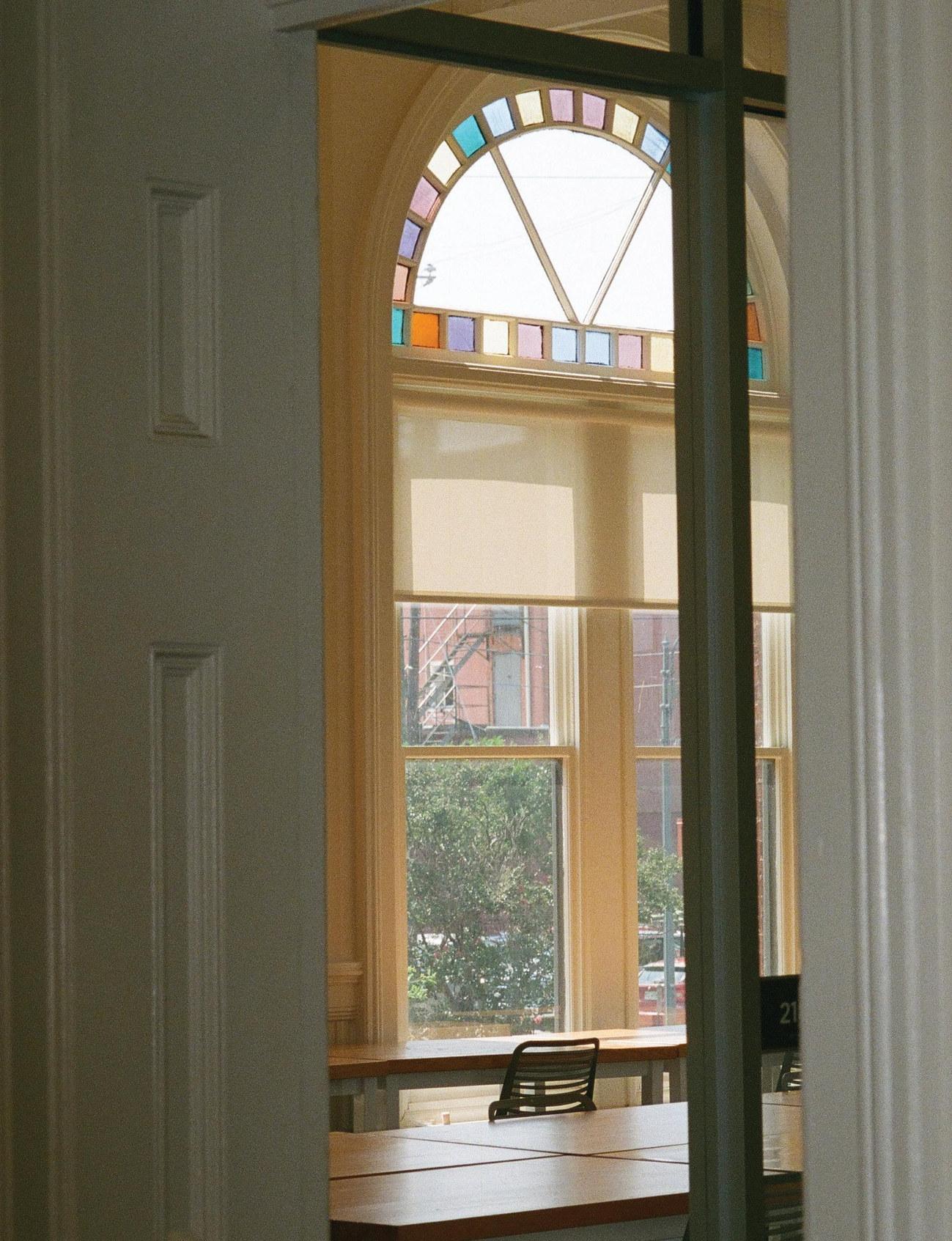
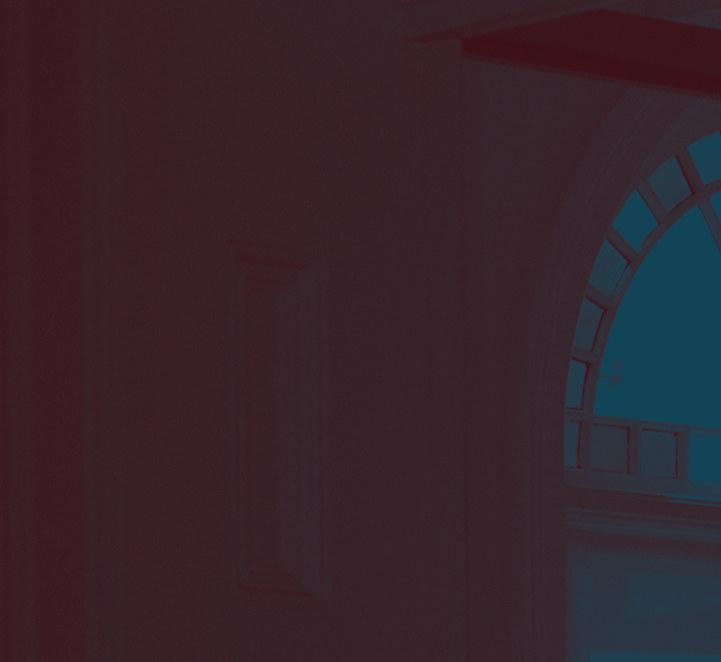


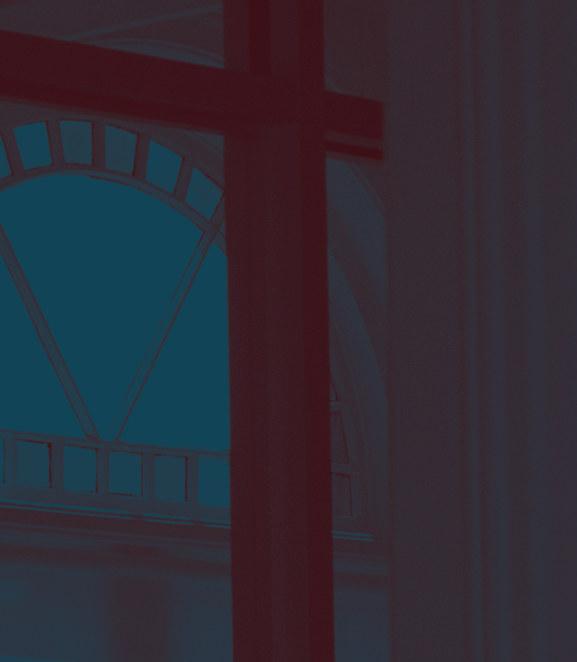

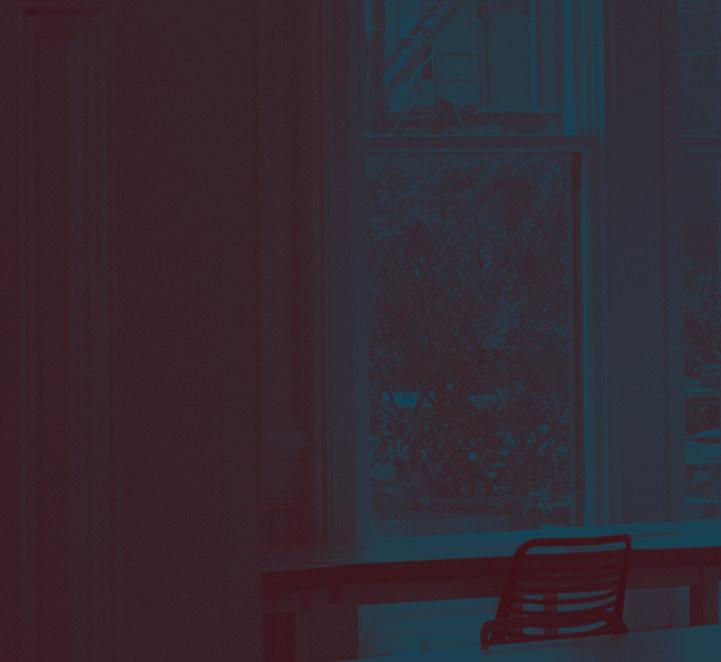
the design




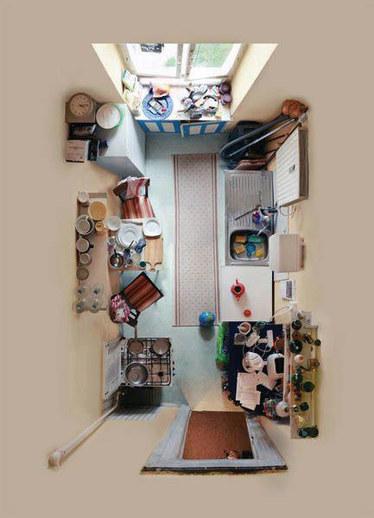

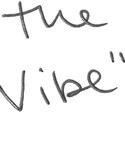
There seems to be something truly cosmic about the bond between me and my Pinterest boards. I have been taught to keep conceptual inspiration images as non-architectural as possible, and I’ve found that I now prefer them. Creating a space based on the feel of images rather than their literal contents is my much preferred design method.


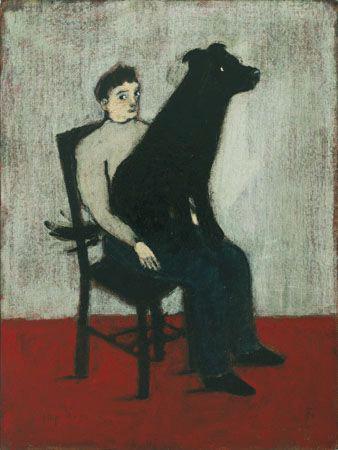
For this board, it was very much so a “pin now, analyze later” scenario. Once I had a pretty hefty supply of images, I was able to draw some common themes from them. Other than a pop of red, almost every image seemed to have a certain unexpected kookiness about it. Chasing this whimsicality very soon became a main goal of my design.
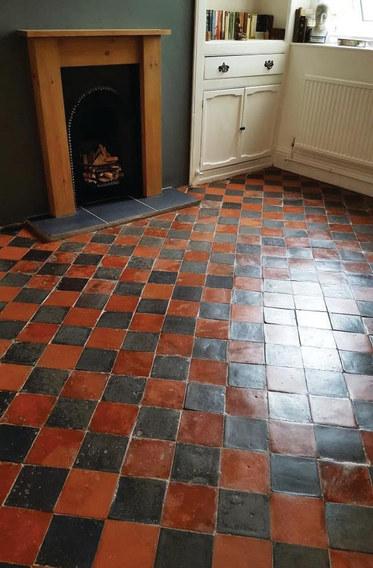
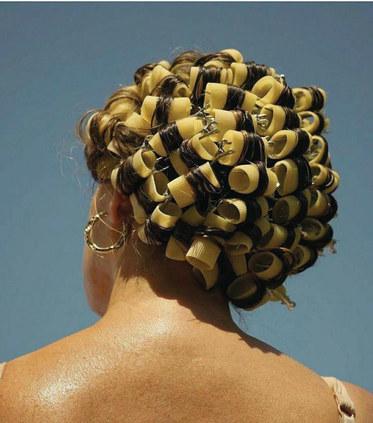

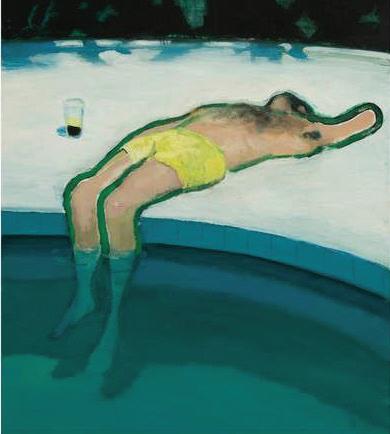



- capstone
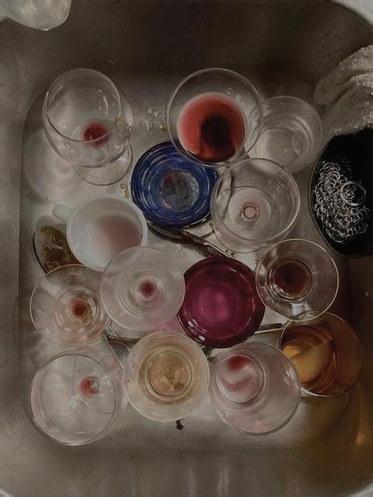
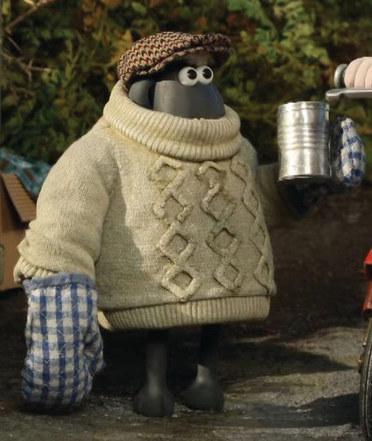

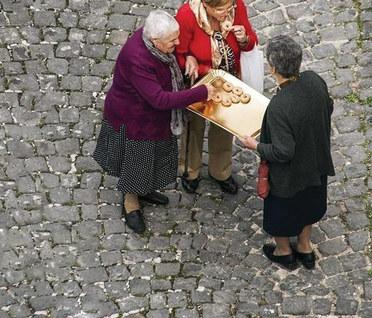
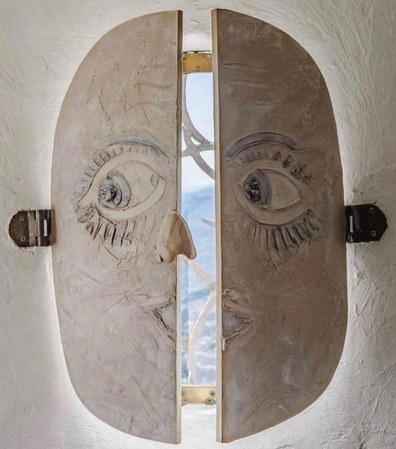
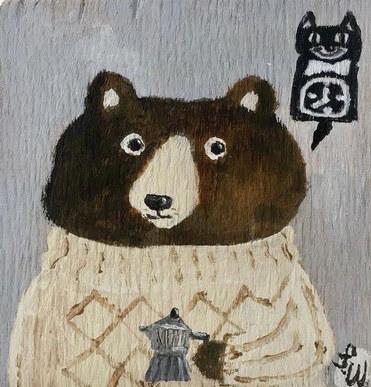
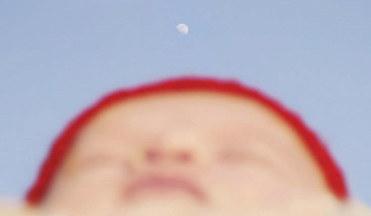
Photos courtesy of my Pinterest board and their respective owners
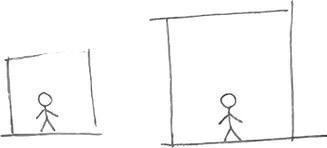
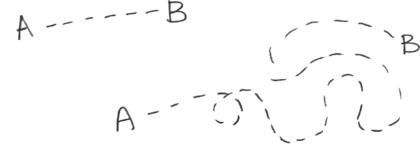




- Varying ceiling heights, furniture sizes, and overall room dimensions to create spaces that feel both intimate and grand
playing with scale complicating circulation
- Integration of the idea surrounding the English ramble (the tradition of walking for walking’s sake without a specific destination) into circulation to create “accidental leisure”
opening up
- In reference to Notting Hill’s Portobello Market stalls and the idea of creatives opening up their spaces and sharing it with the public, both for their consumption and enjoyment
for the love of 3rd spaces
- Using Trafalgar Square’s success as a third place due to its proximity to museums, galleries, libraries, and other places rich in culture and creativity. The idea then is to create a public third space in this building, whose richness will come from its proximities to other creatives.
hiding away
- Thinking of children’s play places and their proclivity for seeking out hiding spots, returning to a more childlike view of untouched creativity
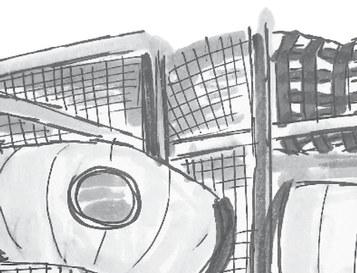


HUMAN CONNECTION SPACES (PLURAL)
LIBRARY ~ 2100 sqft
HUMAN CONNECTION SPACES (SINGULAR)
RESEARCH LABS
SPACES FOR HOBBY EXPERIMENTATION
MUSIC STUDIO
POTTERY STUDIO
ART STUDIO
MOVEMENT STUDIO
OUTDOOR SPACES
LECTURE SPACE
CAFE
PERSONAL STORAGE “LOCKER ROOM”


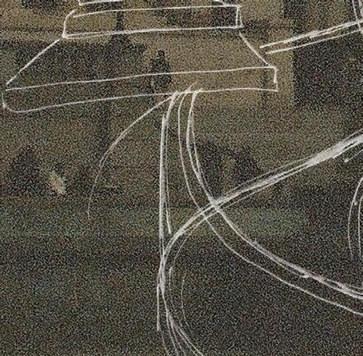
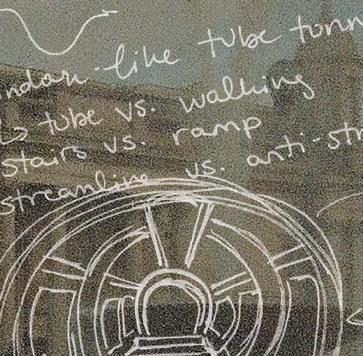
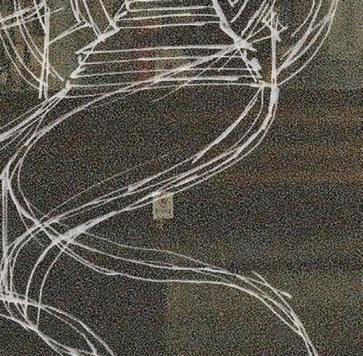


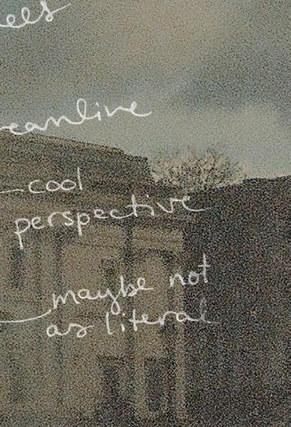
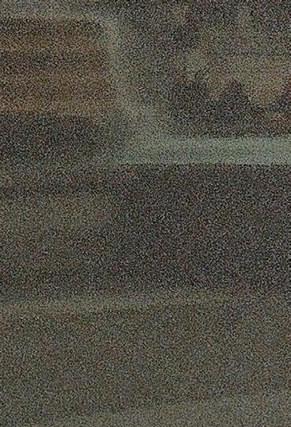
This circulation prototype is an embodiment of the concept “Change in Velocity.” It starts out as a tunneled staircase referencing London’s tube system, and morphs into an open walkway winding throughout this space. It’s this idea of “anti-streamline” design, going from a method of extreme efficiency to one of forced leisure.






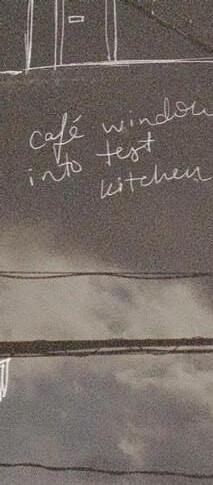
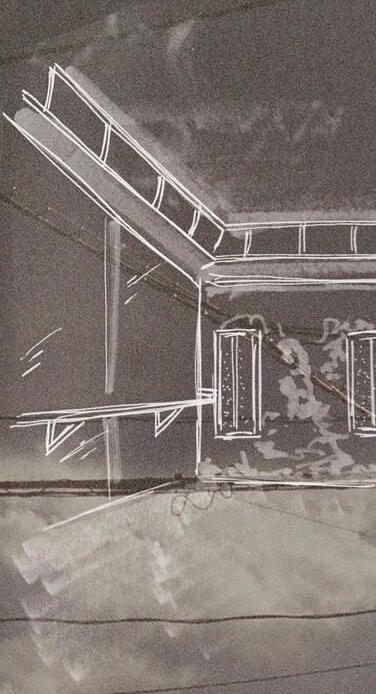
design - design that complicates itselfforthe sake of bea

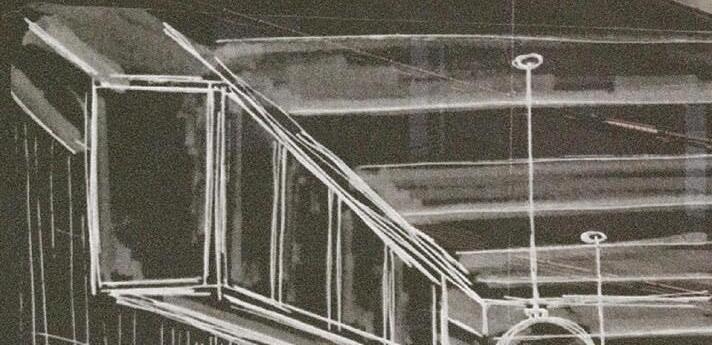


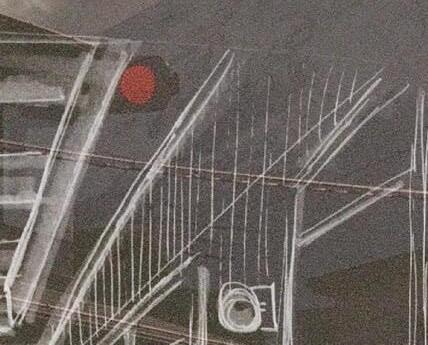

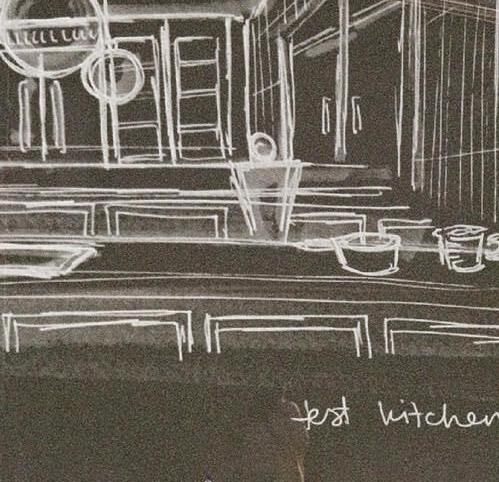

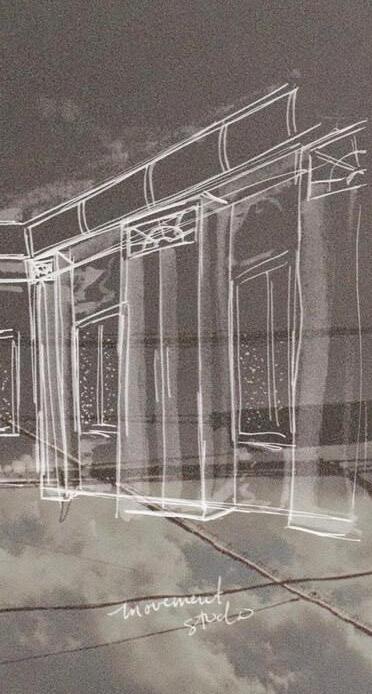
autyand



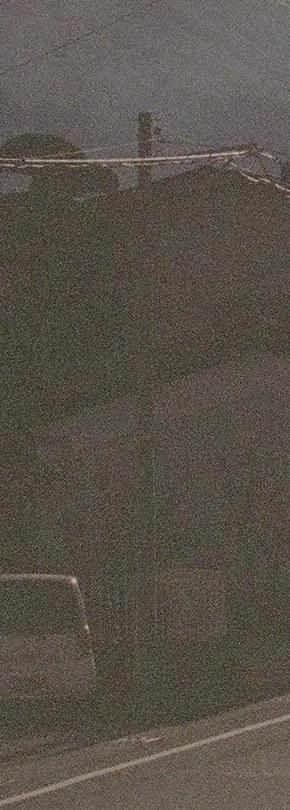
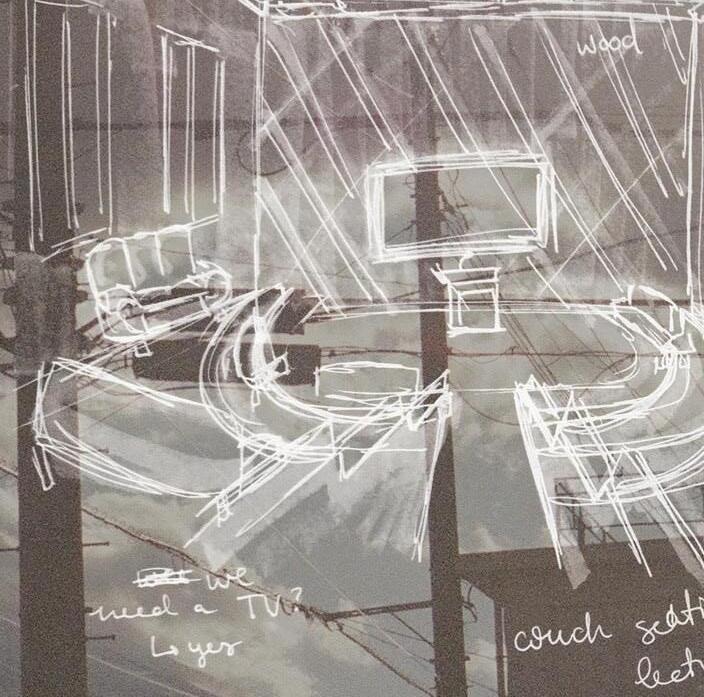
f orced l eisure;the “stop & smell the roses” of the design world


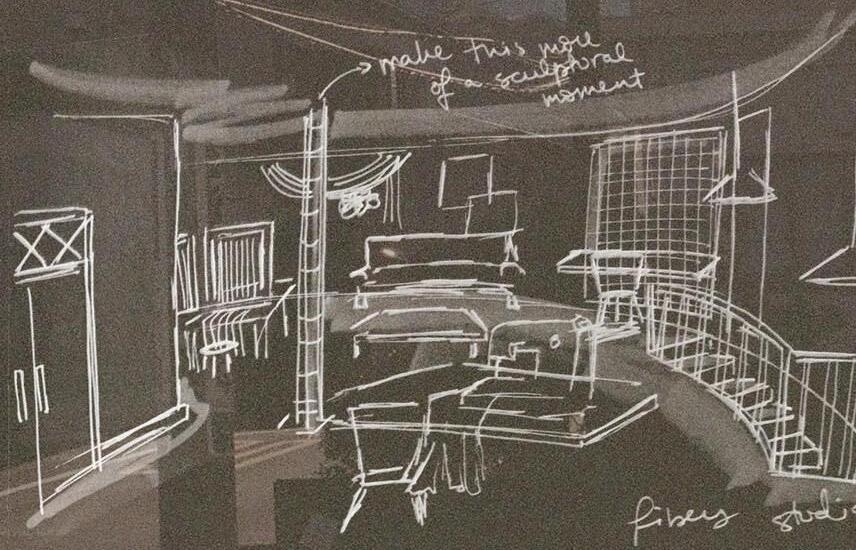

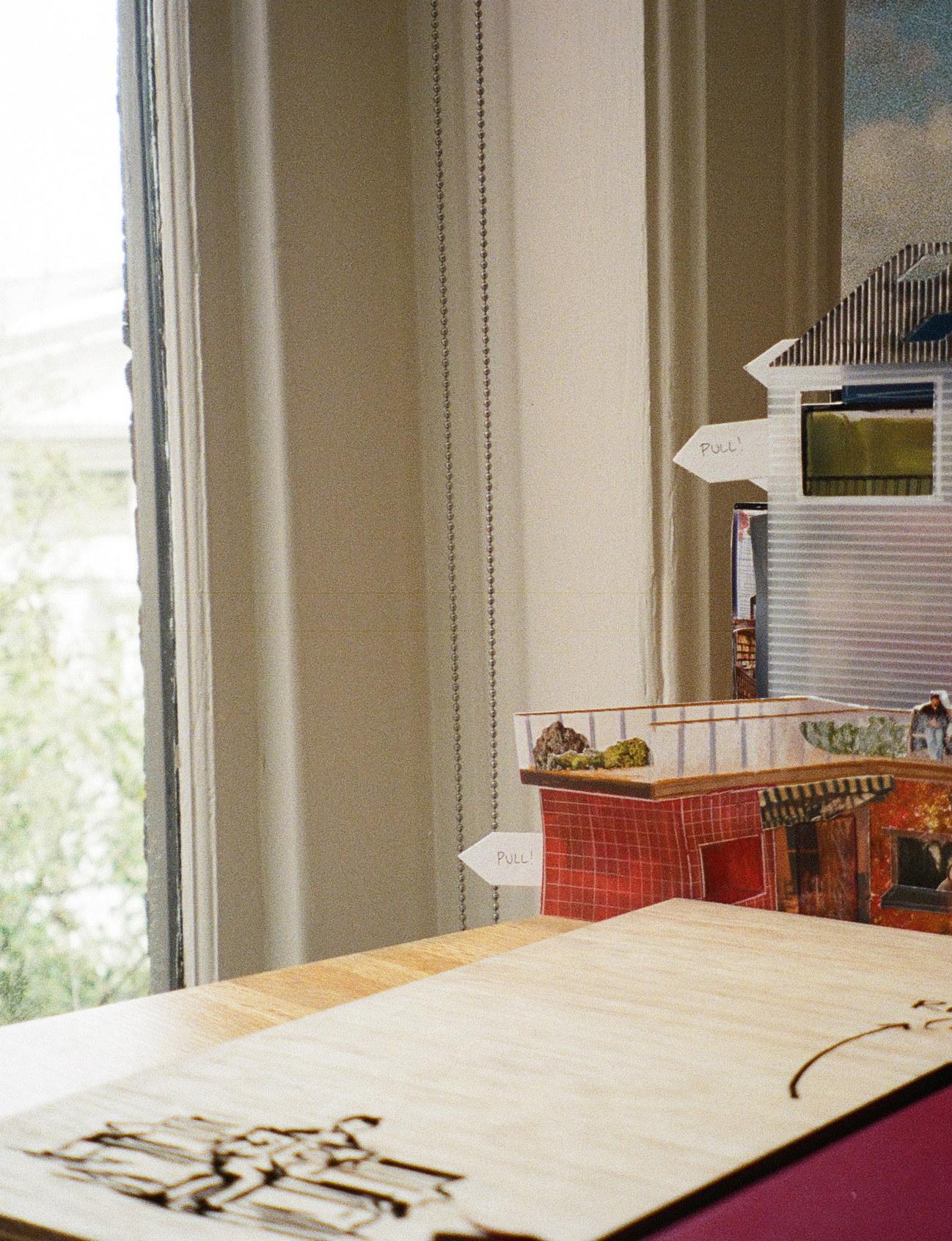
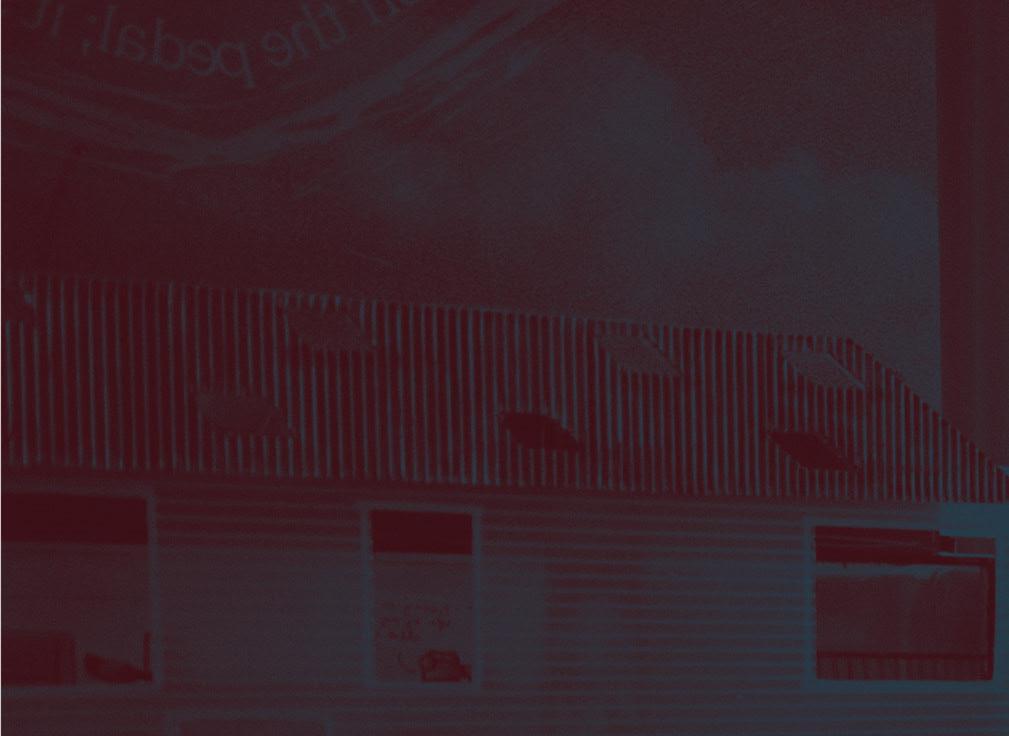


the presentation
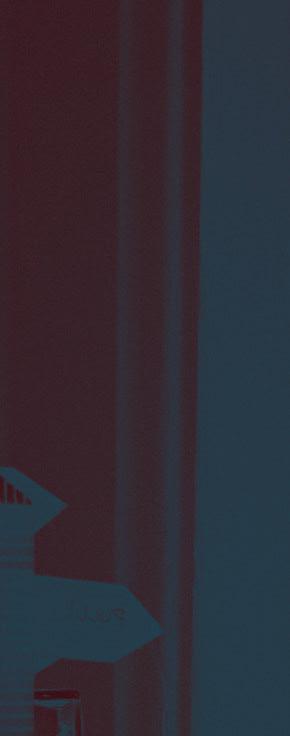
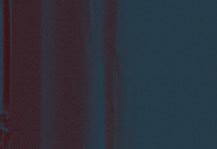

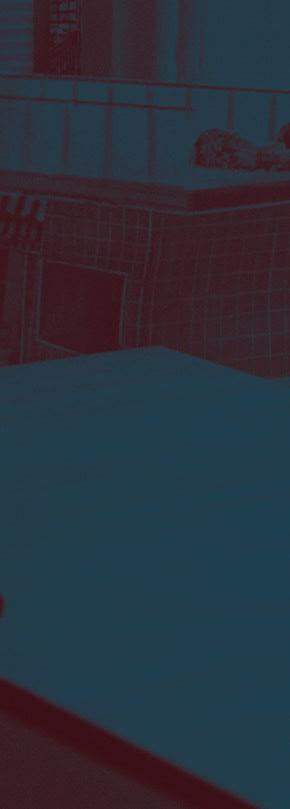



























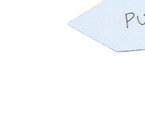


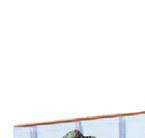

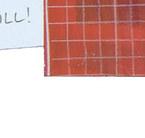


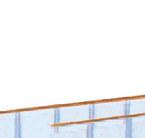

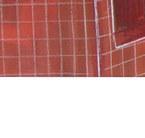


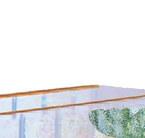
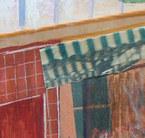
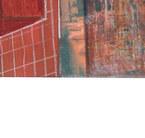

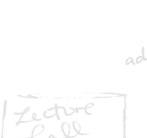

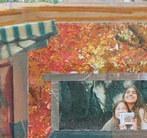


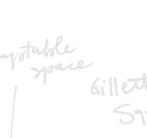

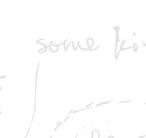

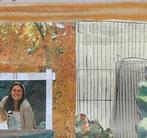
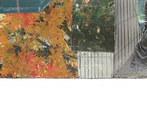

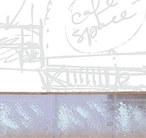


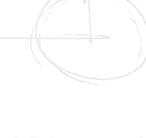
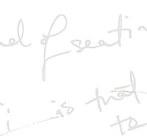
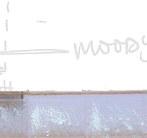
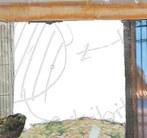
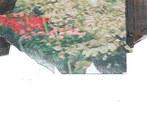




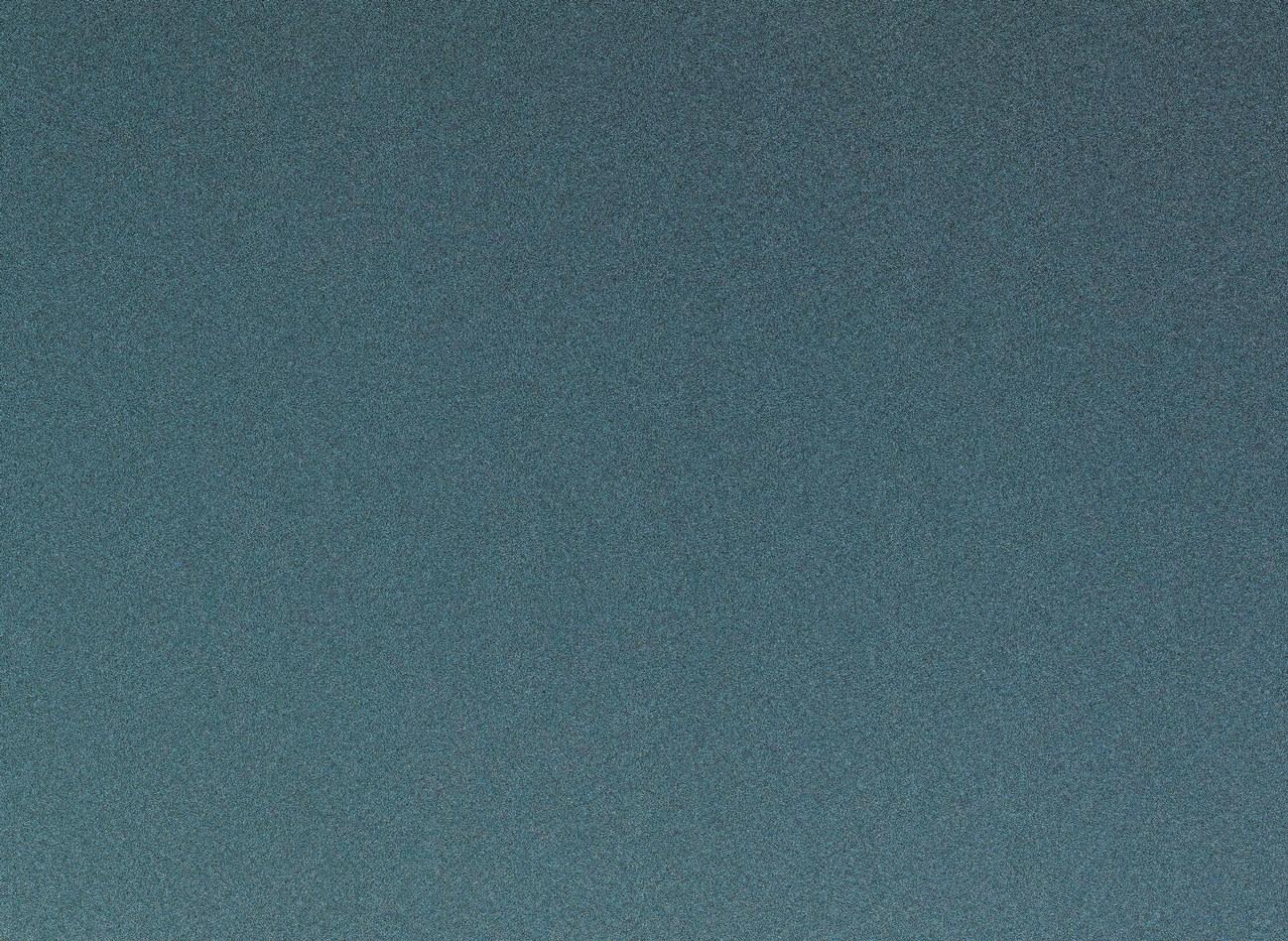

















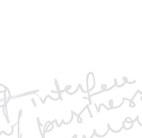

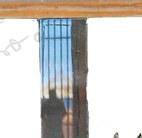
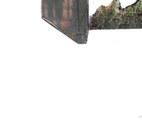
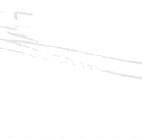

















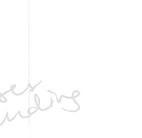
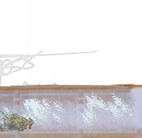
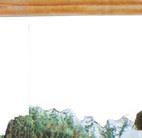
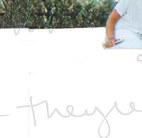
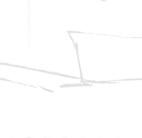

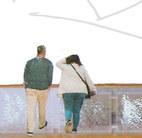
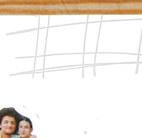


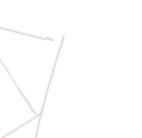
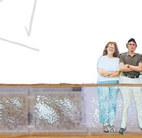
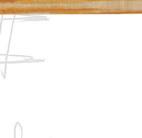
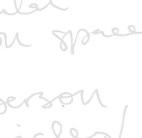




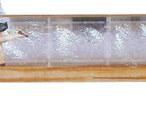








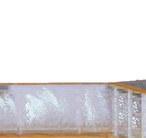



























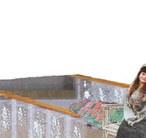
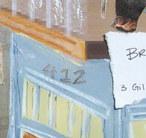
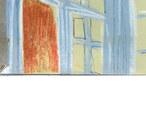





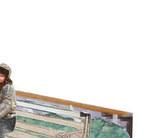
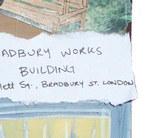
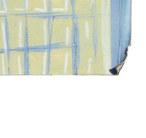
























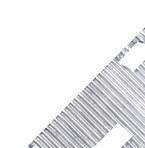
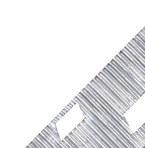
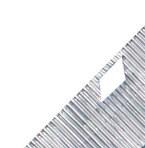


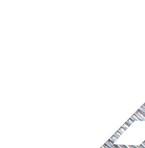
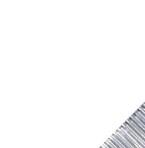

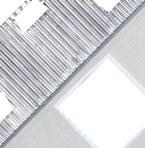
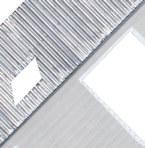


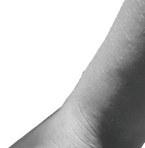

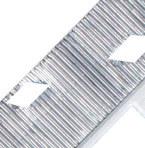

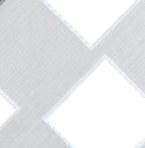
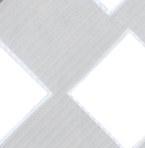





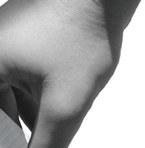

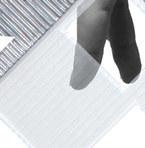


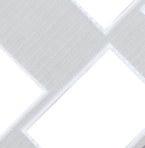
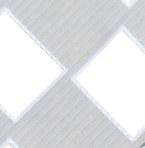
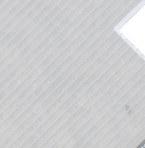
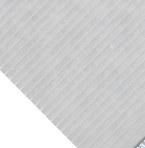


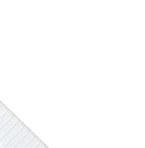

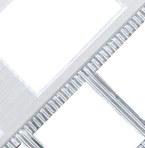

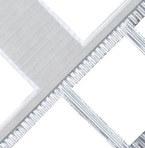
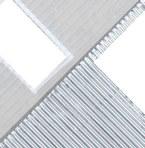
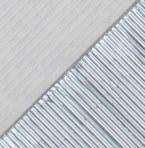


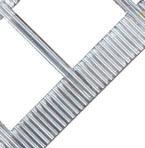


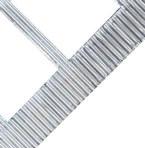
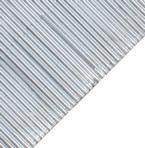
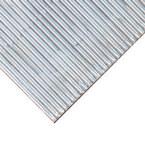

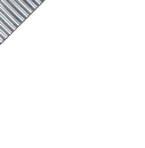
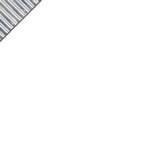
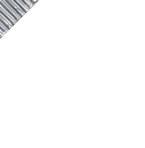
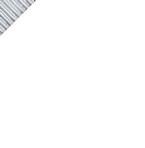













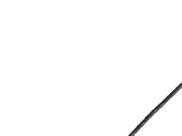



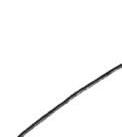



The two notebooks displayed have gone absolutely everywhere with me for the duration of this project and contain every sketch, note, and tidbit used in both the presentation and this magazine.

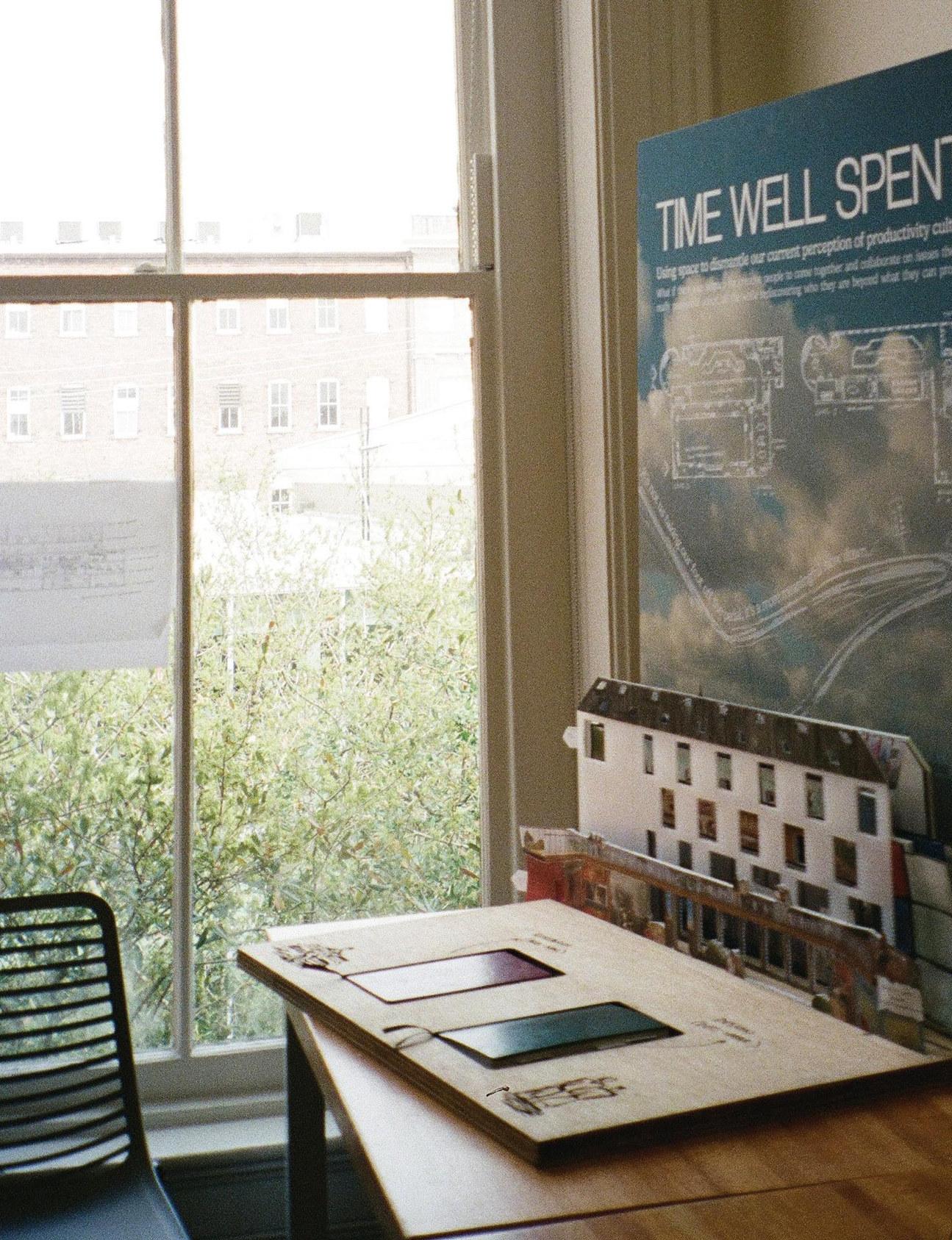

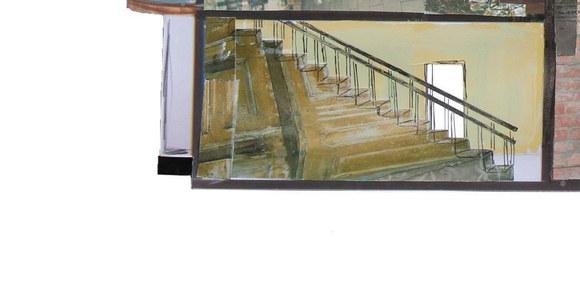


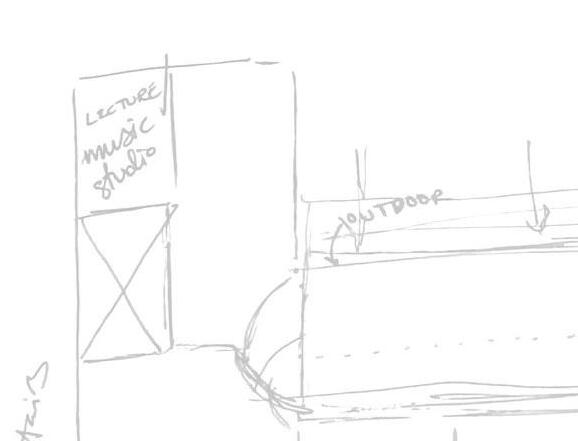
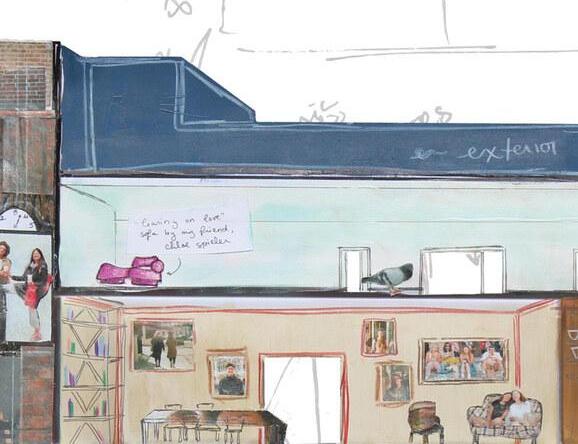
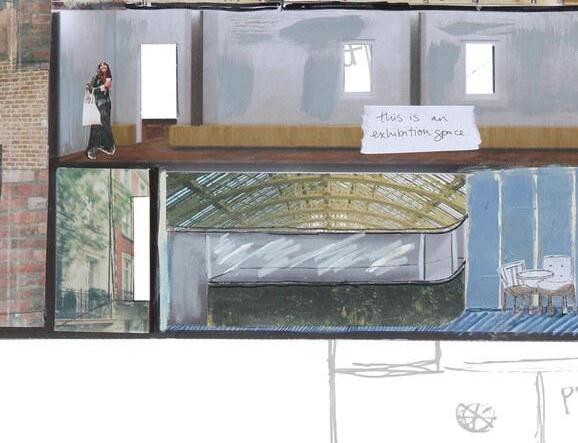



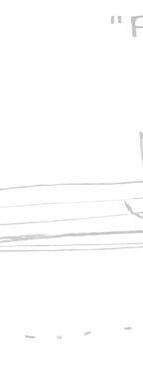
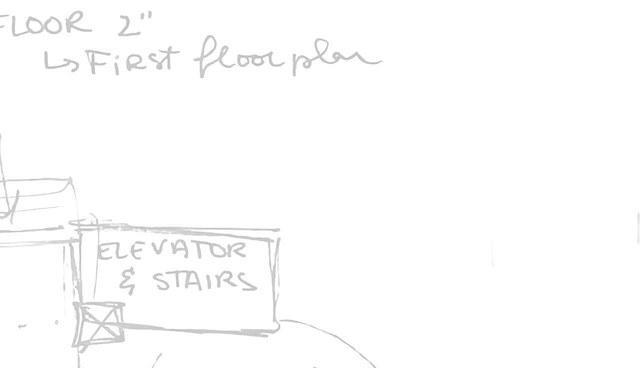
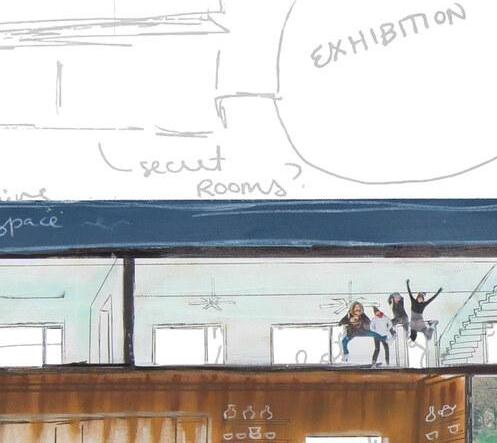
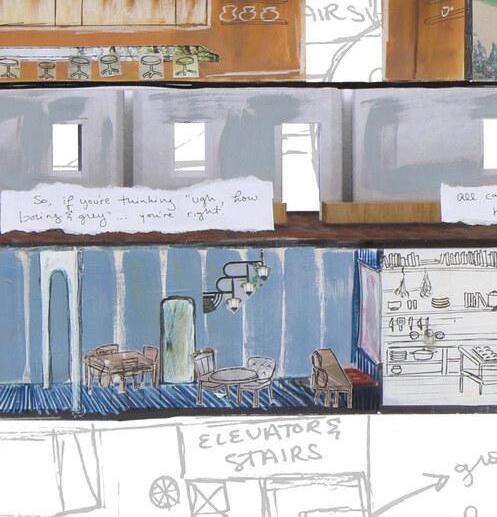
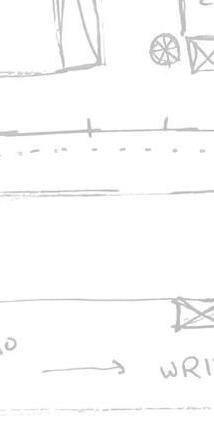


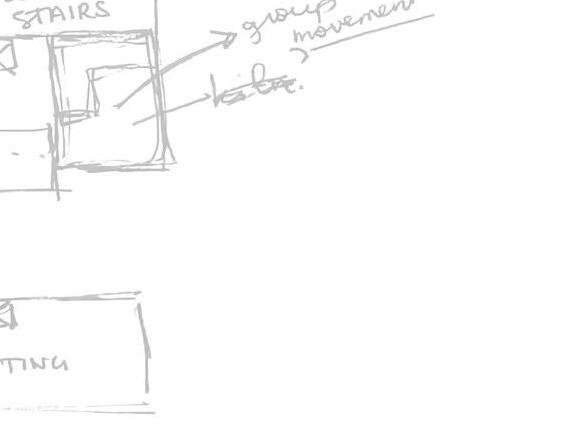
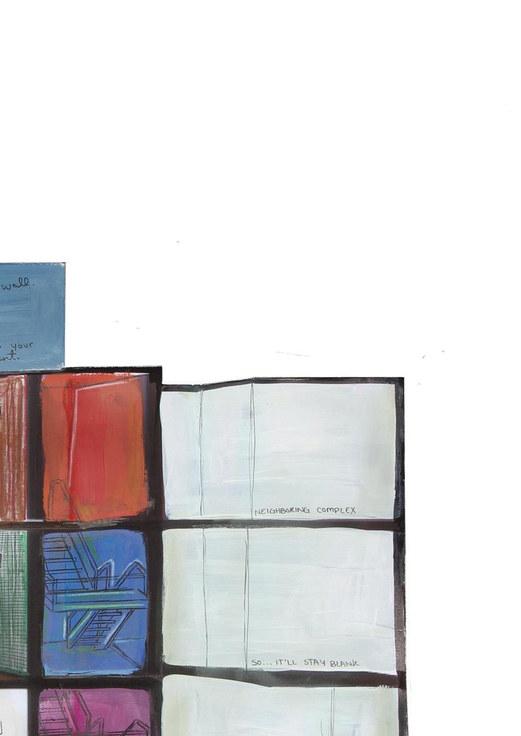

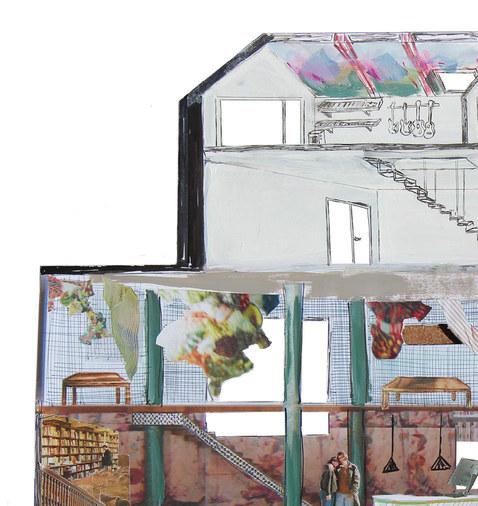
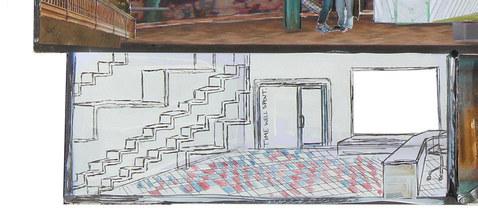
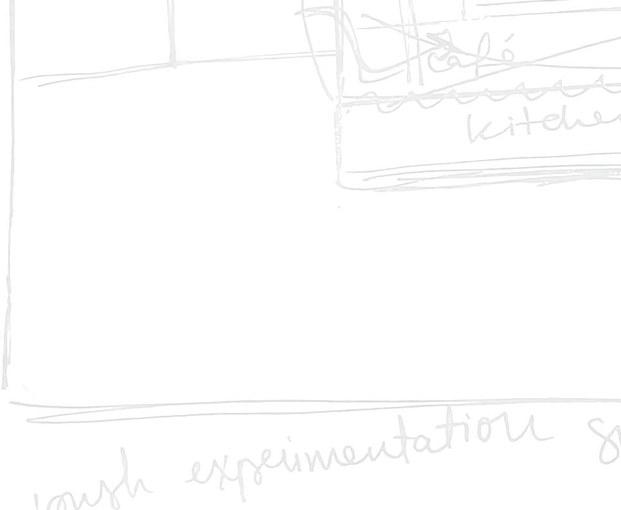

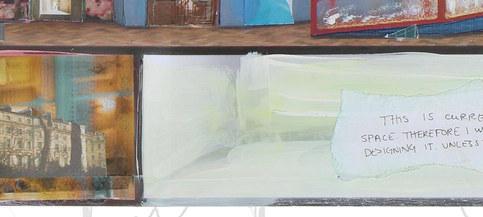

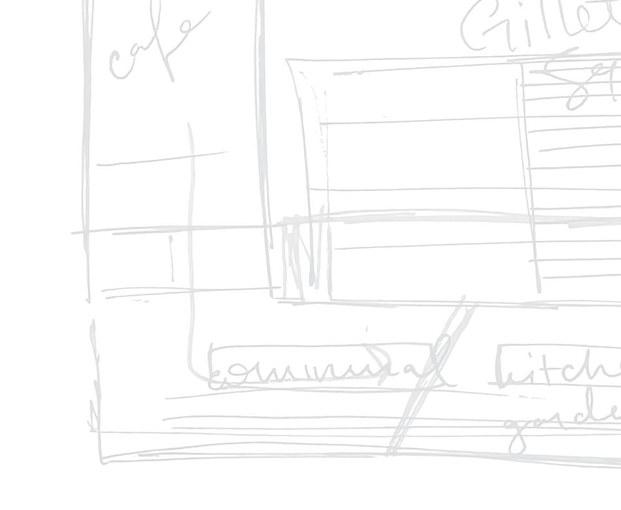
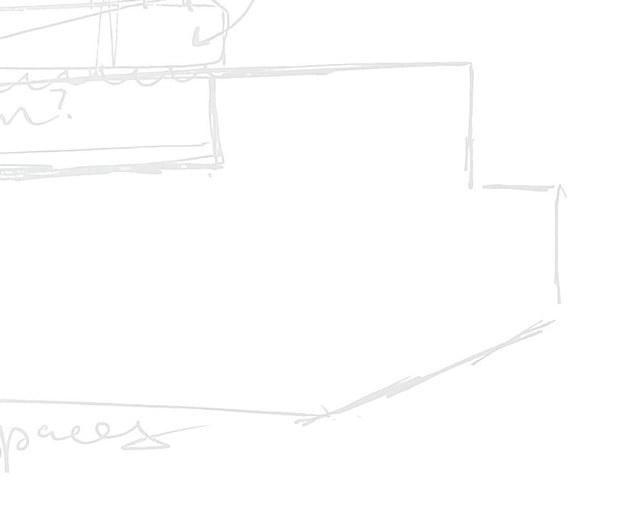
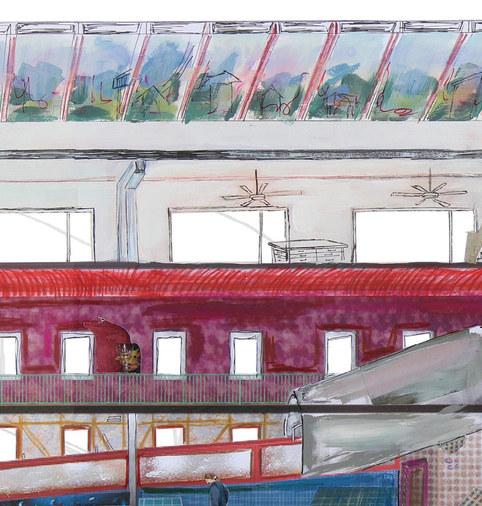
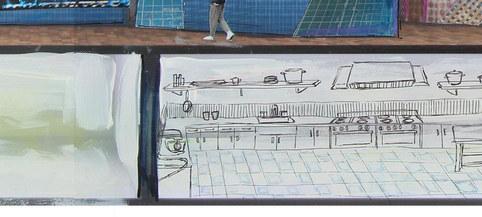

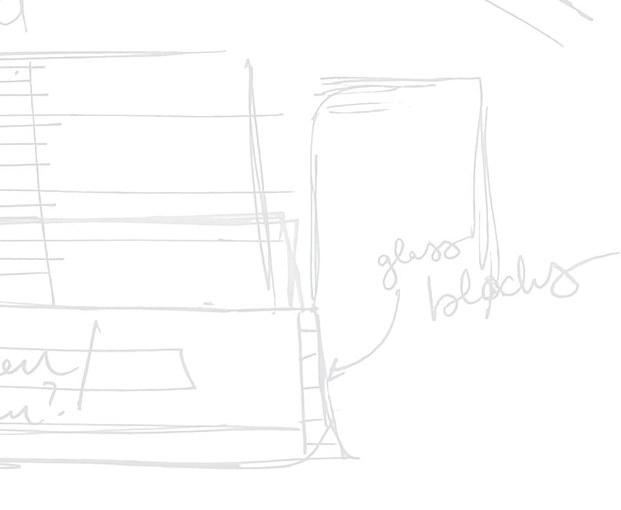

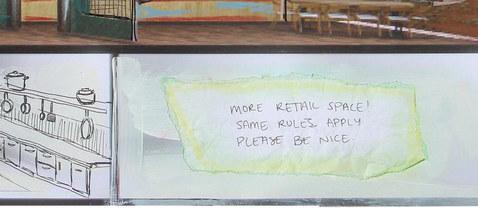
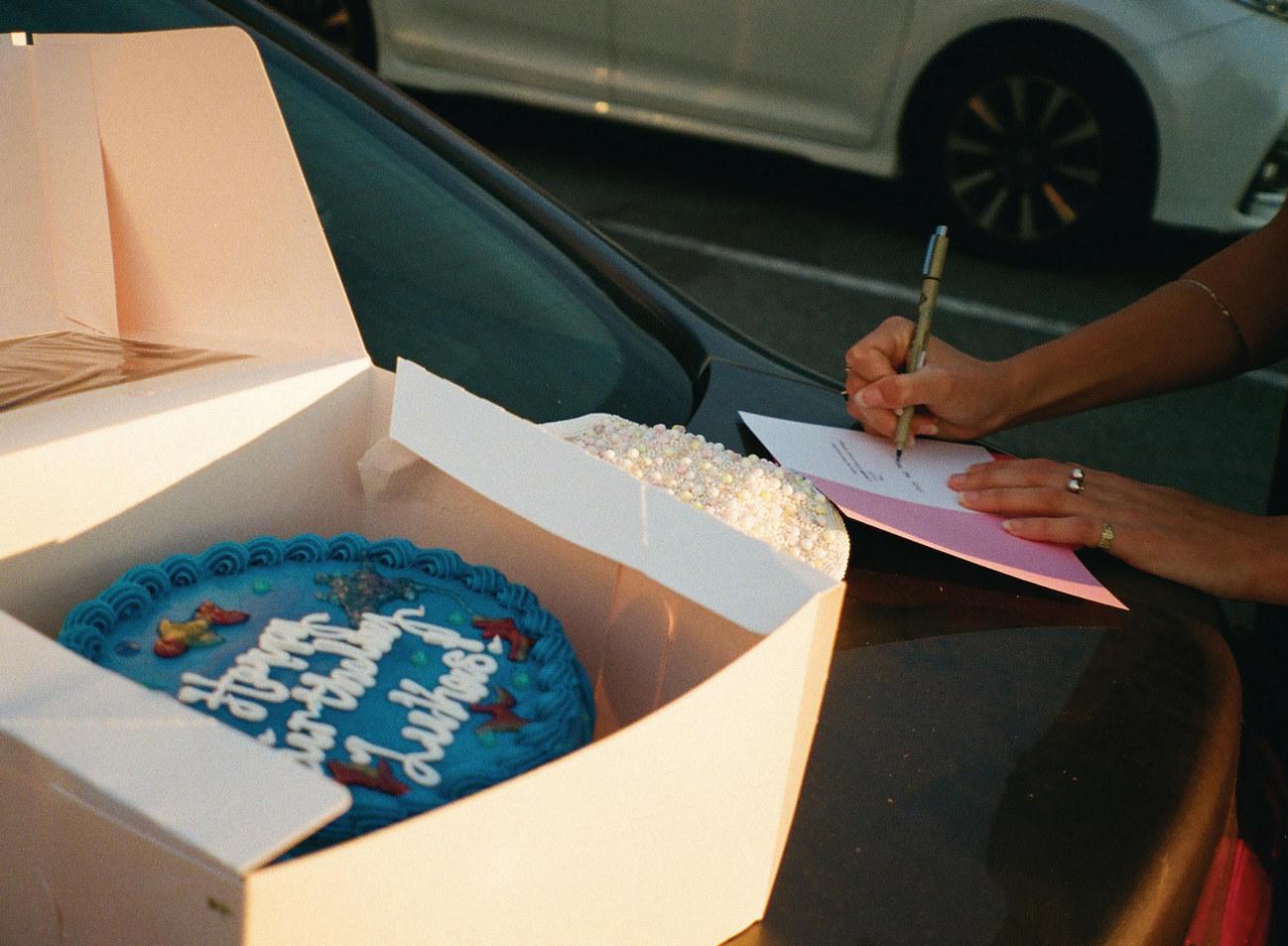
On a trip to London last year, I bought a film camera from the Portobello Road Market. 50 €. I considered it a splurge. That was back in March of 2024, and I would still only consider myself an amateur photographer at best, but I have now accumulated a collection of nearly 800 photos of the best year of my life. If you haven’t already guessed, these photos are what make up the entirety of this magazine as well as the collaged sections you just saw on the previous pages. This was all very intentional. I swear.

Interior design as a major is hard, I will admit, and there are so many minds that make it what it is, but we can very easily fall into this formulaic approach of research, then a five-sentence concept statement, then a floor plan, then a 3D model, and then hyper-realistic renderings. This way of working is effective and impressive and for so many people, makes the most sense for getting their ideas across. It didn’t make sense for me, though, not when I was trying to convince people to change the way they thought about their work and their time. At this point, it wasn’t even about the space anymore, it was about desperately trying to convince people that this idea matters, because I really believe it does. Abandoning the approach I’ve been taught since my very first interiors class was horrifying, because letting go of that meant that I had to put full trust in the work that I had already done. I had to risk people not taking my project as seriously, had to accept that it would be called “cute,” and that it can still be meaningful at the same time. Nothing done was done lightly…but my god did I have fun doing it.
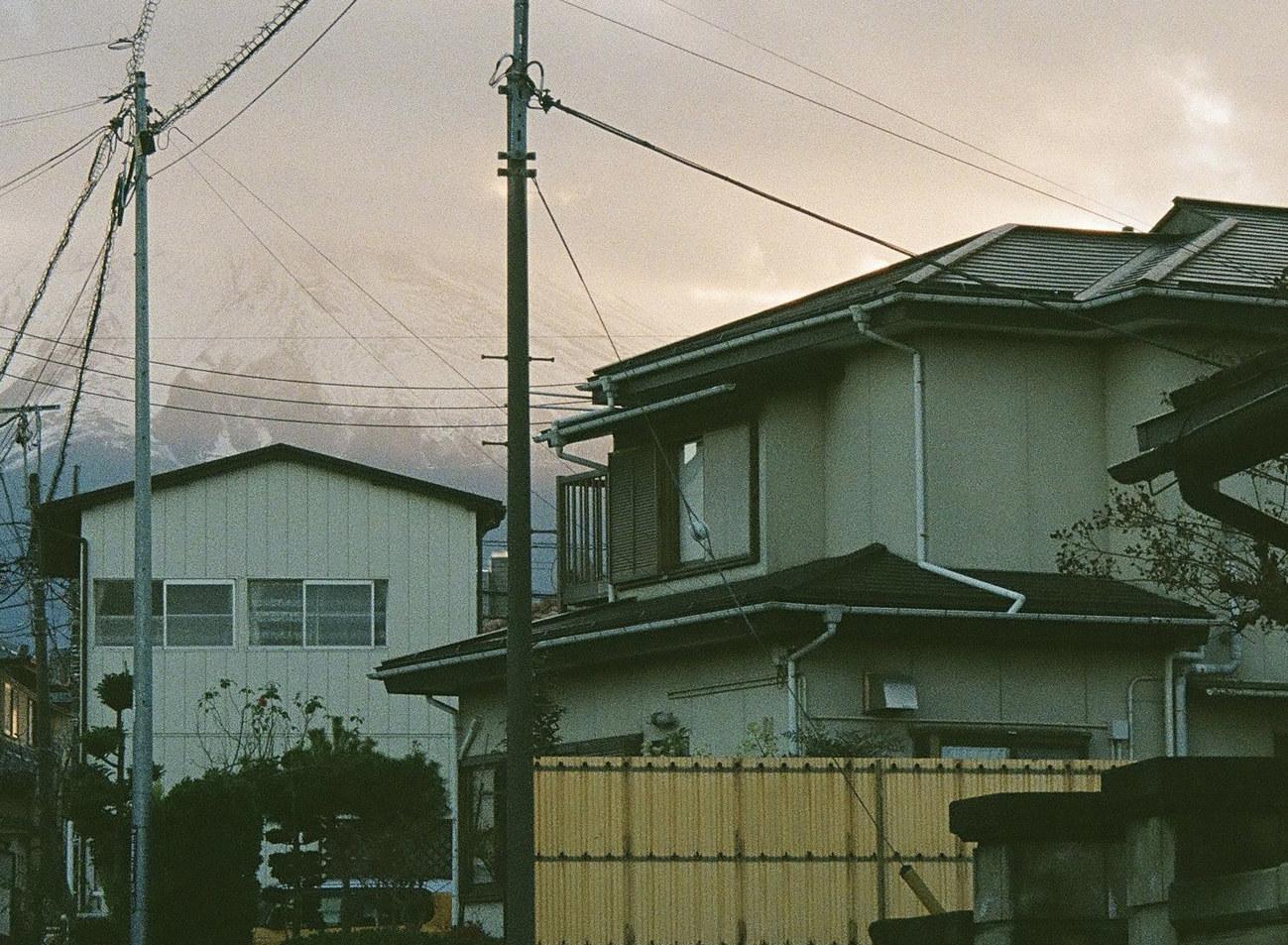
Spending finals week in Clark Hall cutting and pasting photos of my friends into a massive collage felt a little silly at times, especially when they would be sitting at the desk across from me. At the end though, it was cathartic, because of course they were there, they were the reason for all of it. I’ll admit, I did go against my own beliefs a bit, and I did spend crazy hours of the night on the brink of exhaustion working on a project that goes against toxic productivity and burnout, but how could I not? It may have been the last time all my friends will ever be in one building again.
To that nice man in Notting Hill who sold me my camera, I owe you a whole lot. To the people who make up these photos, I owe you absolutely everything.
So I guess this isn’t even about productivity anymore. This has only ever been about time, & how we spend it.
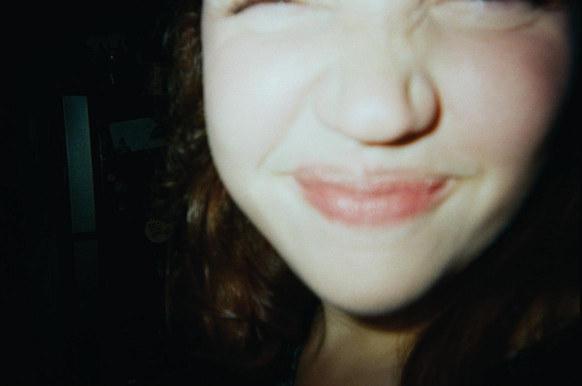
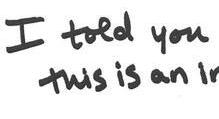

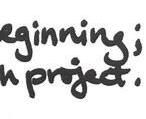


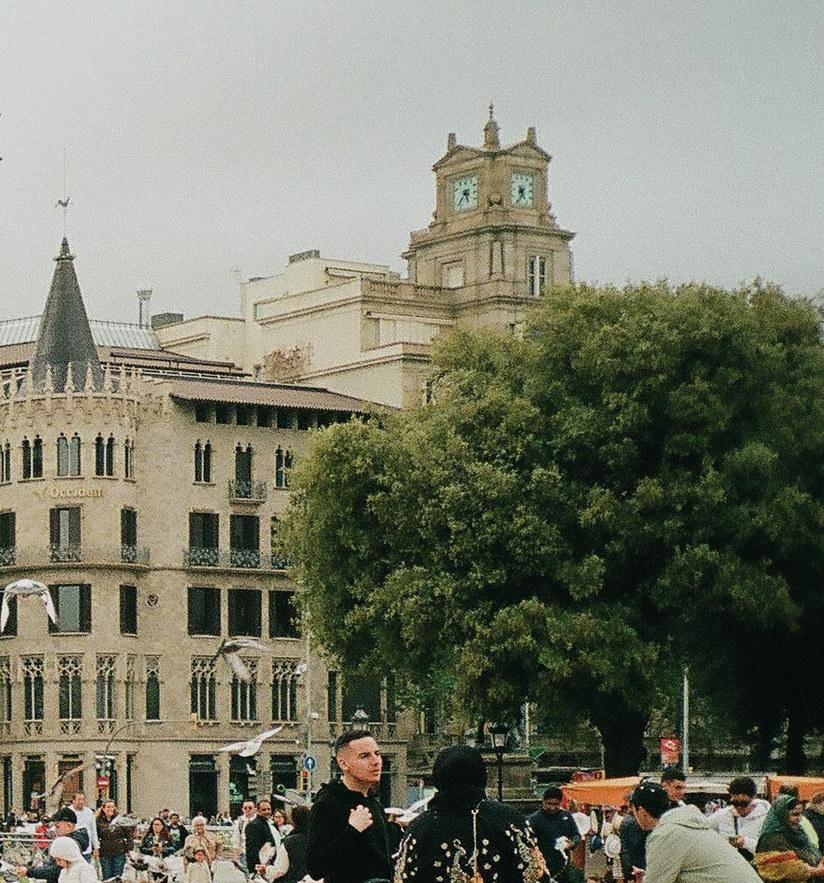
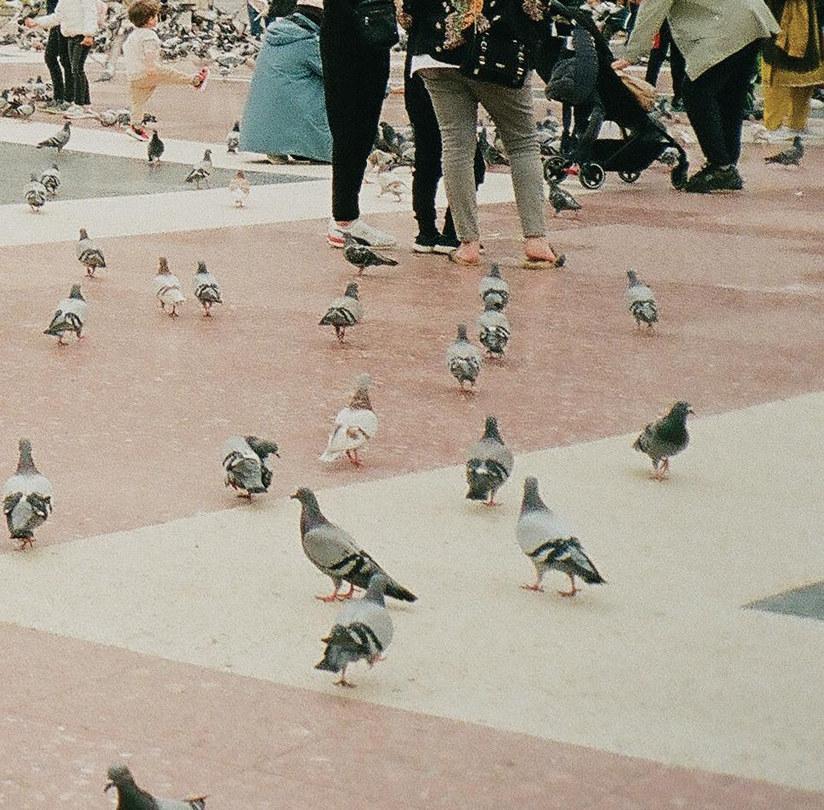
A CAPSTONE BY
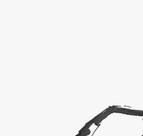





ABBY CHADWICK
AUG. 2024 - MAY 2025

